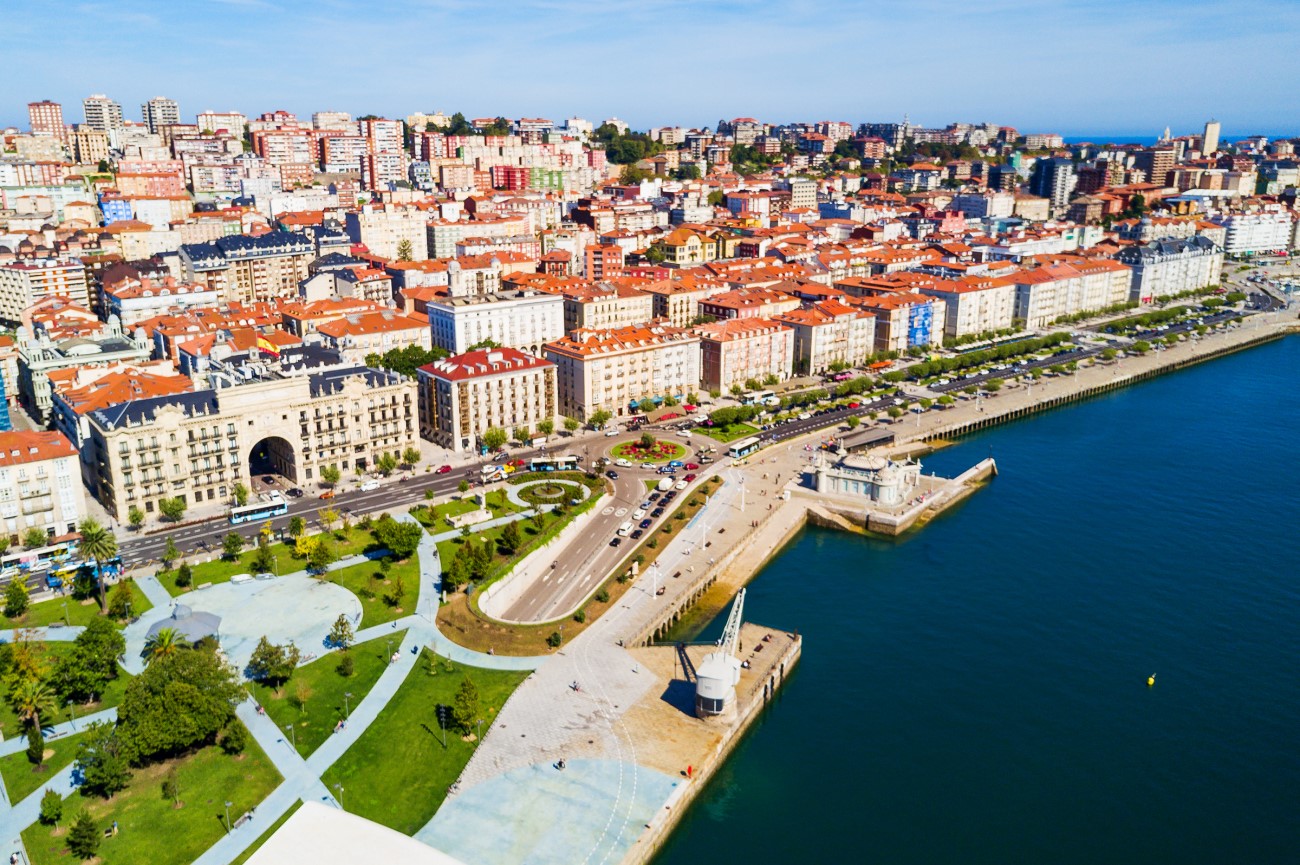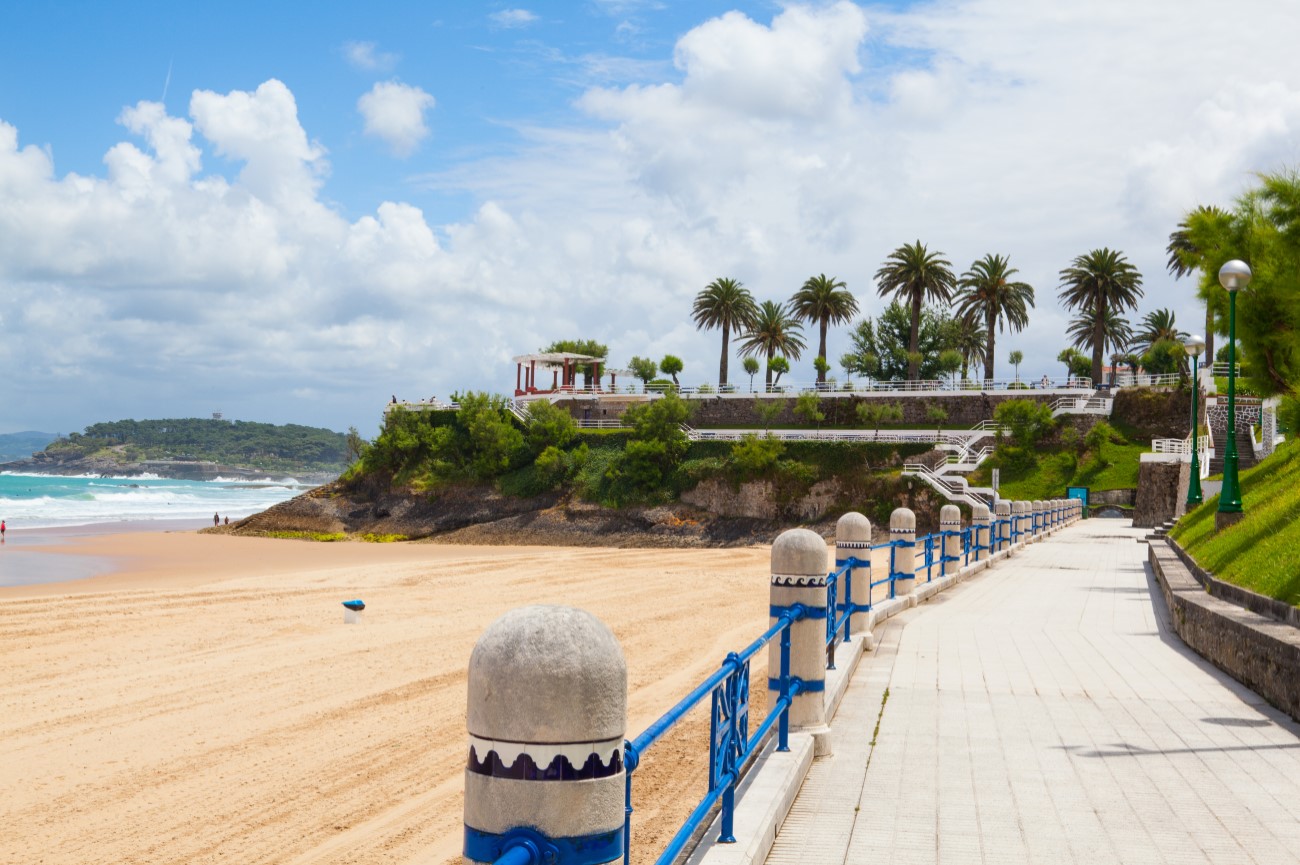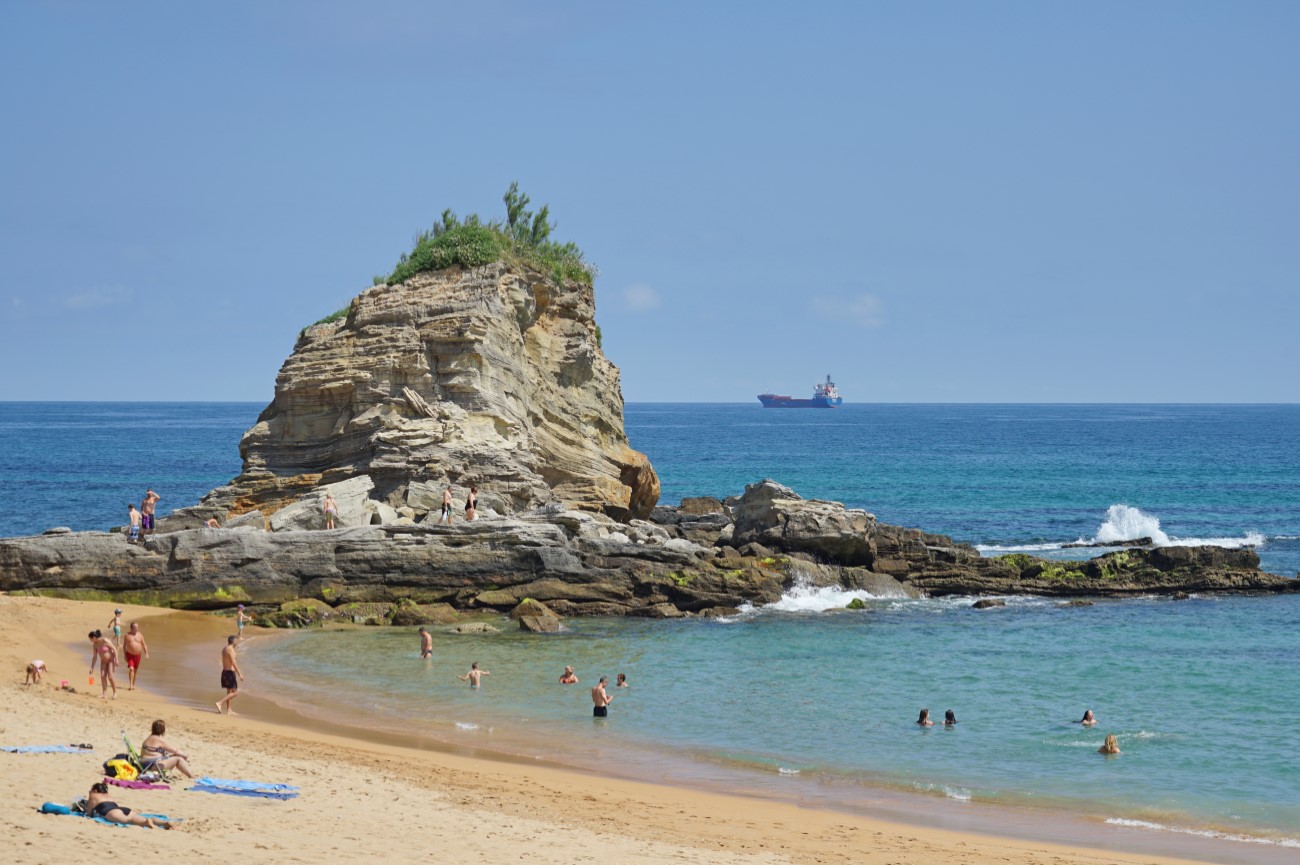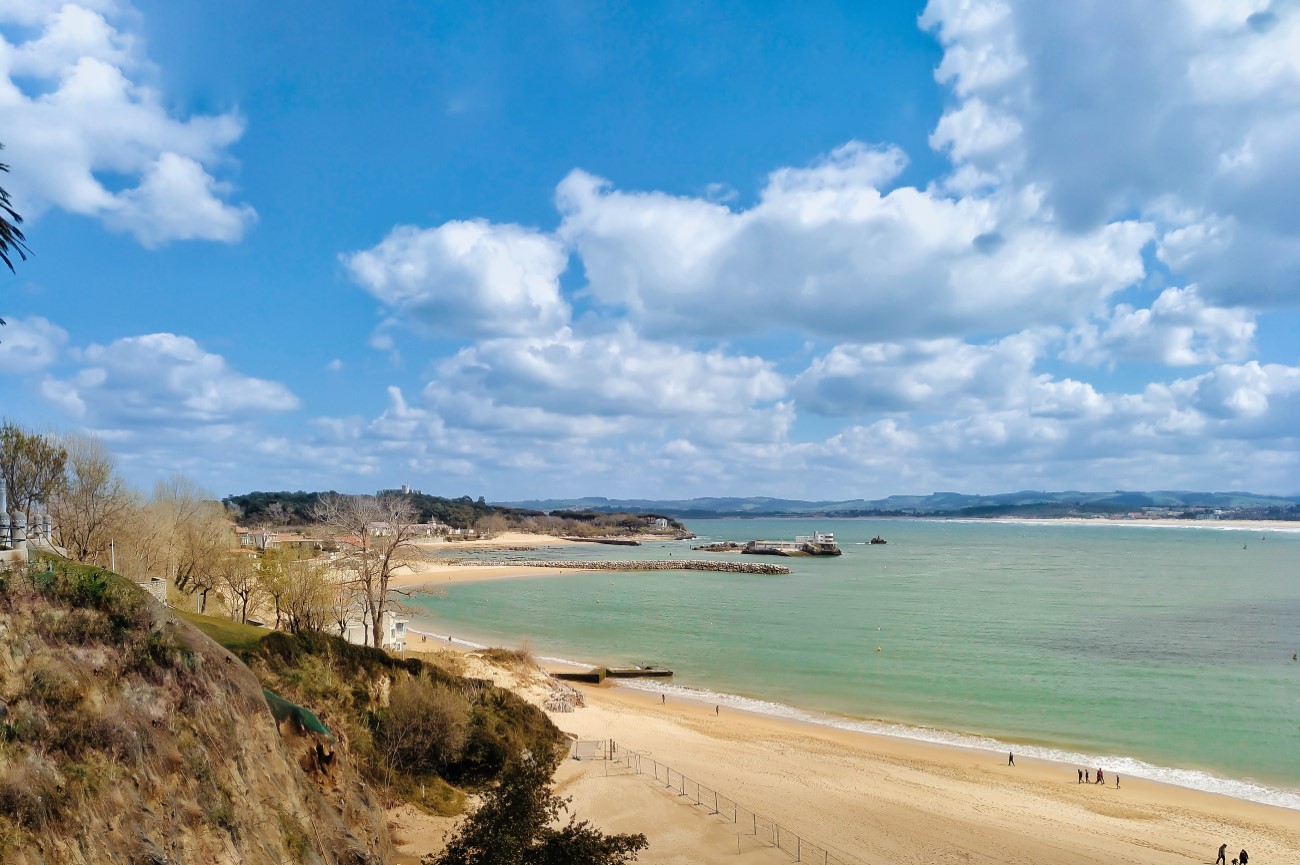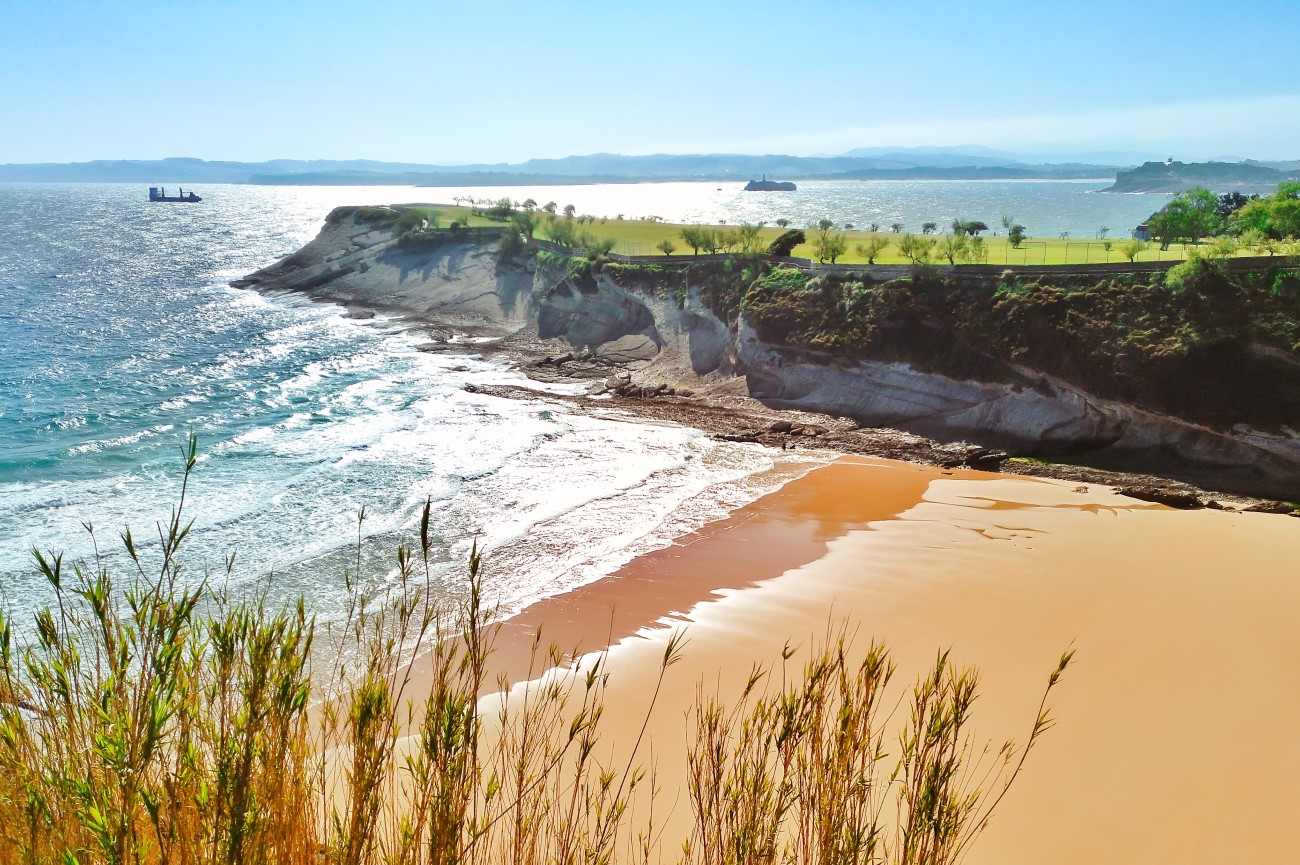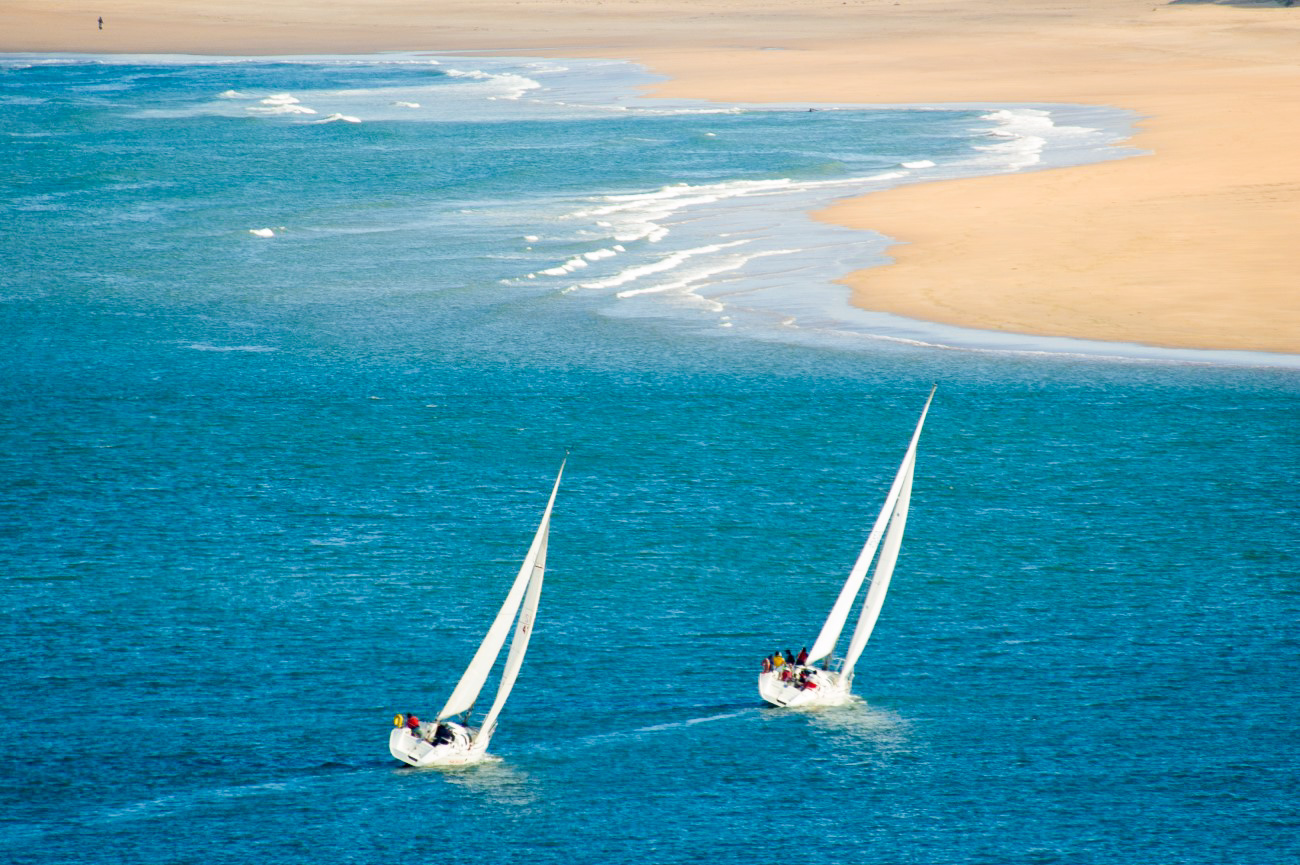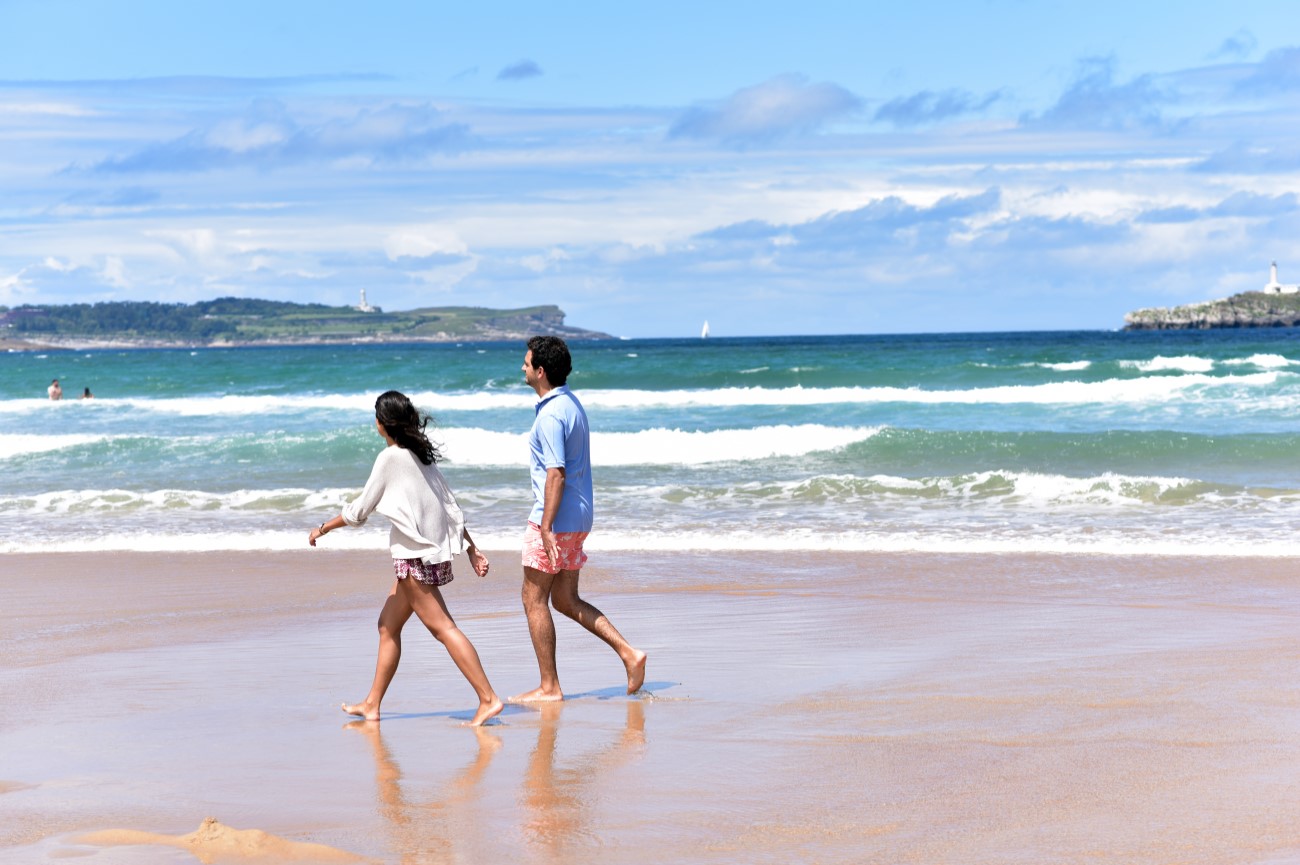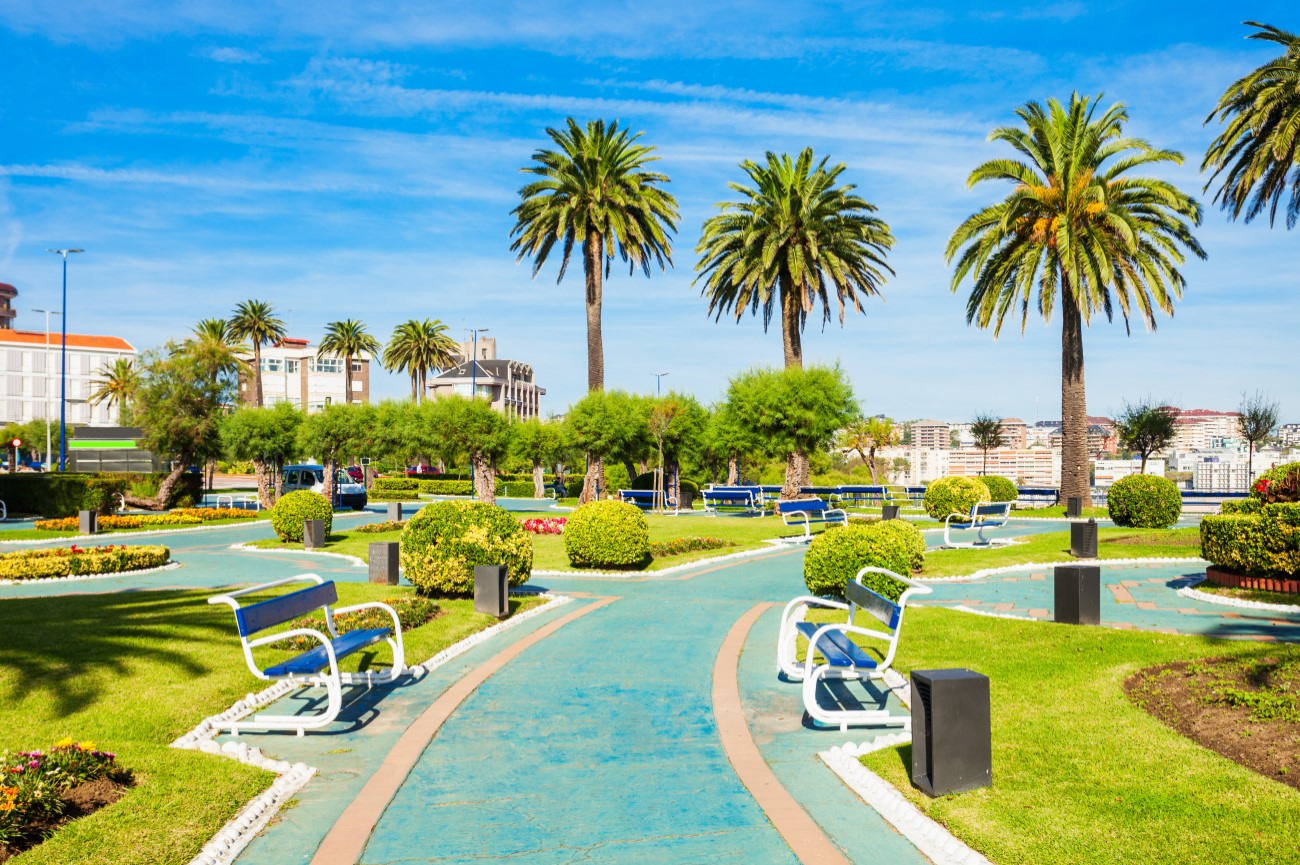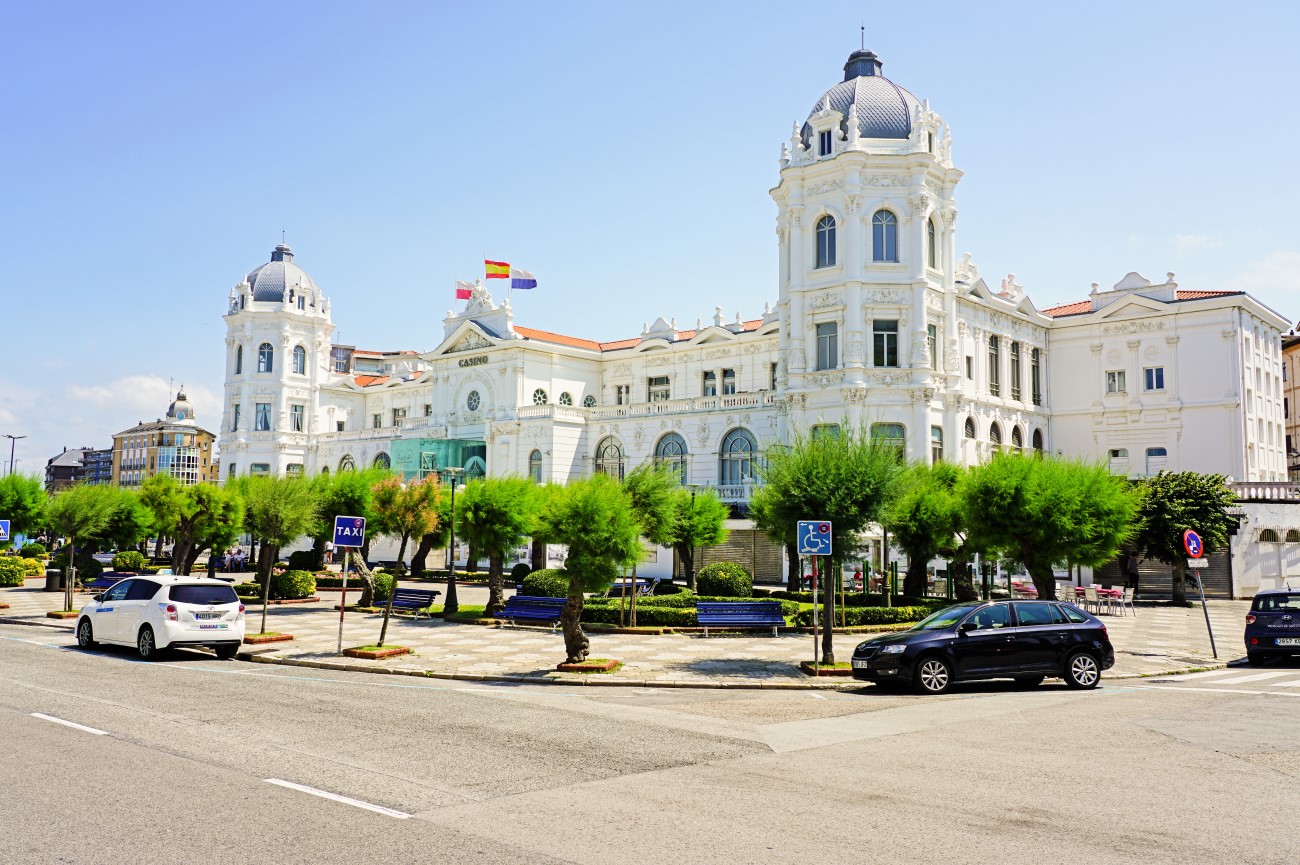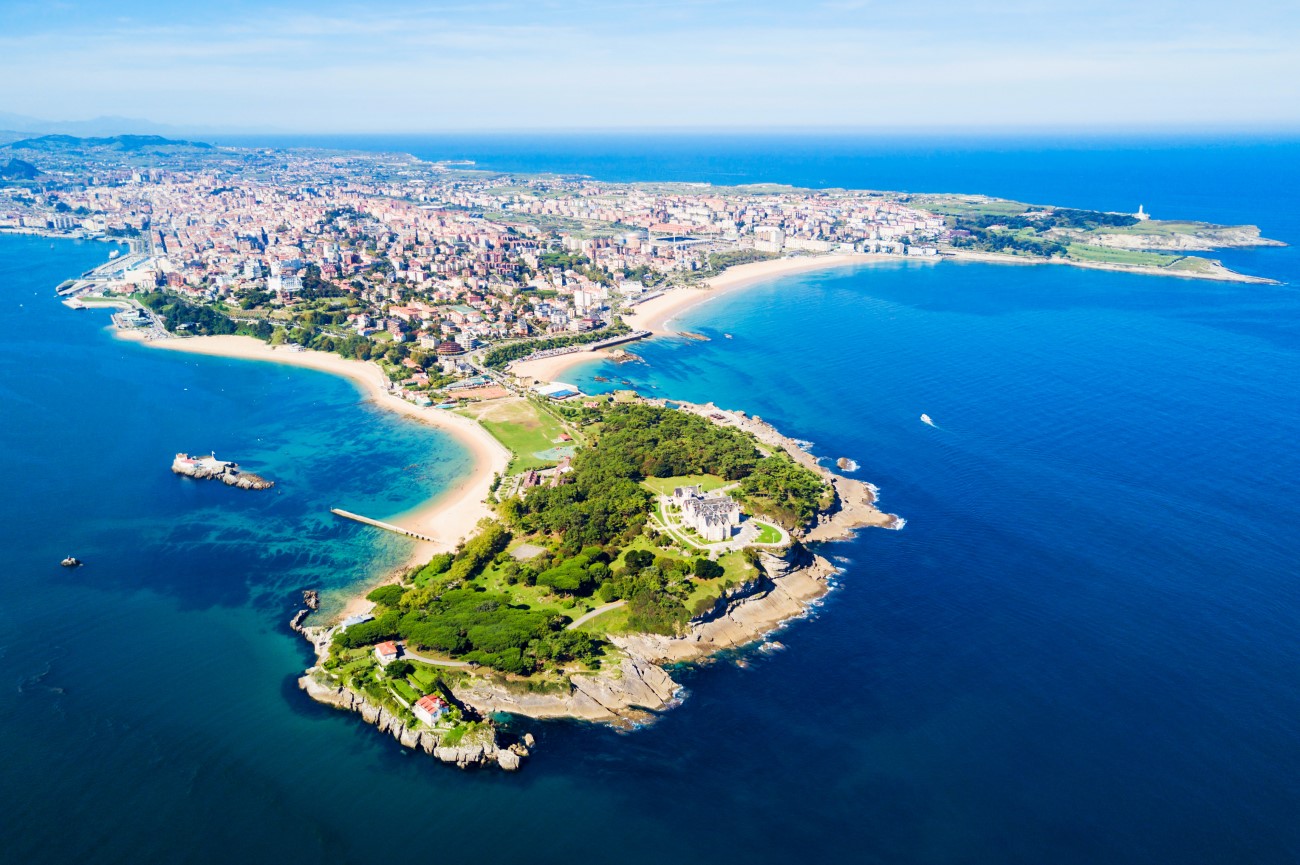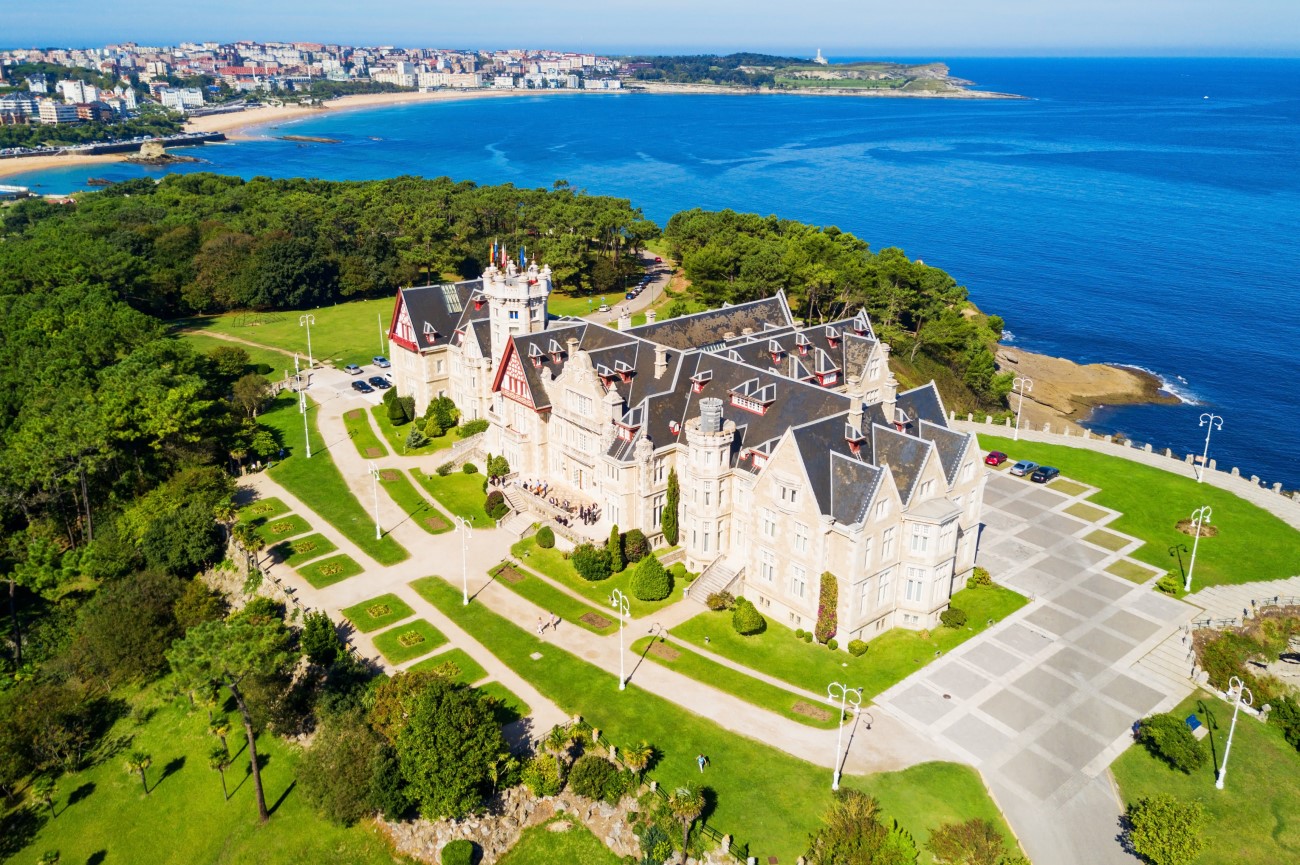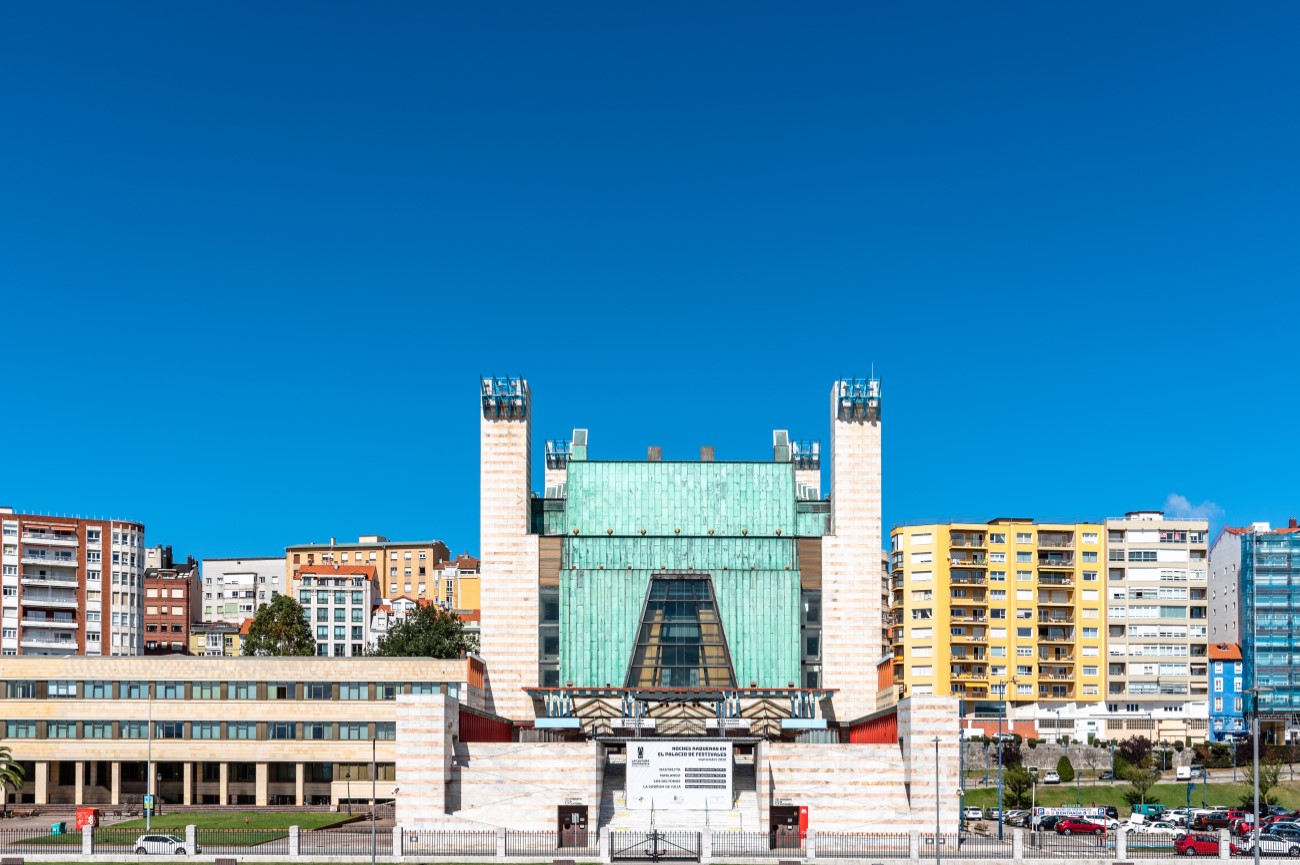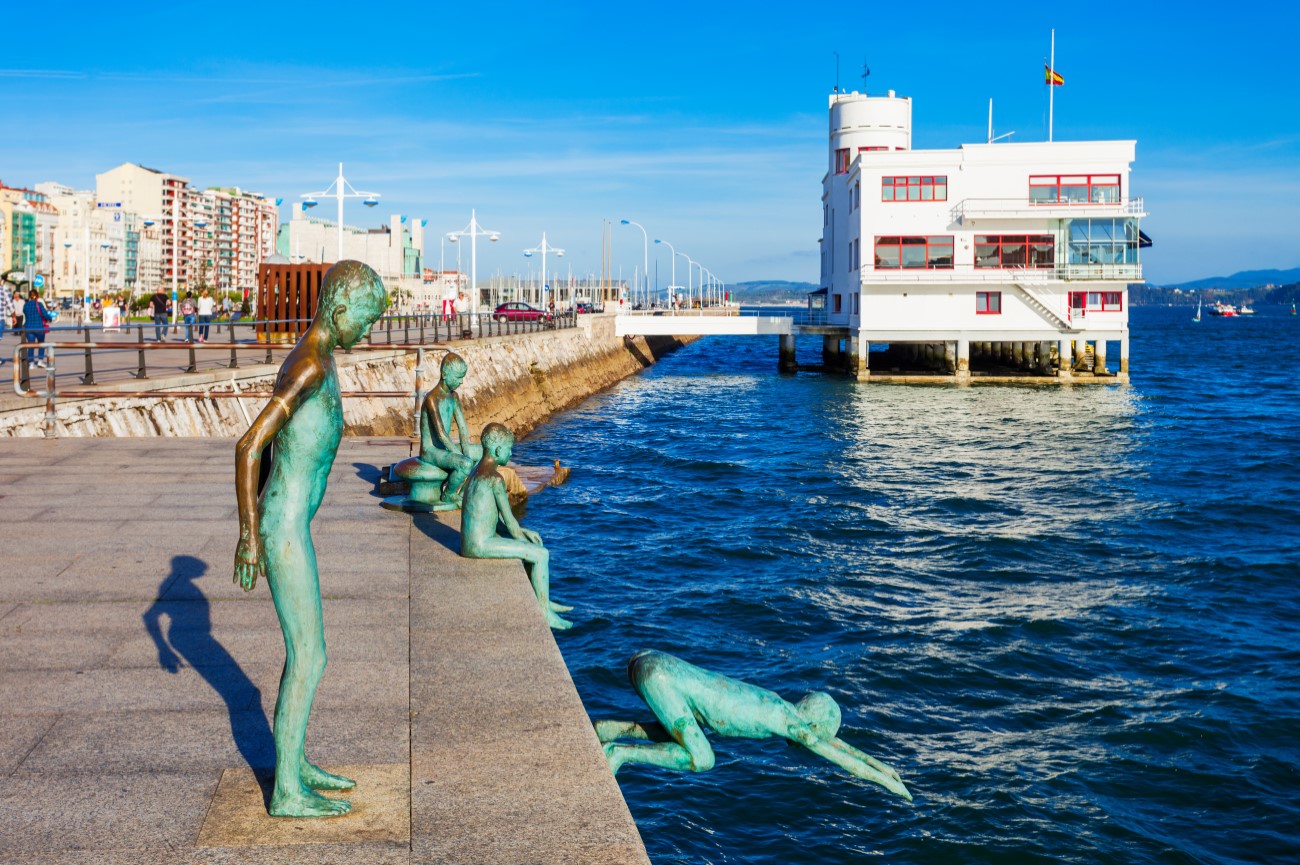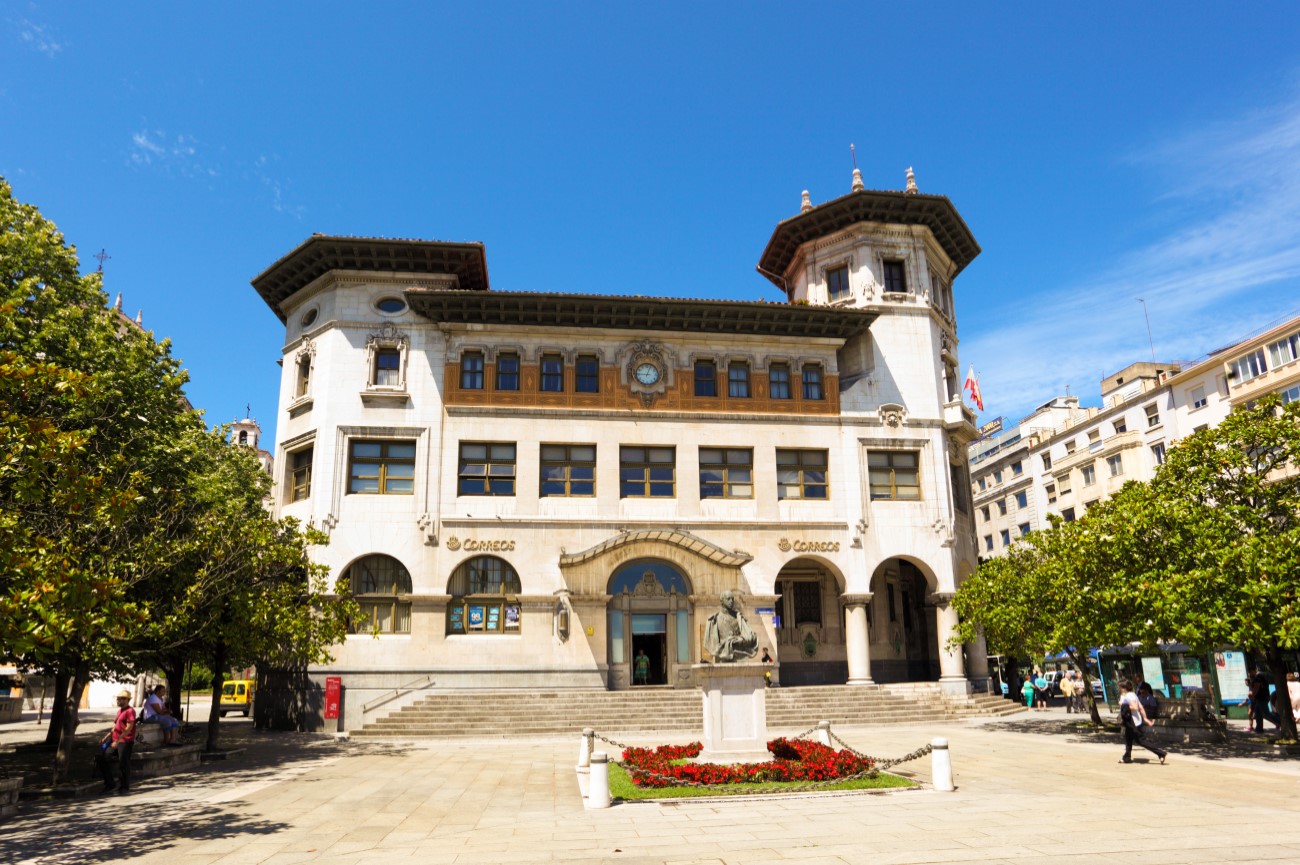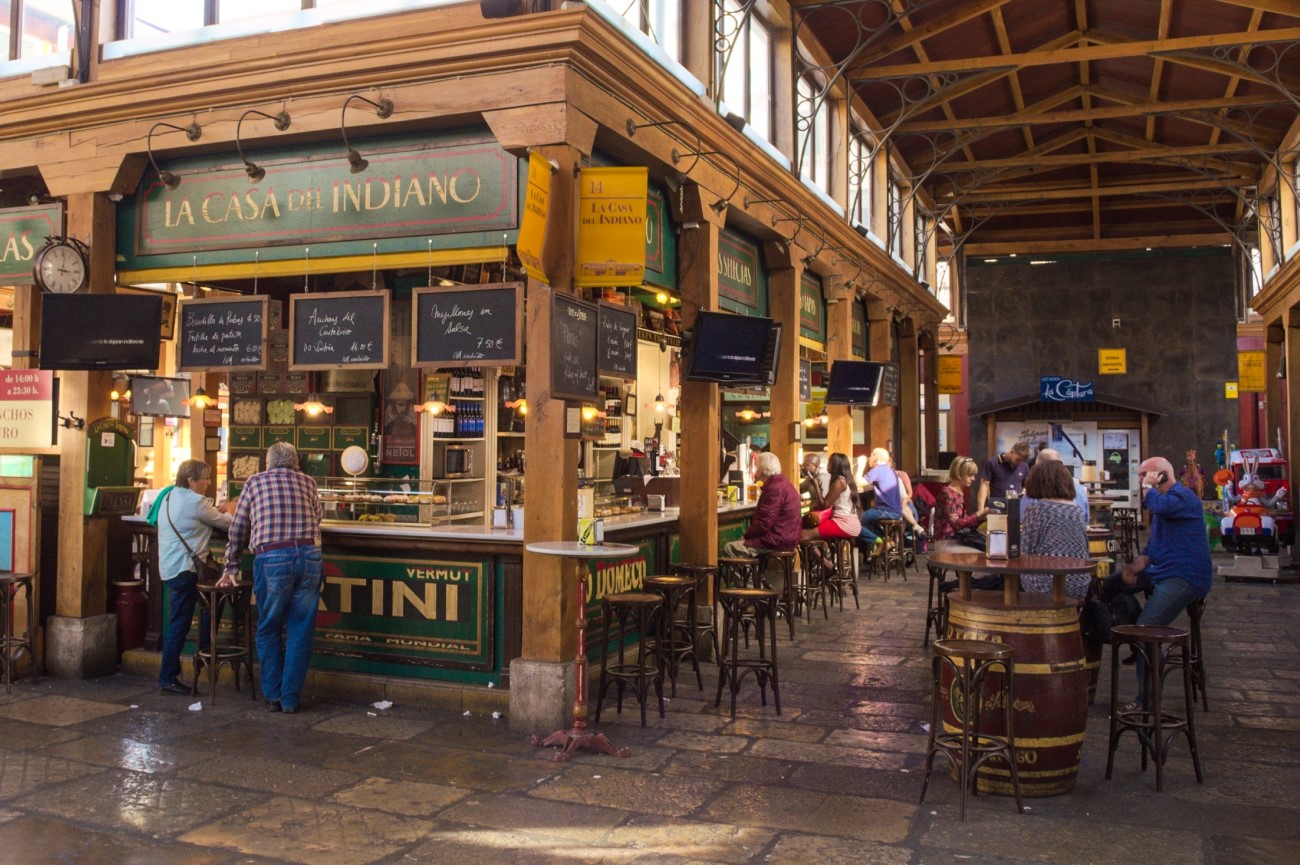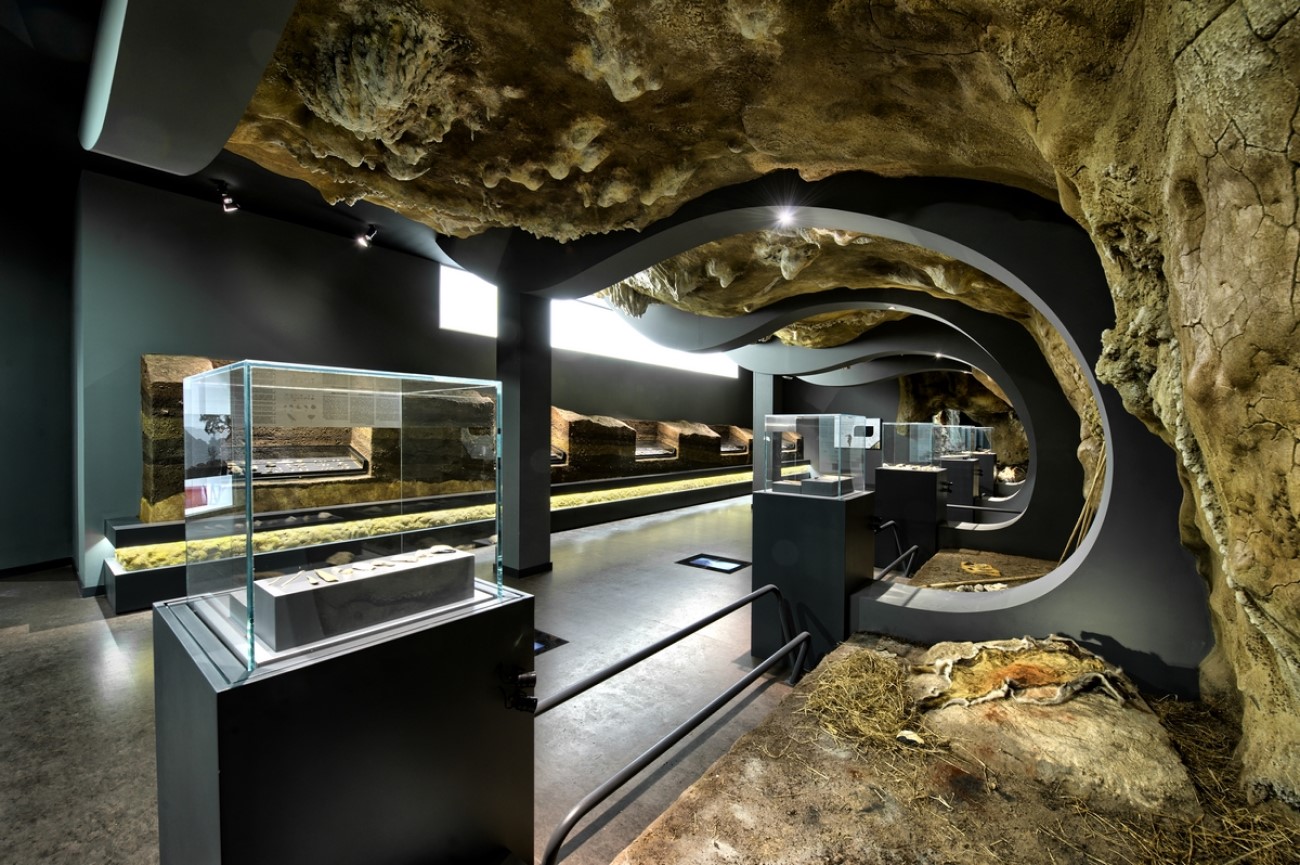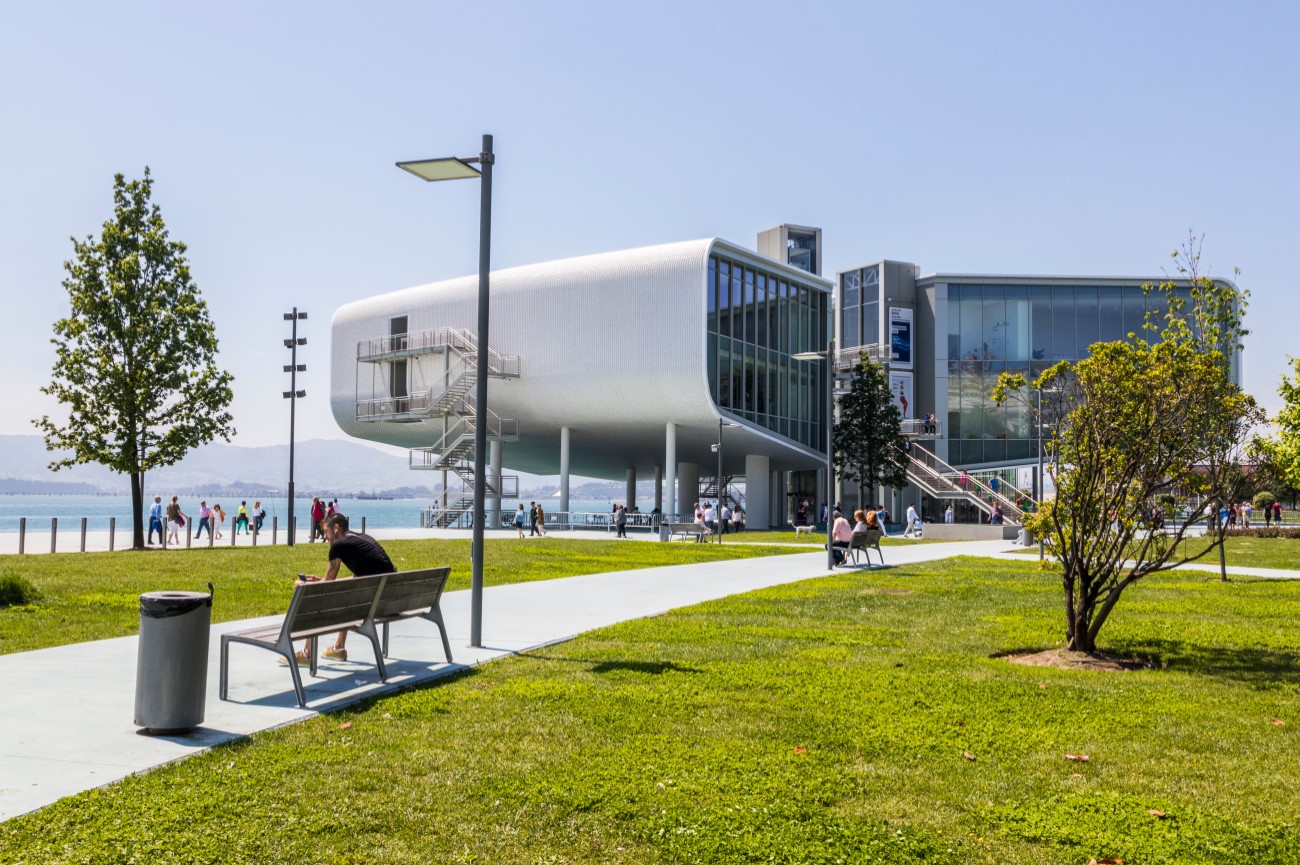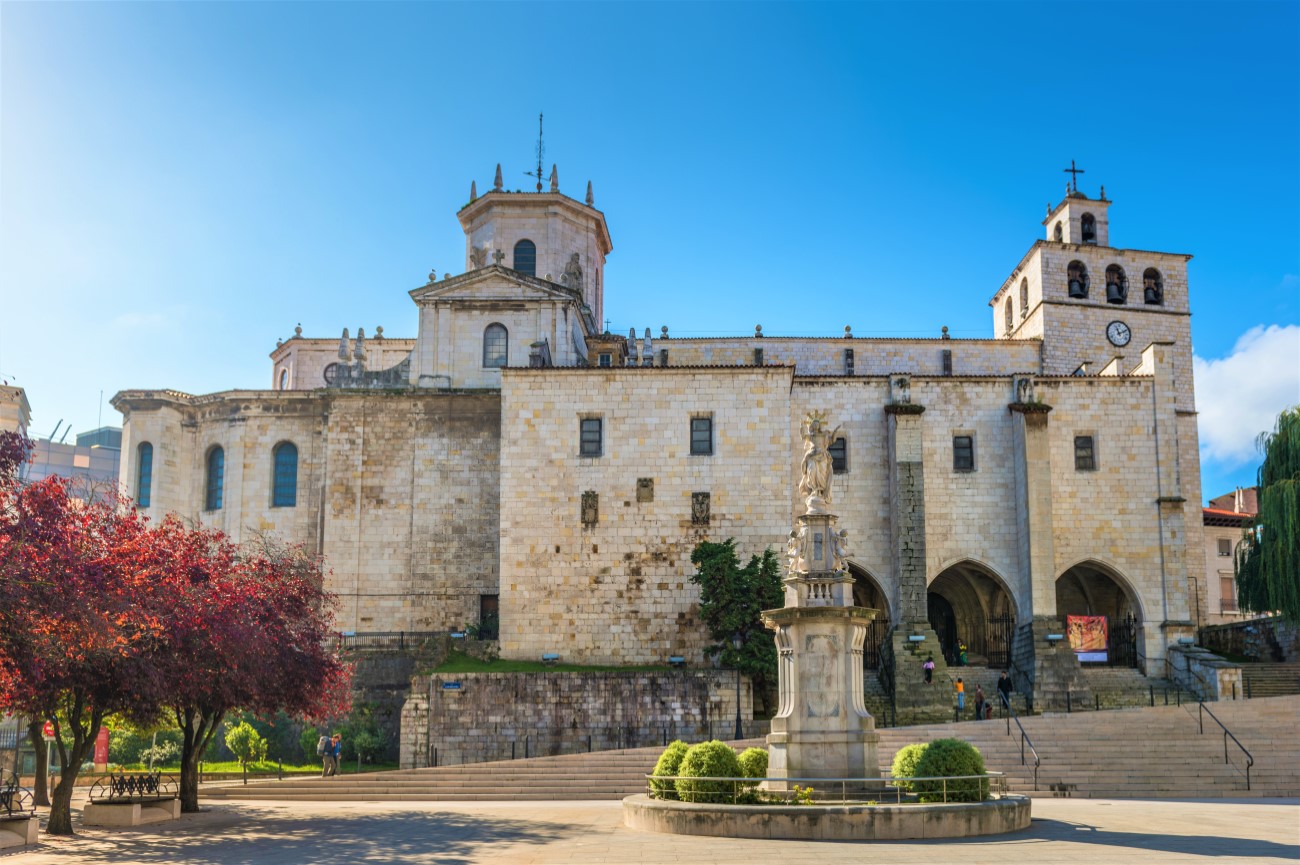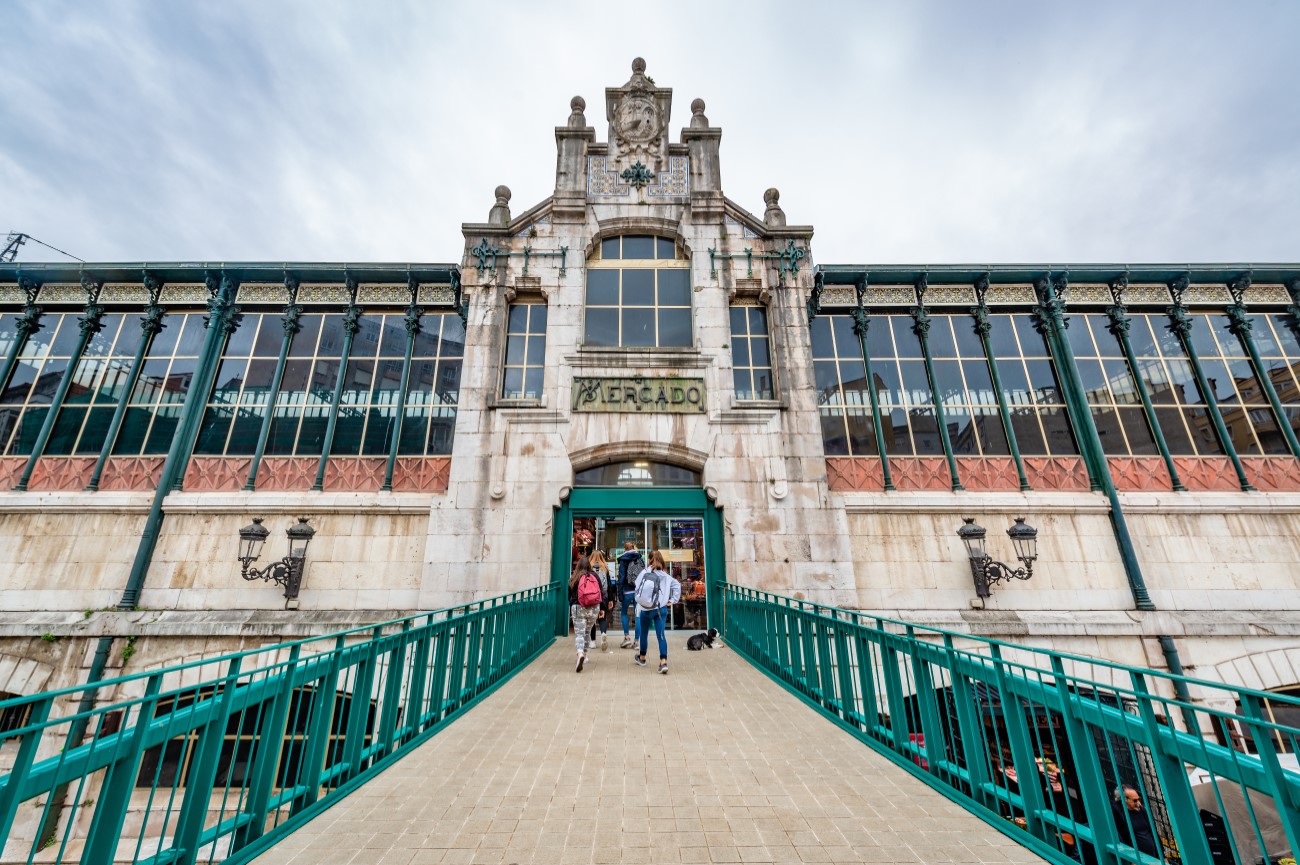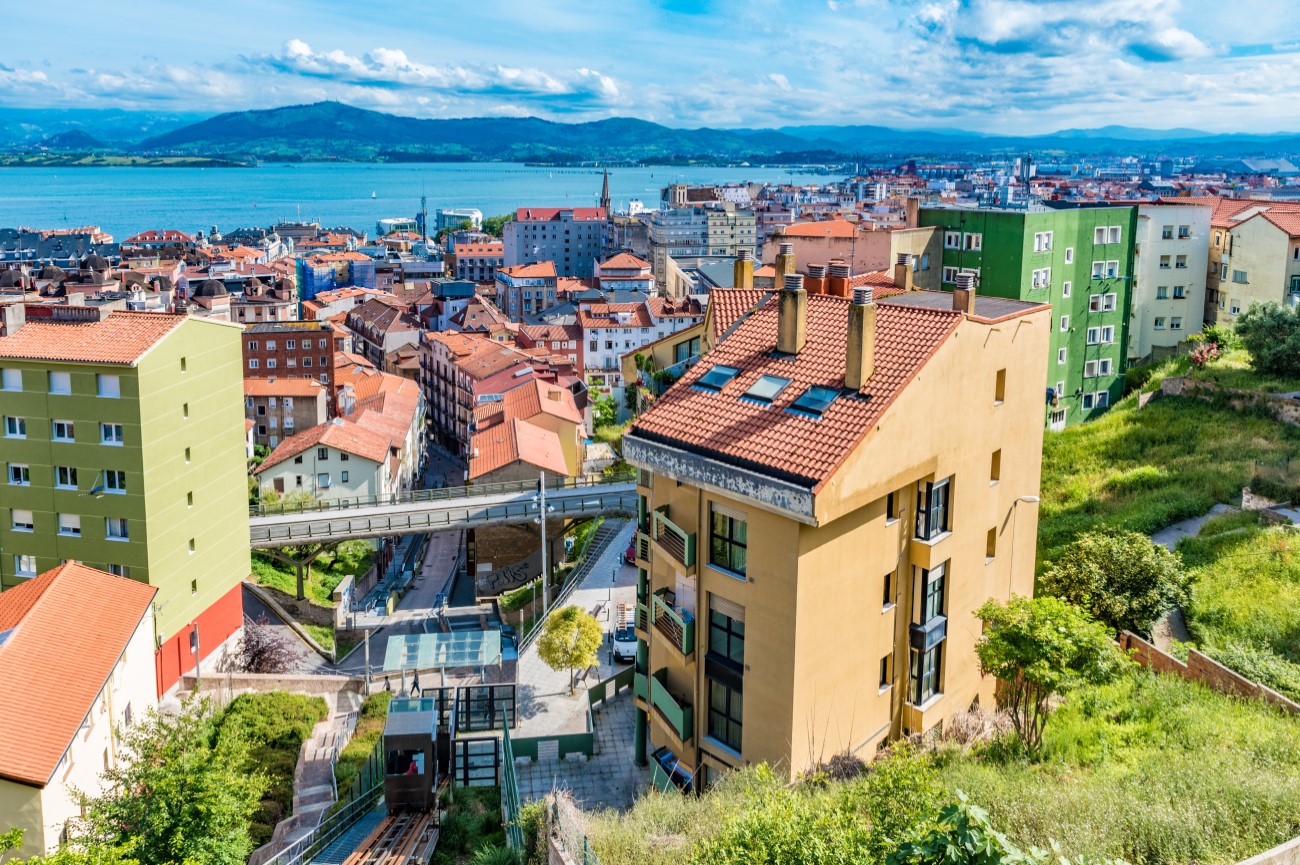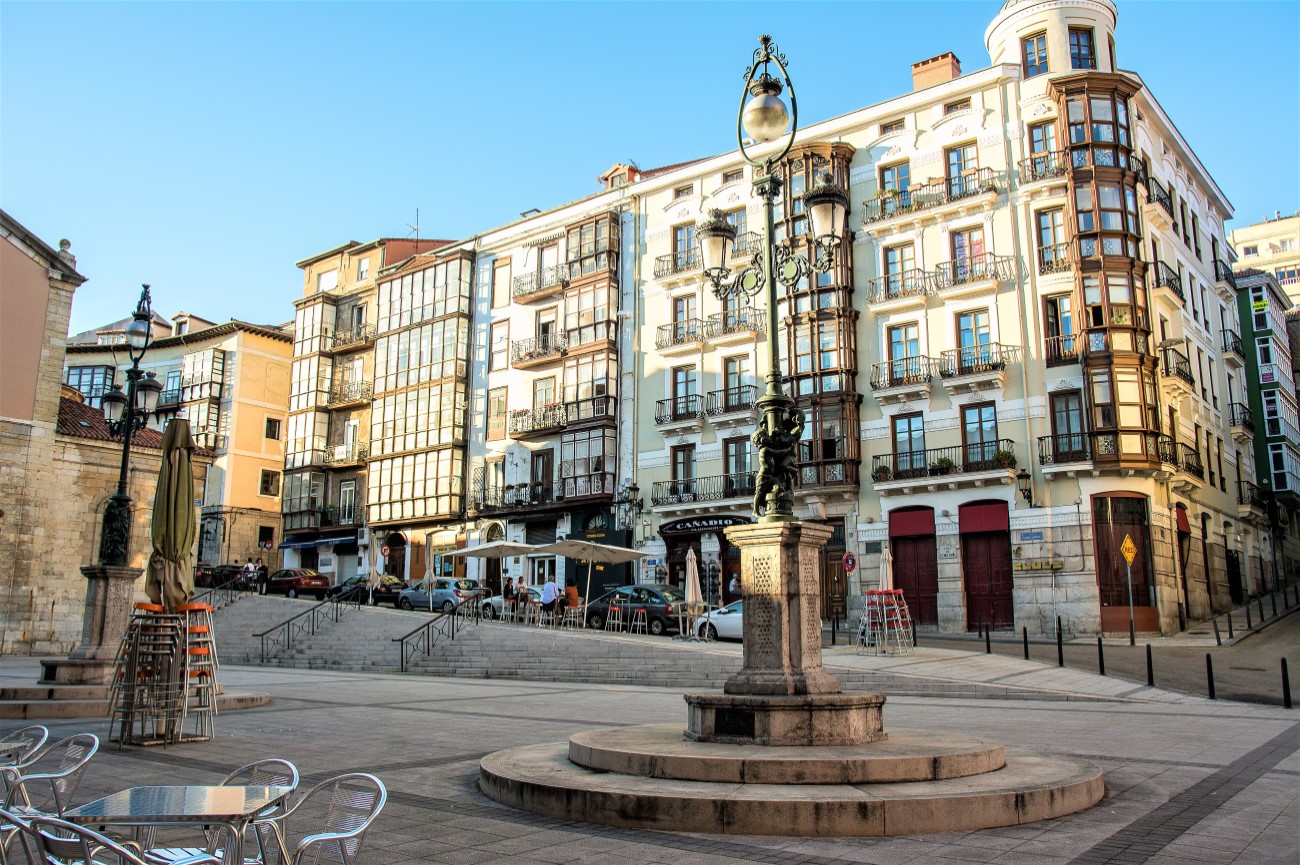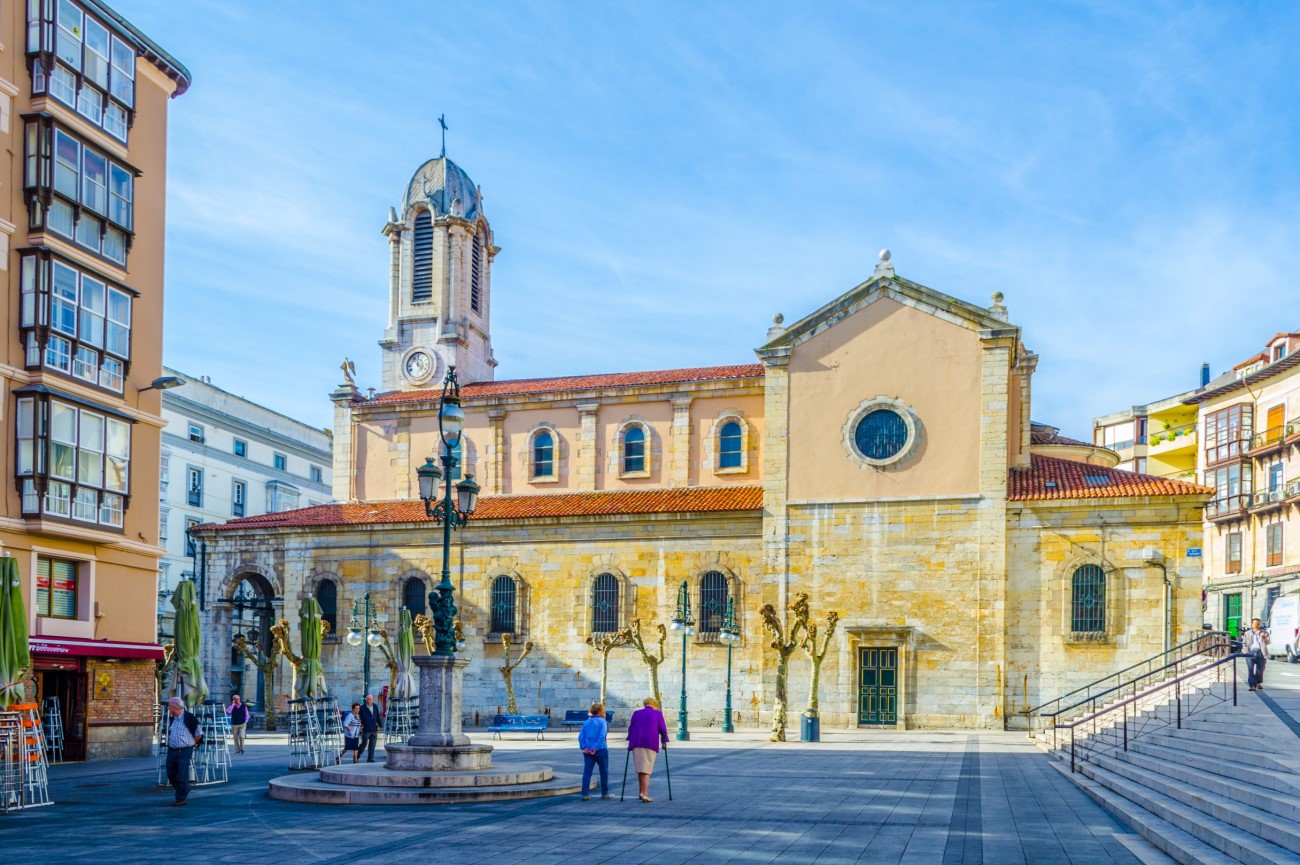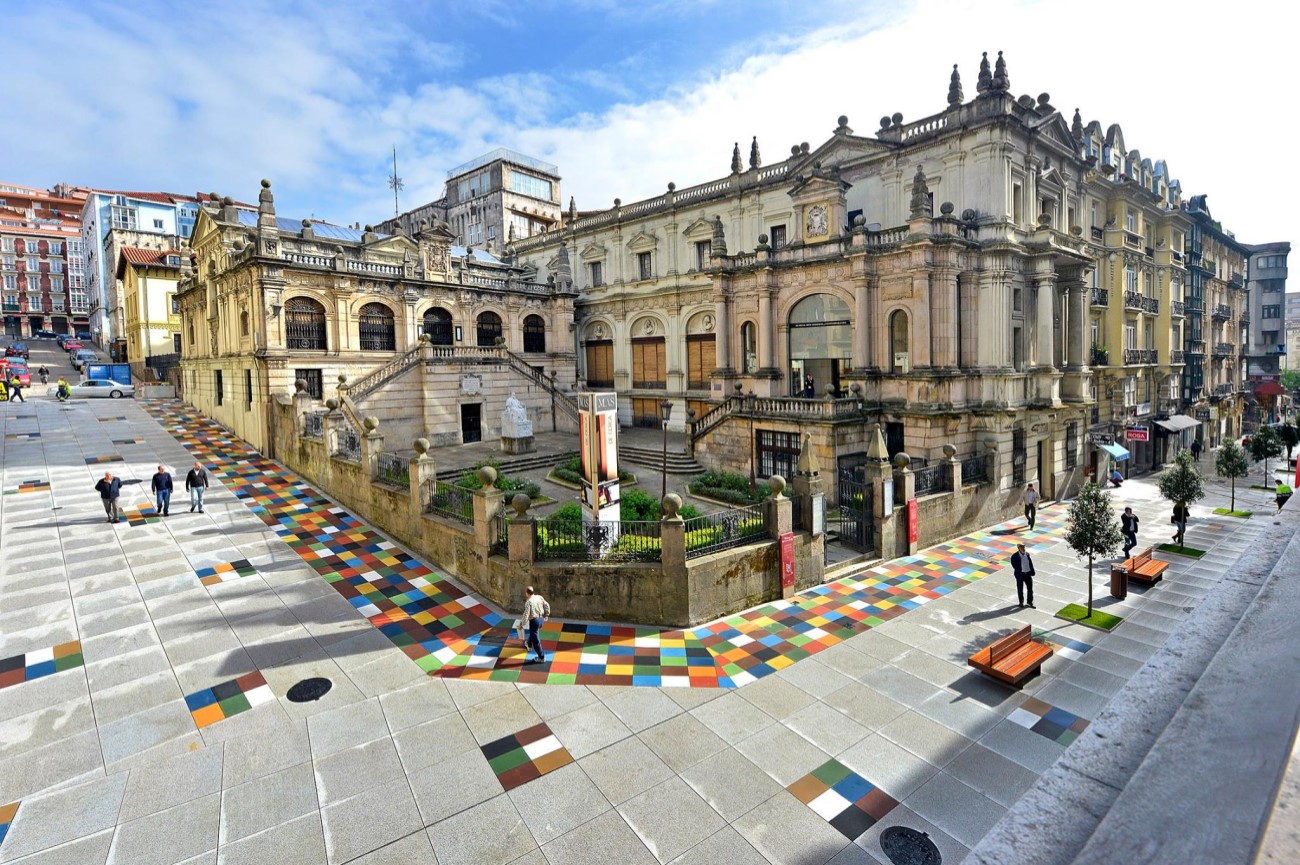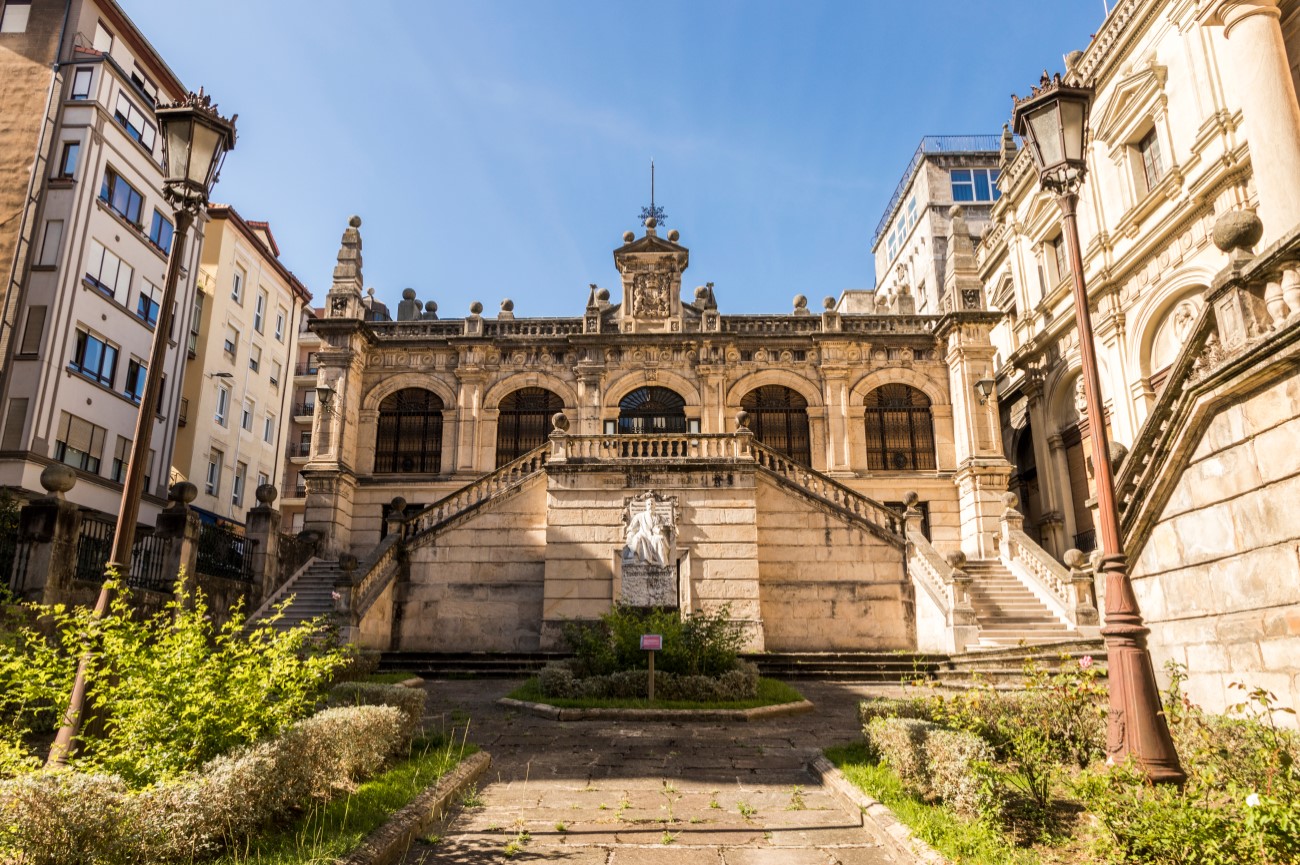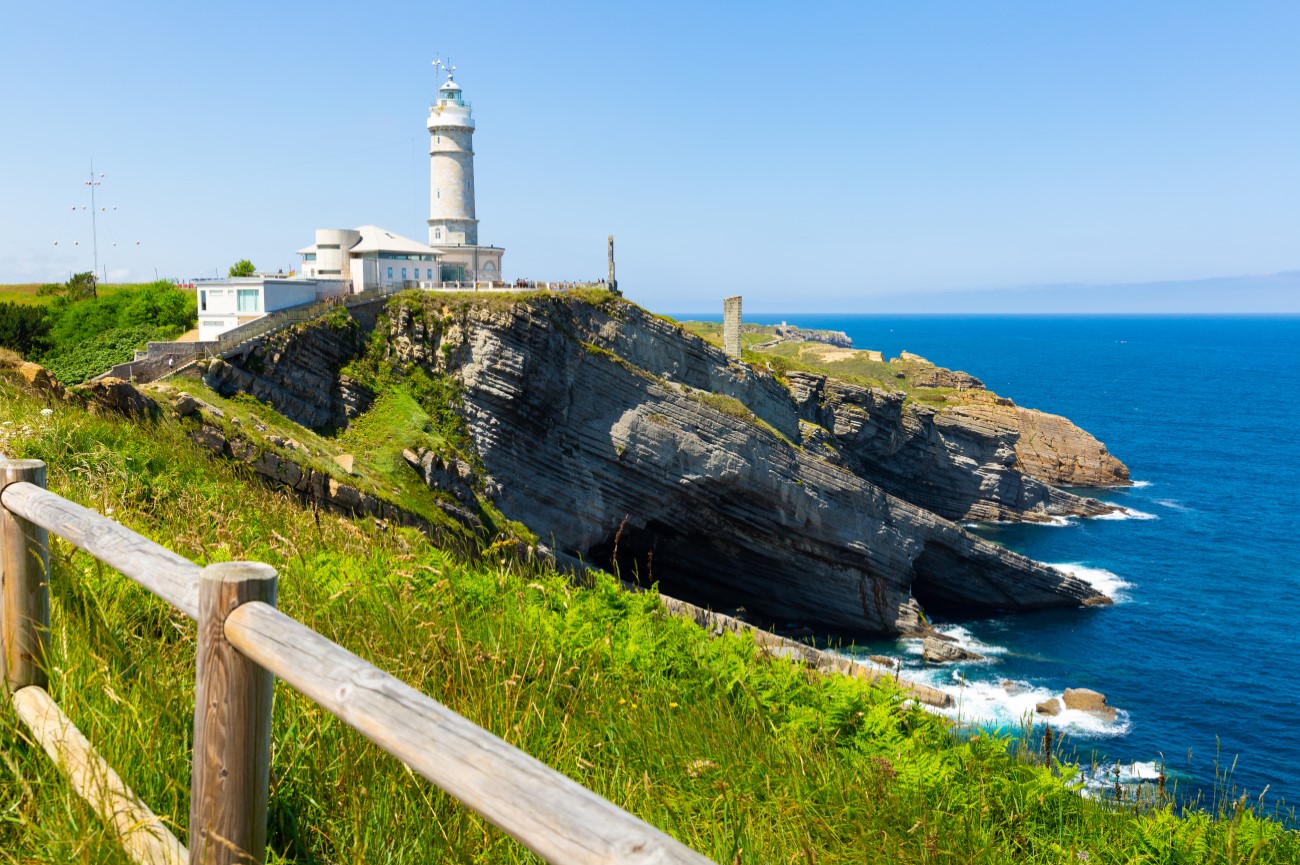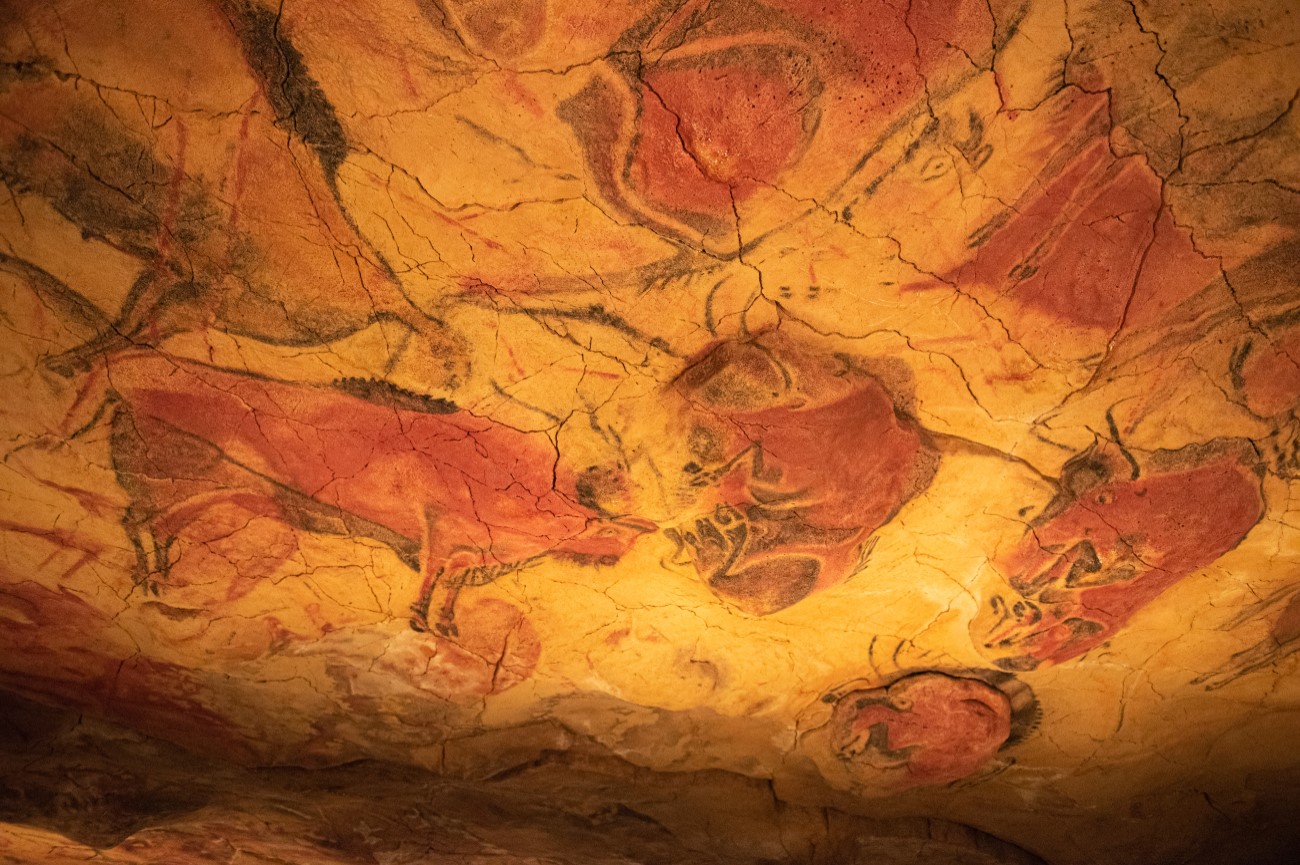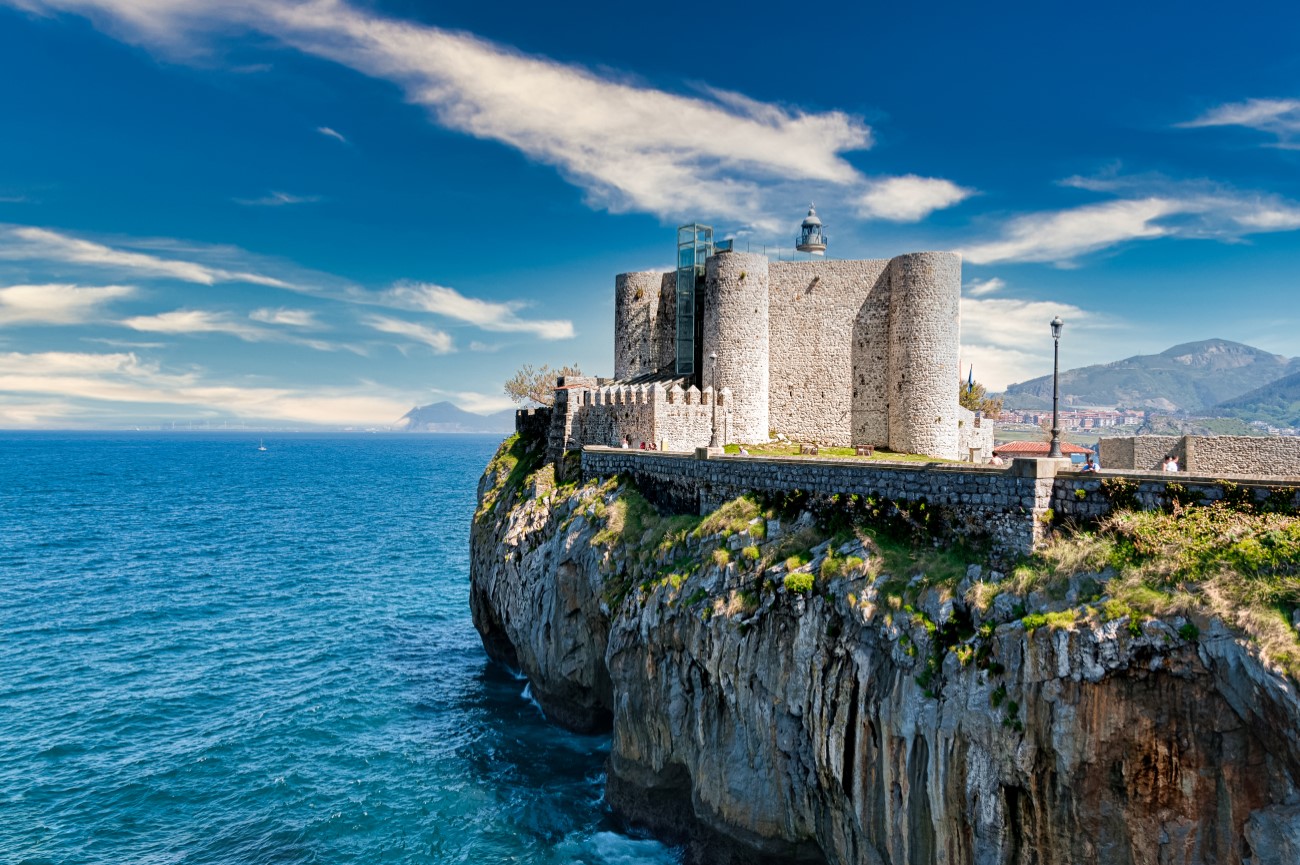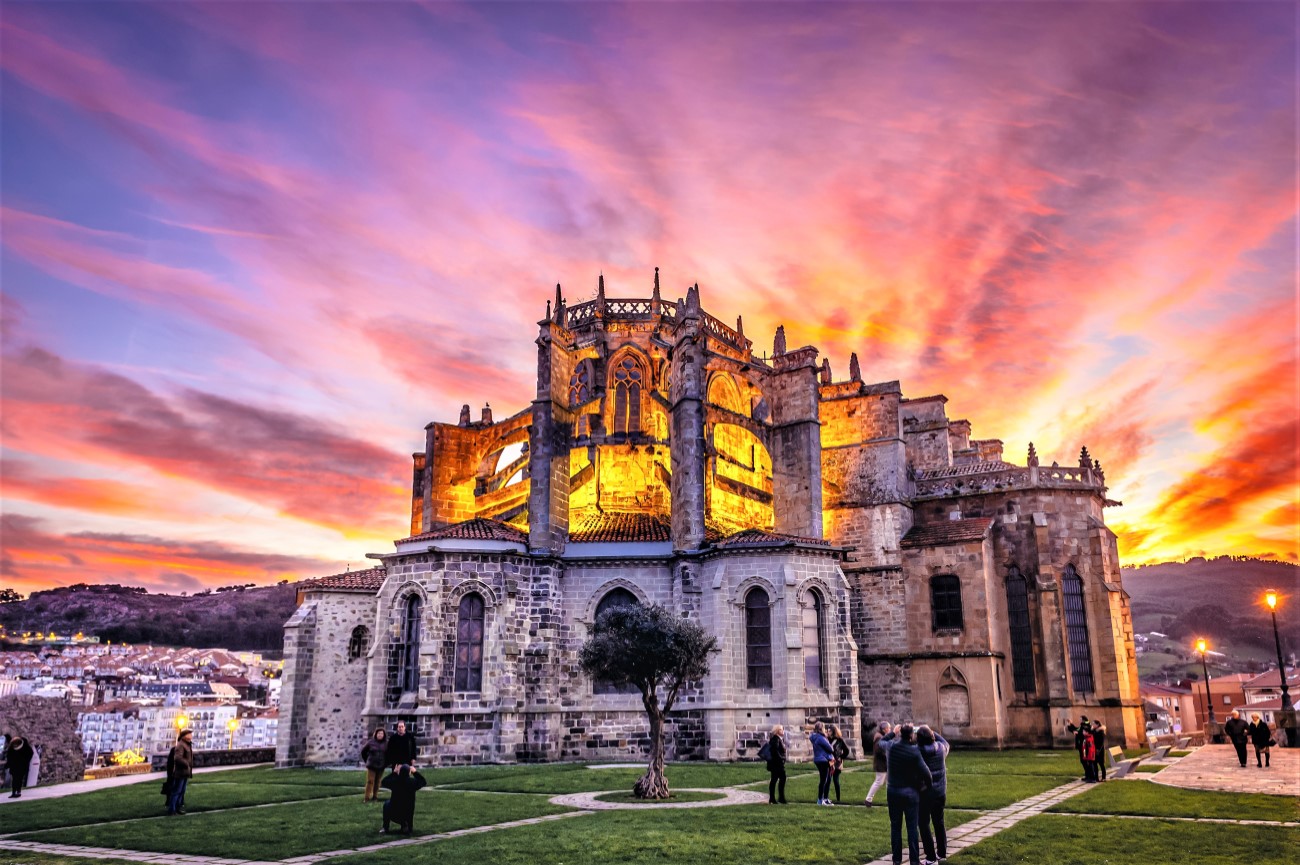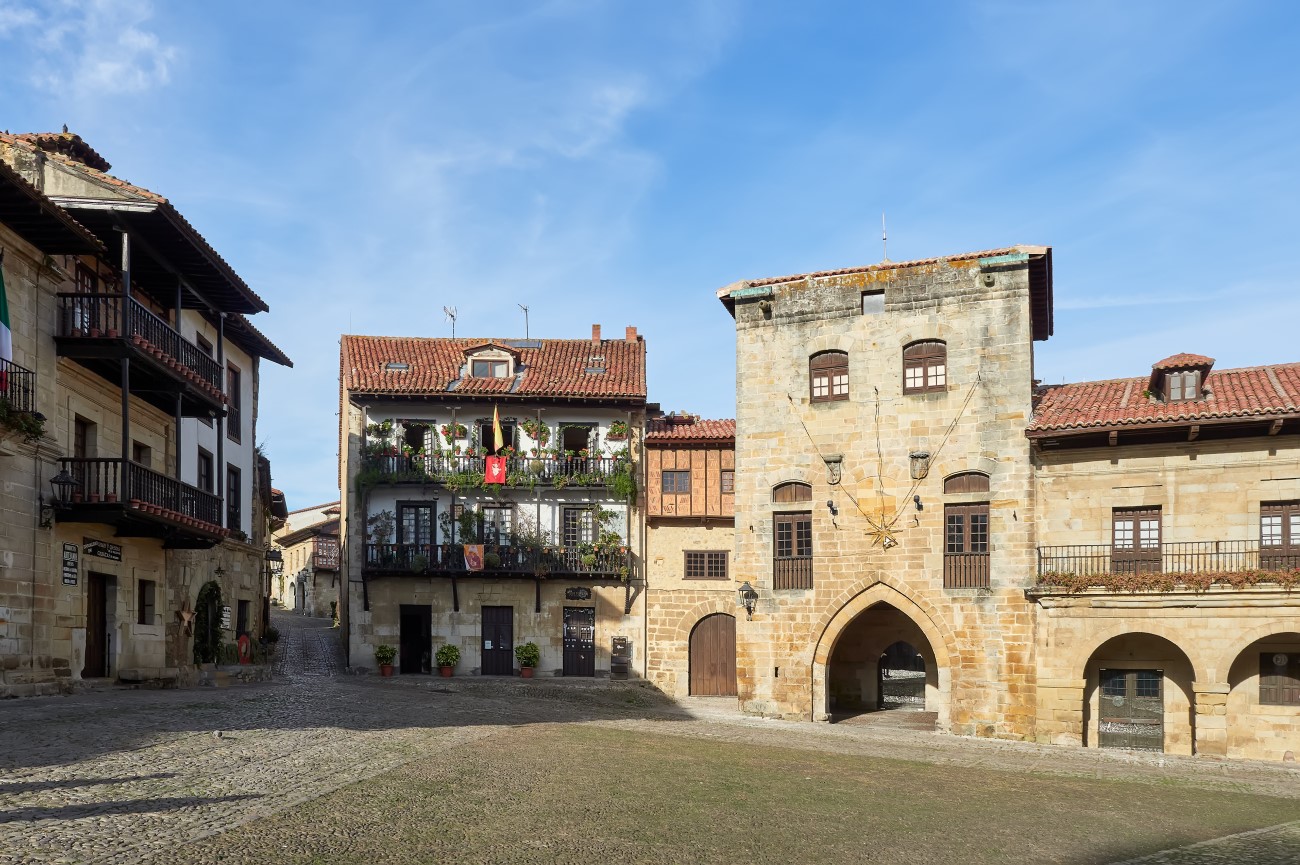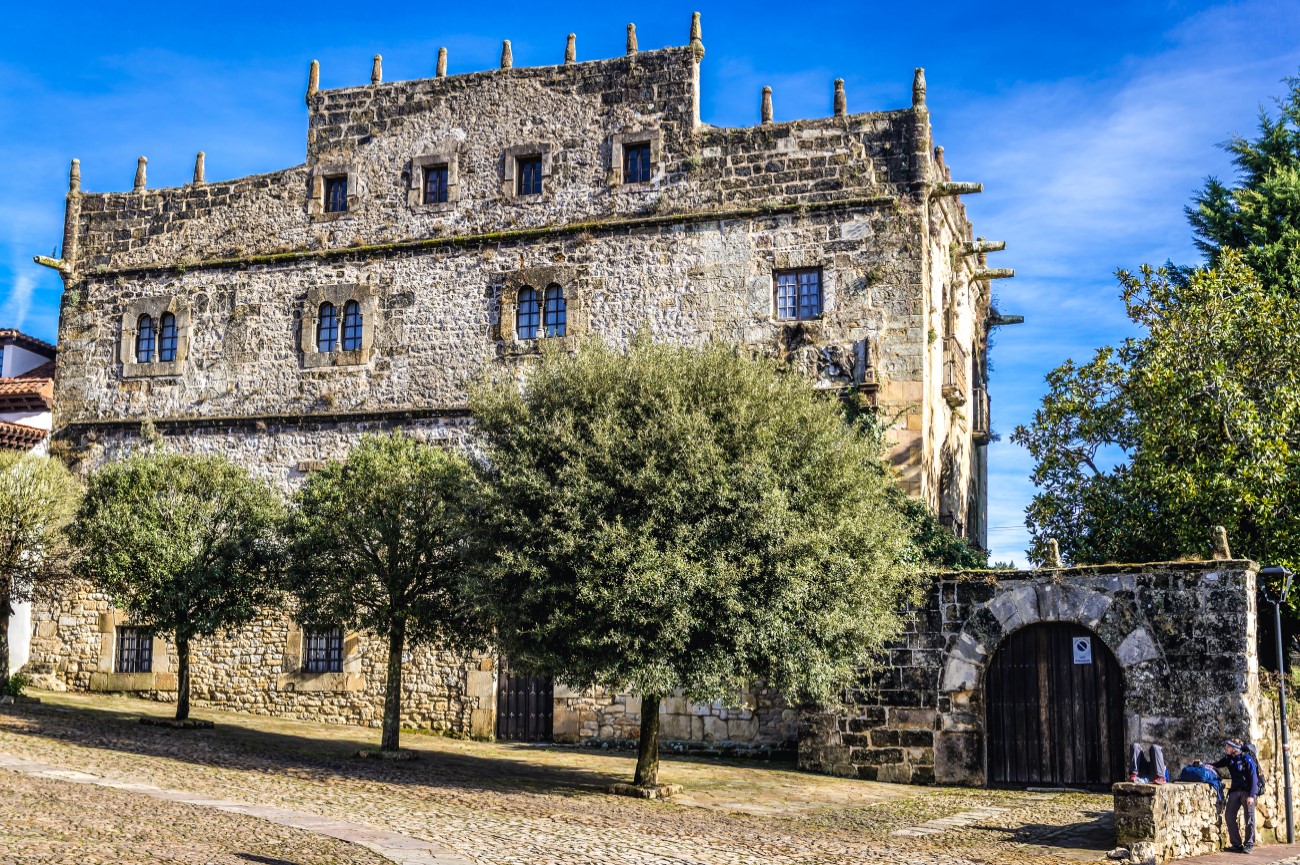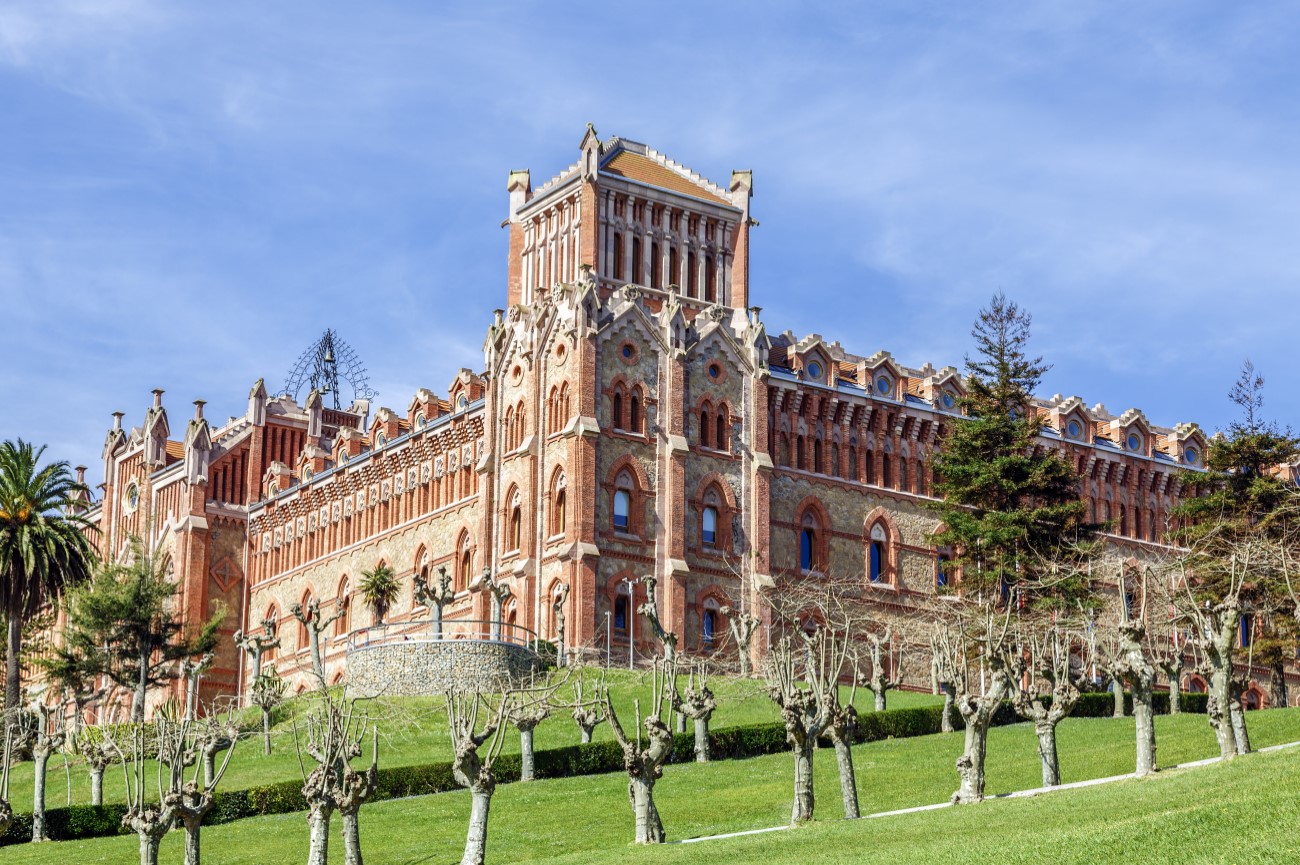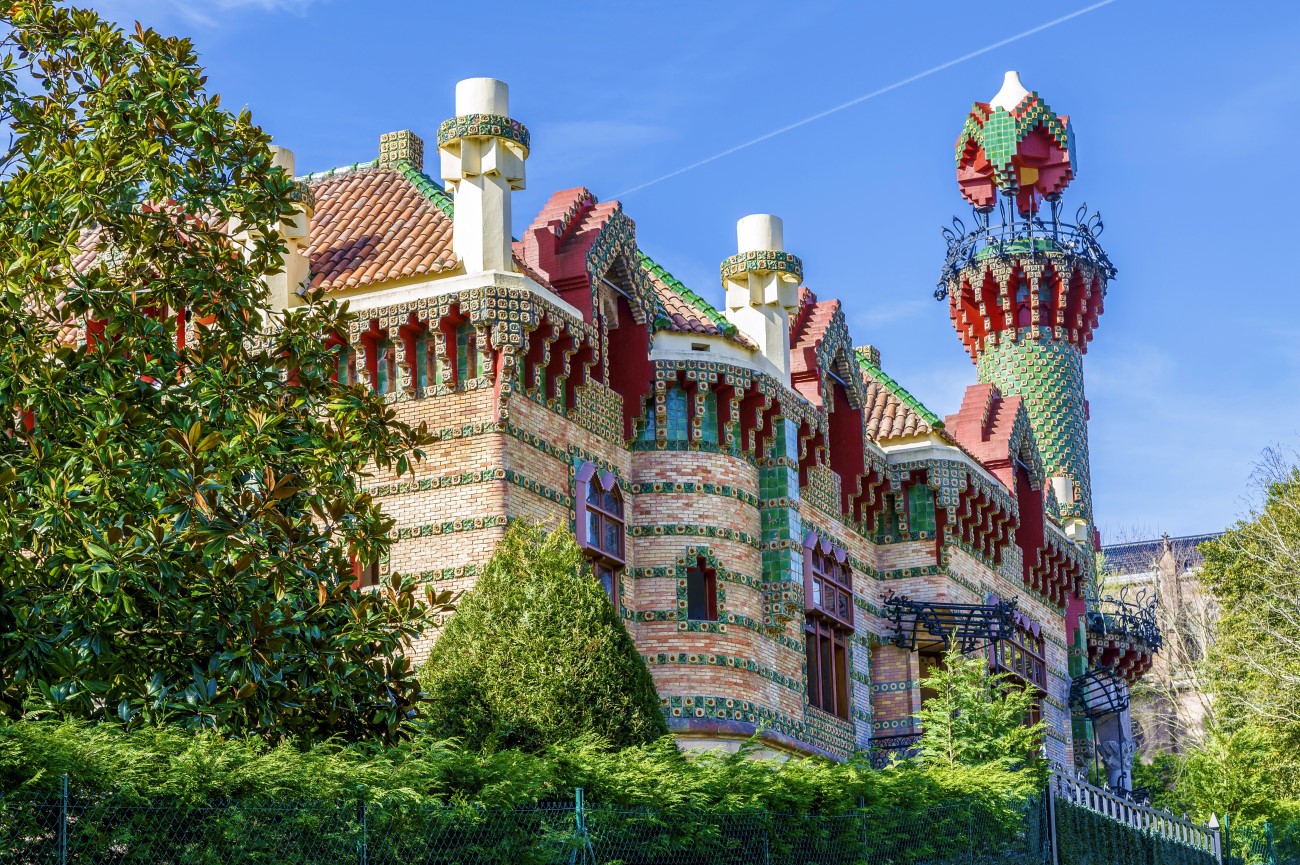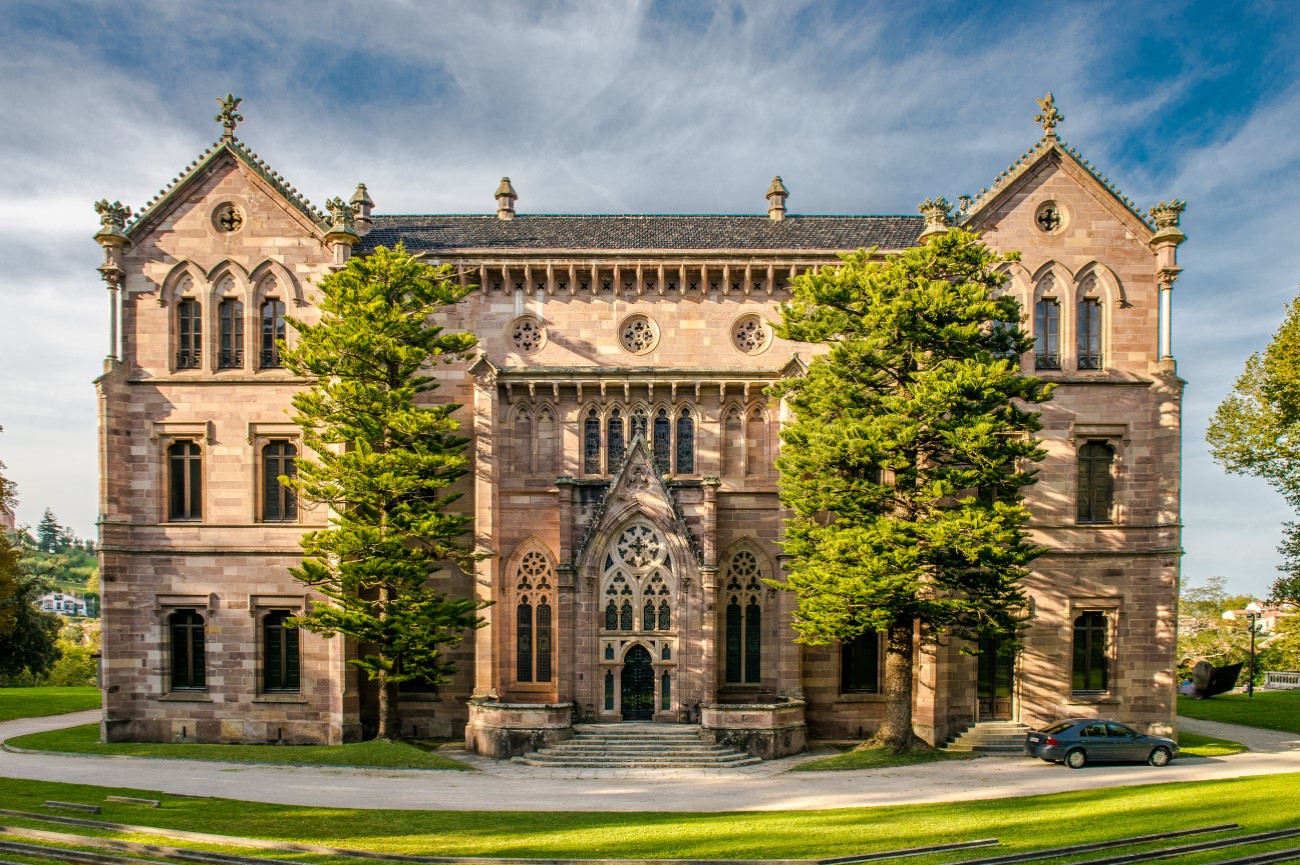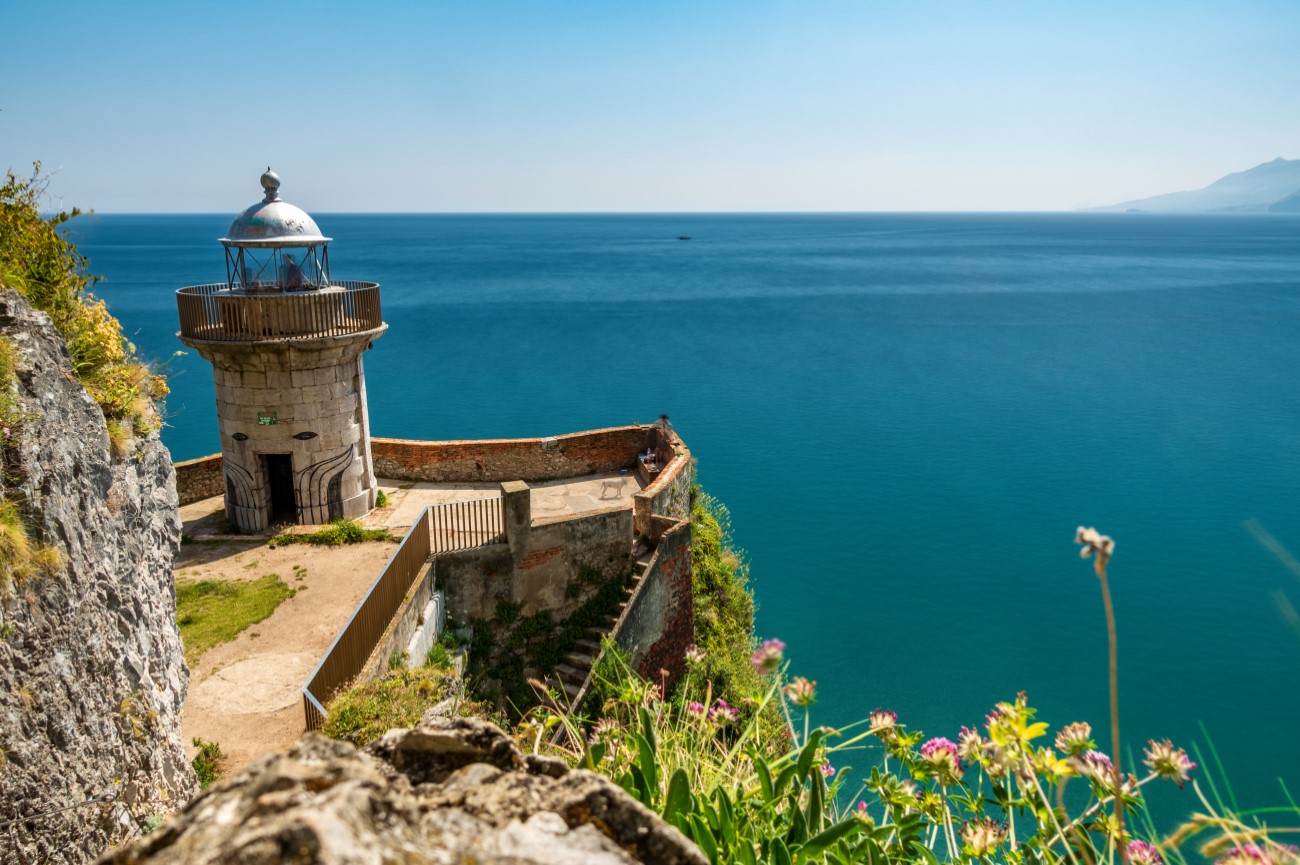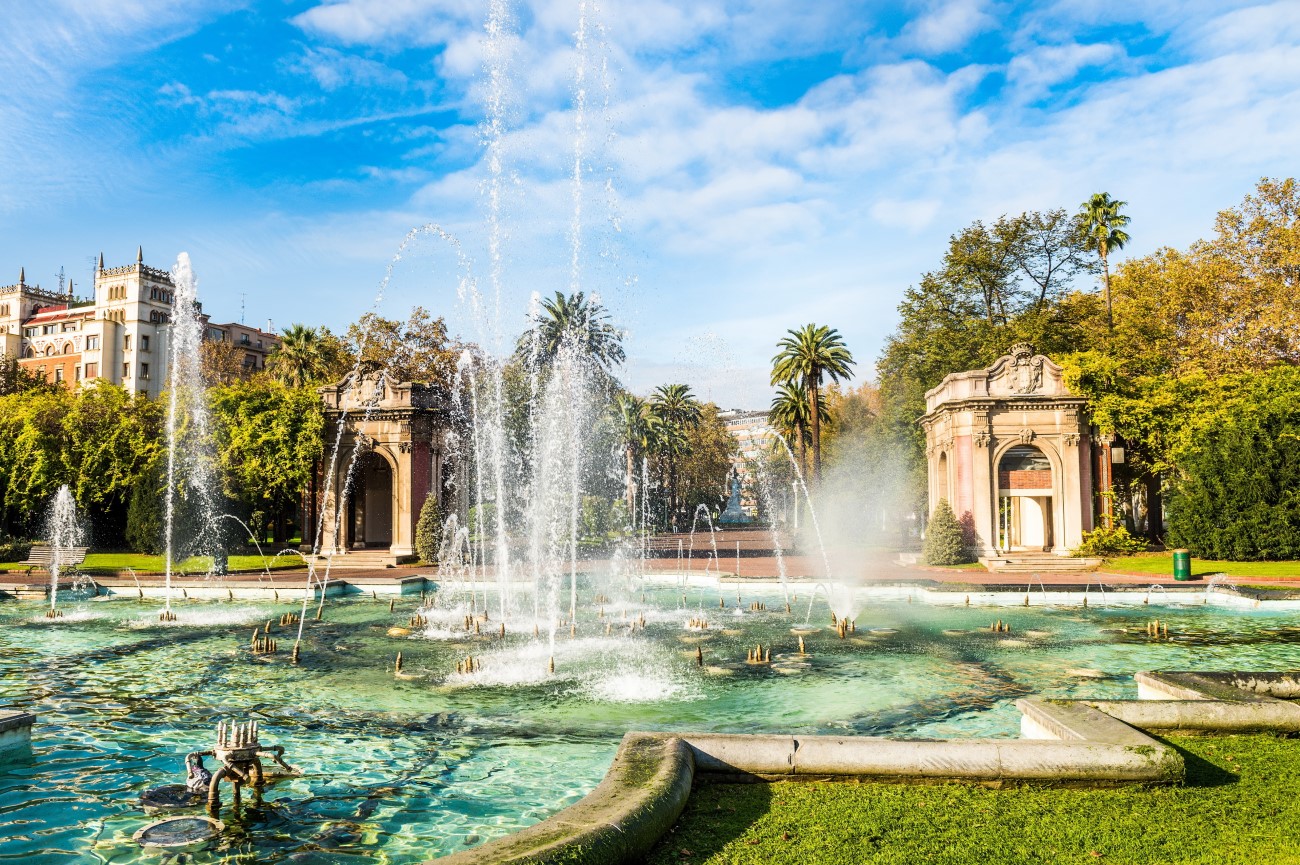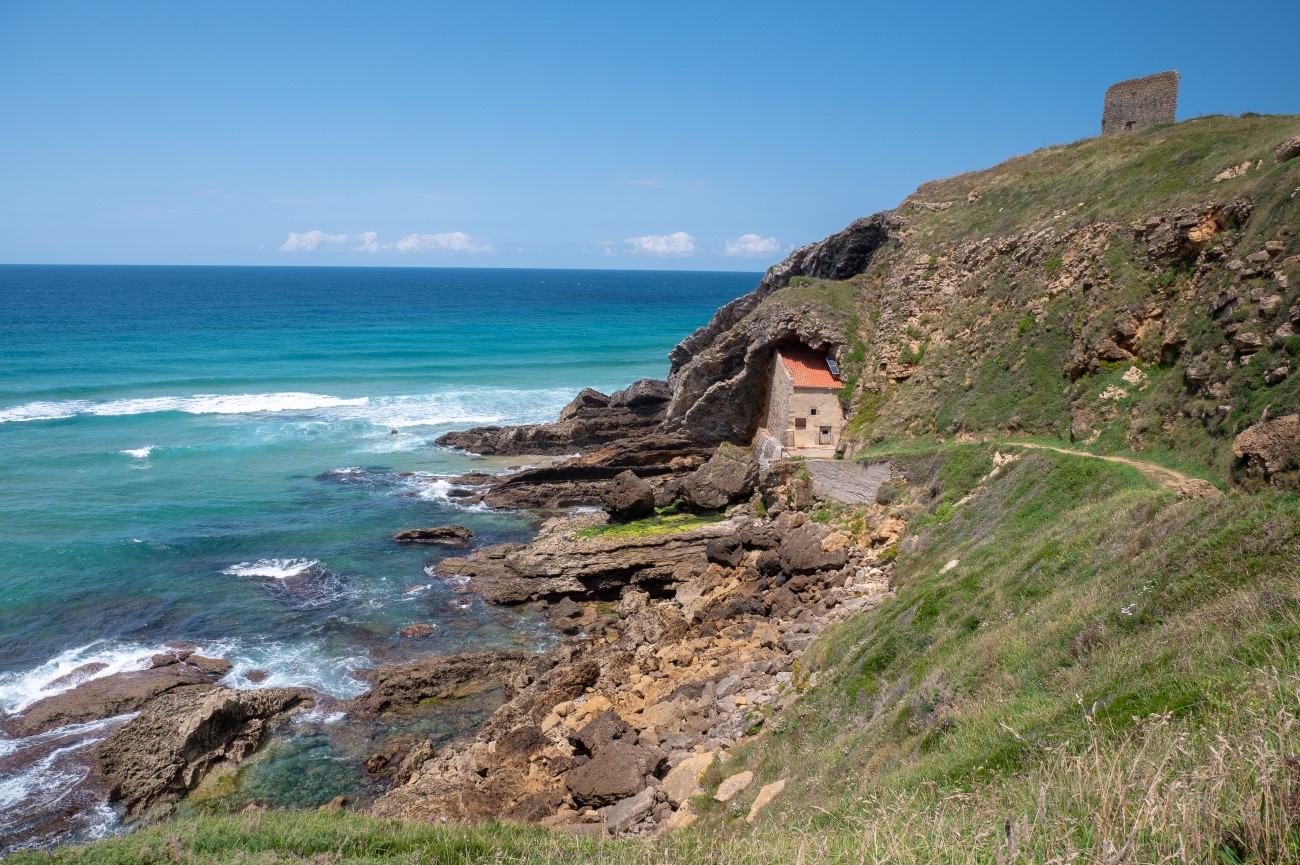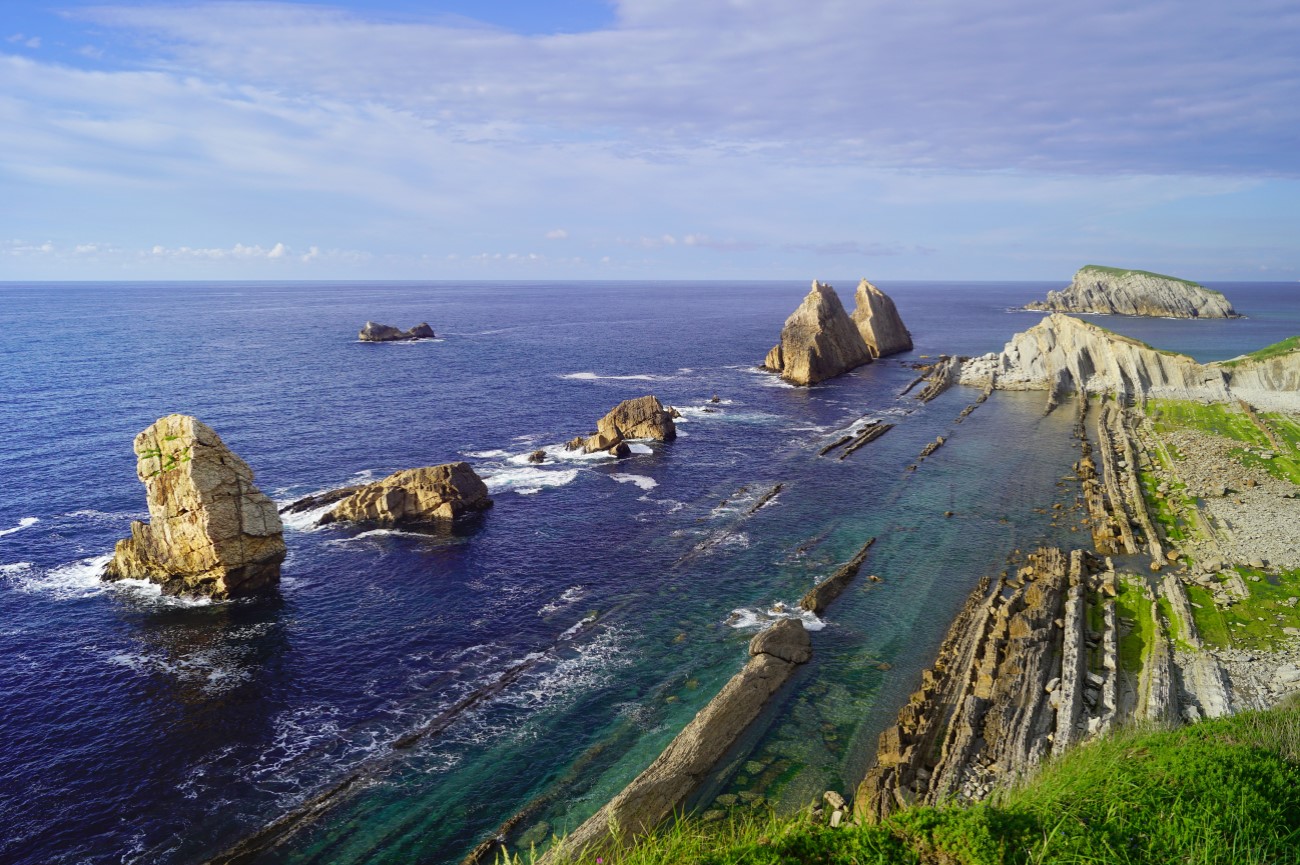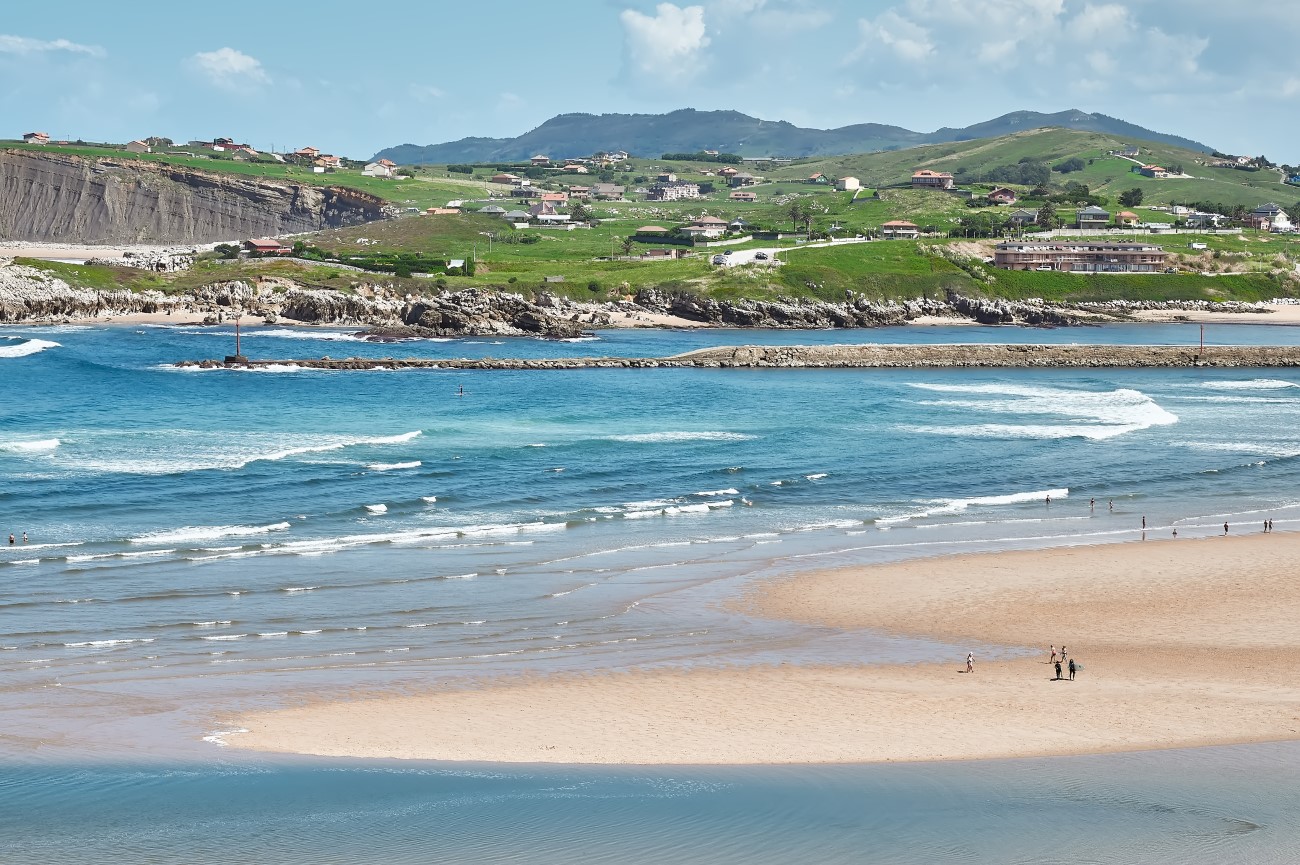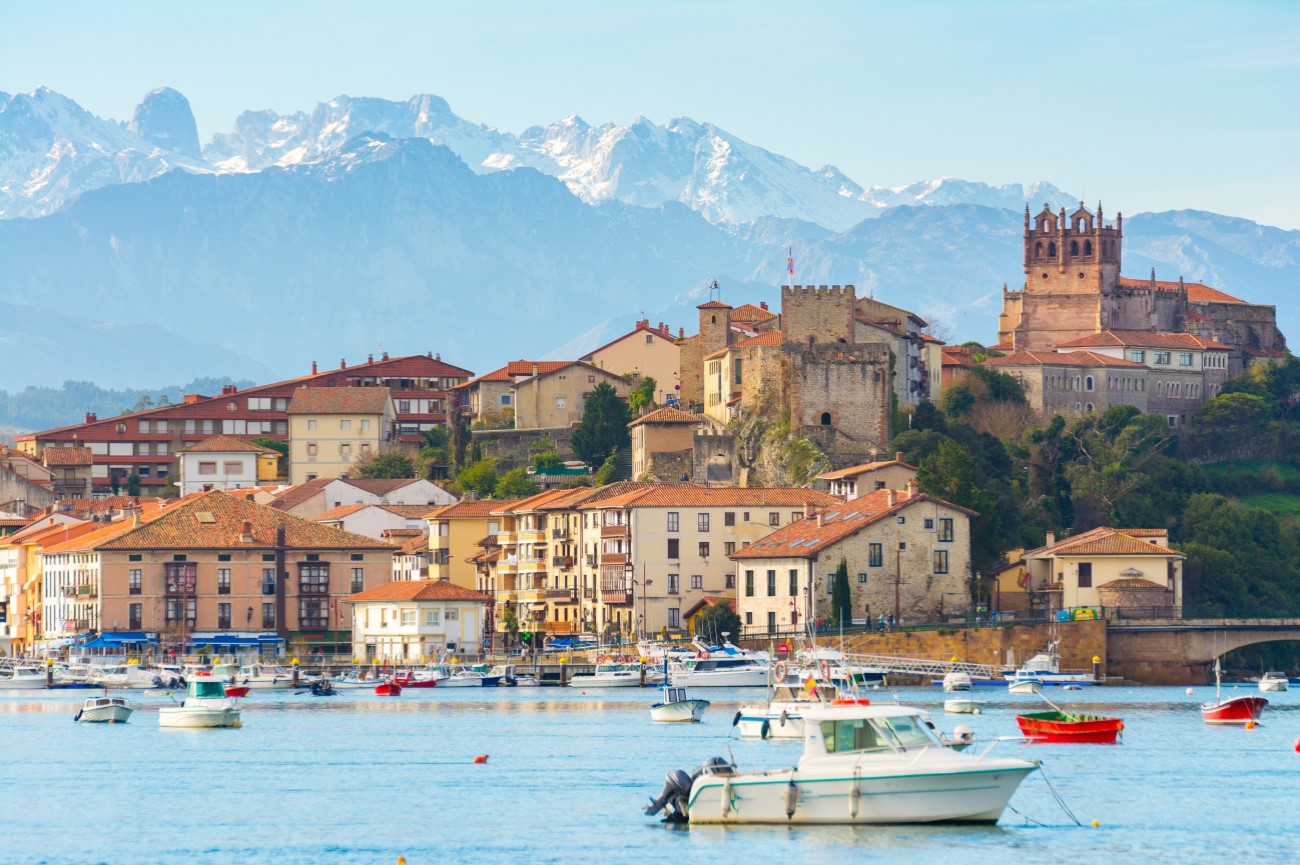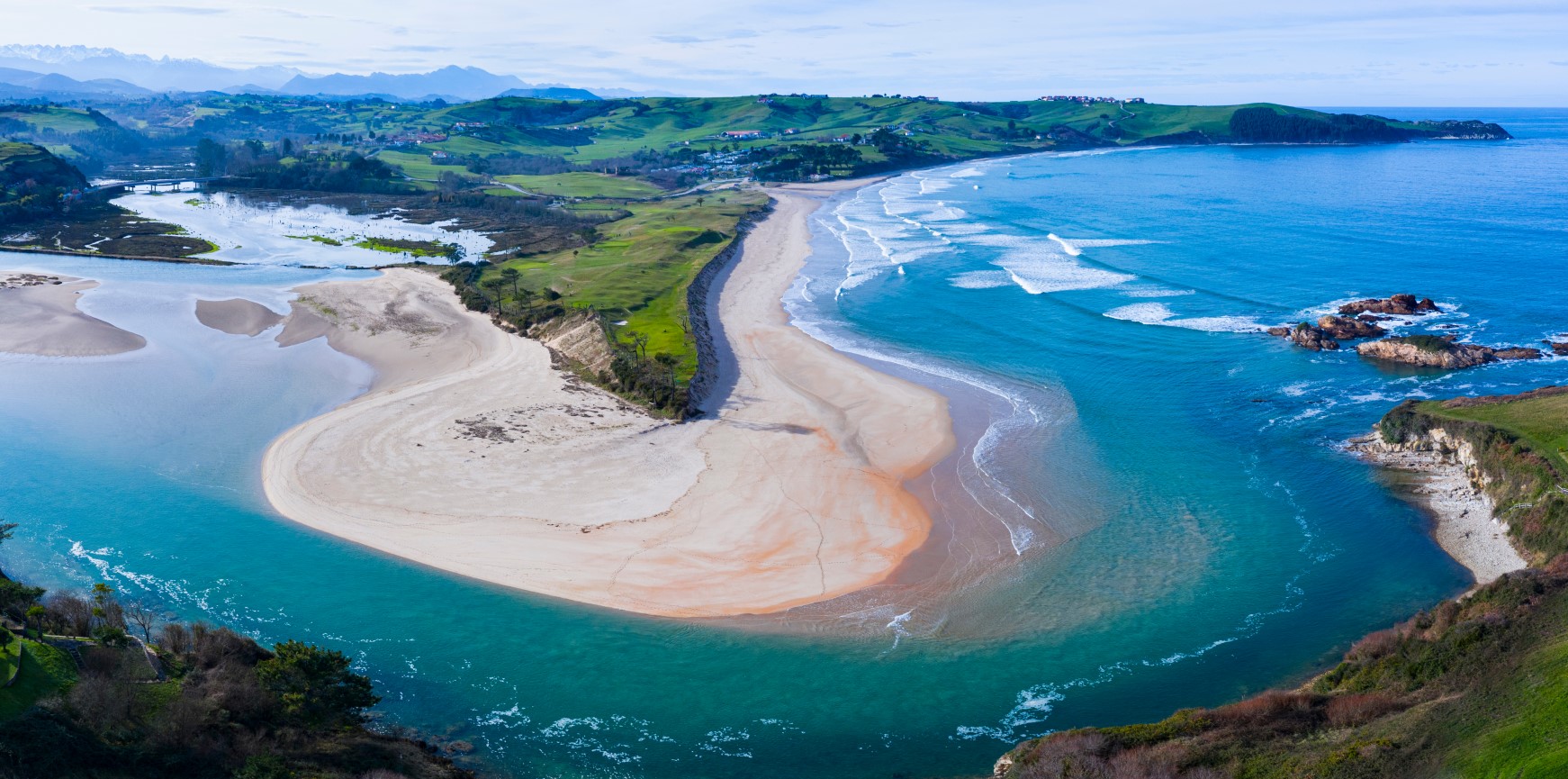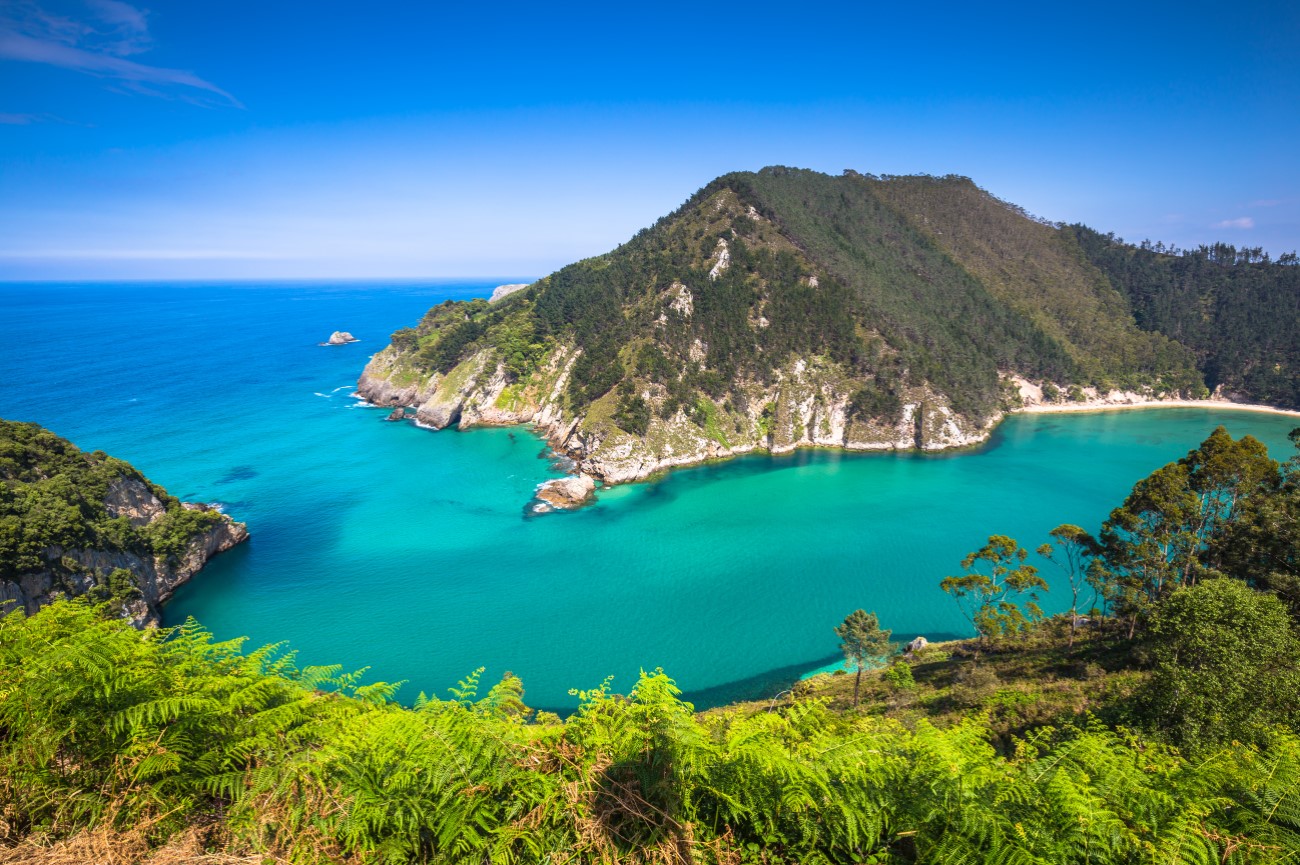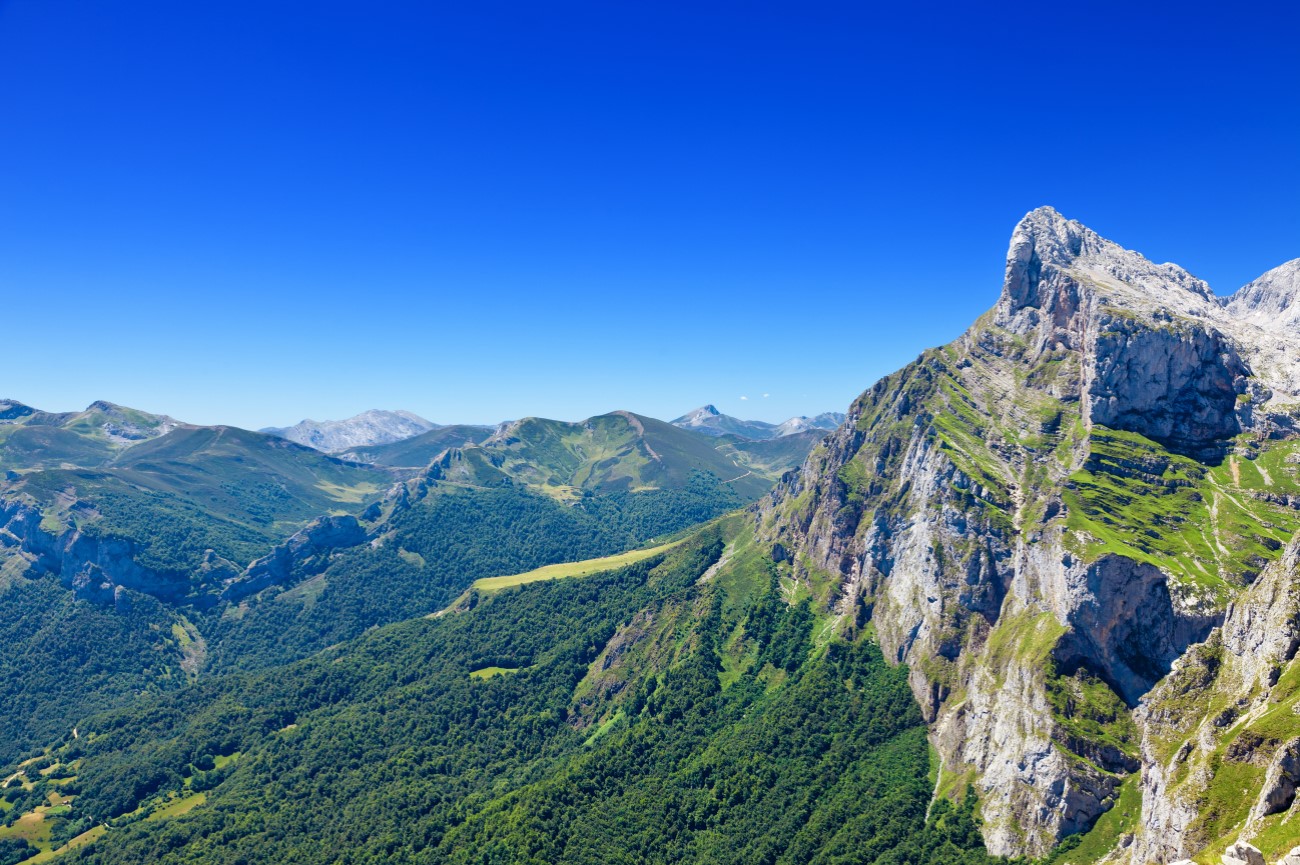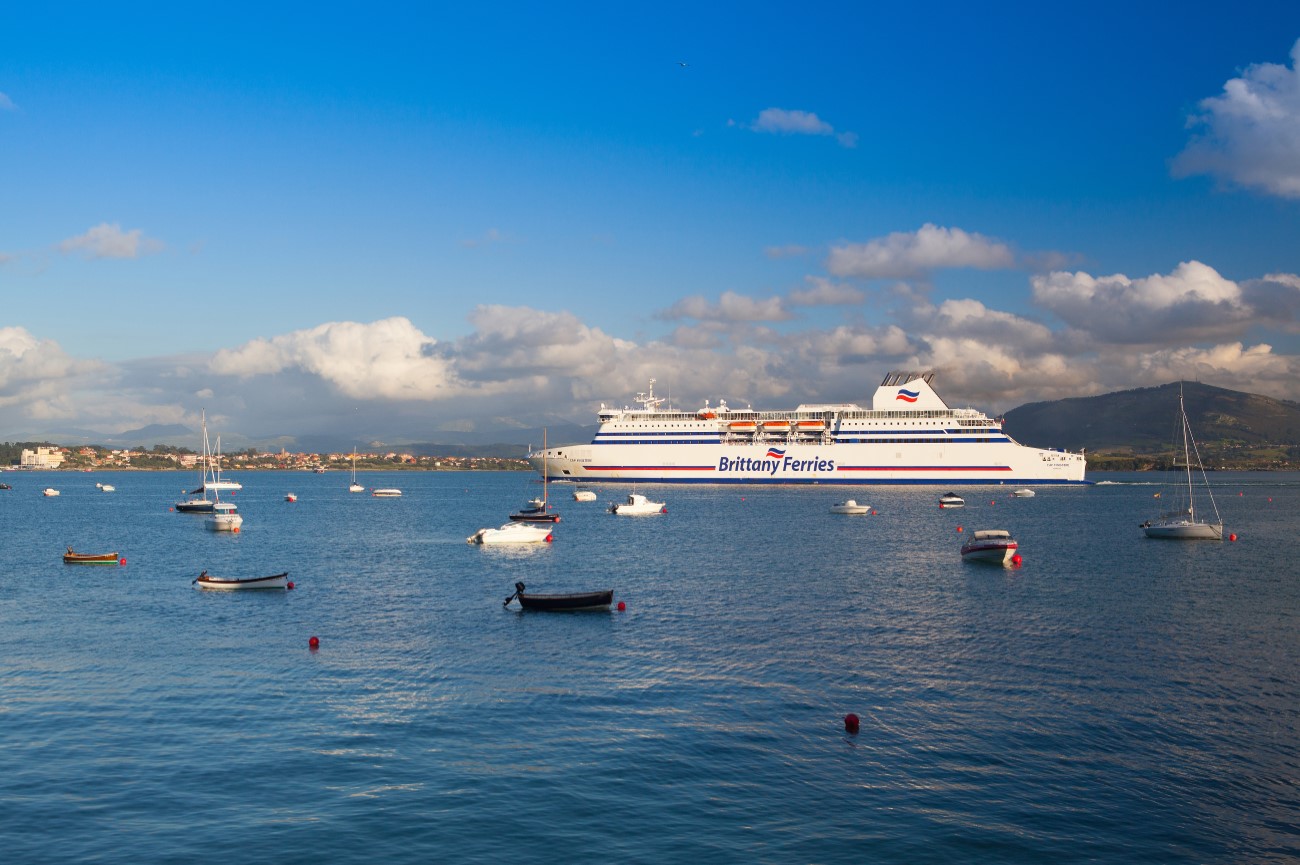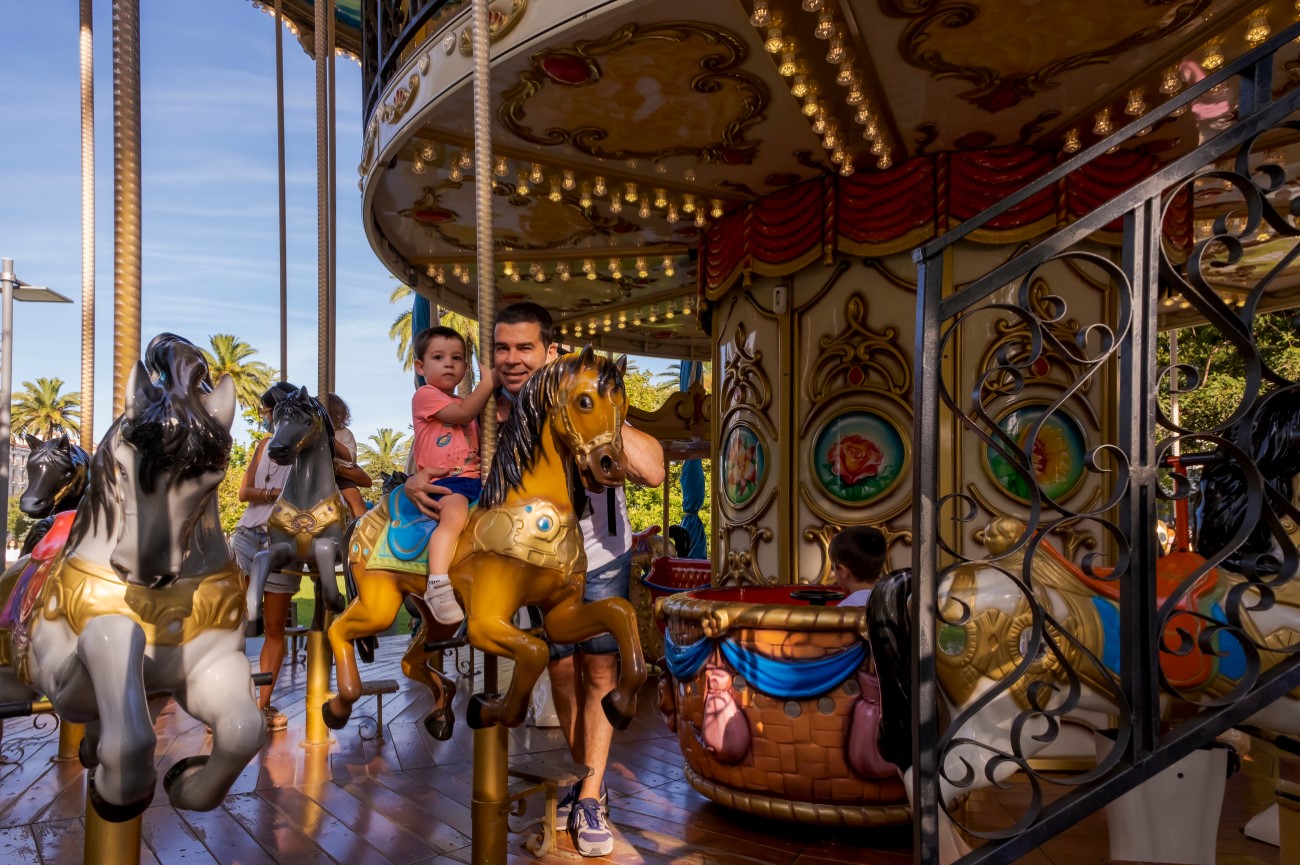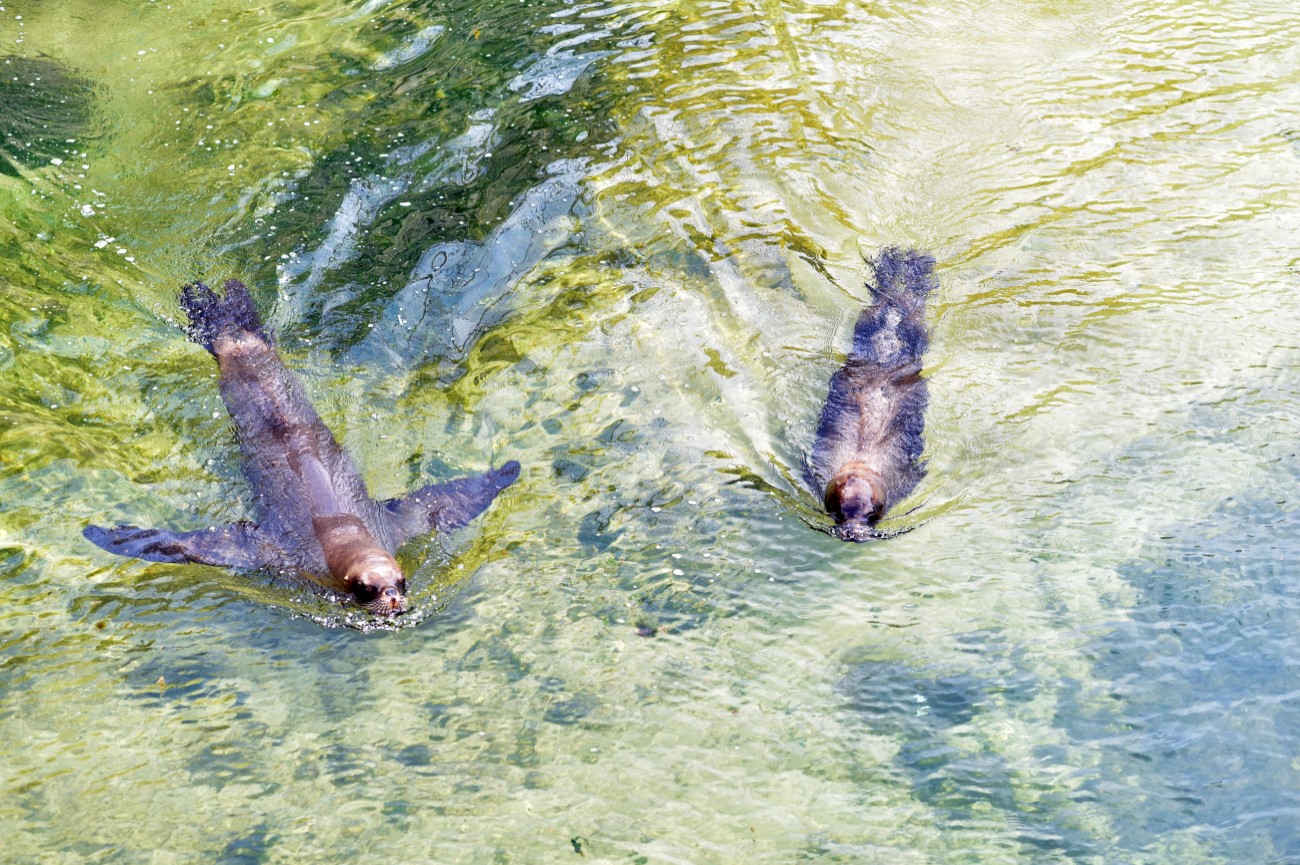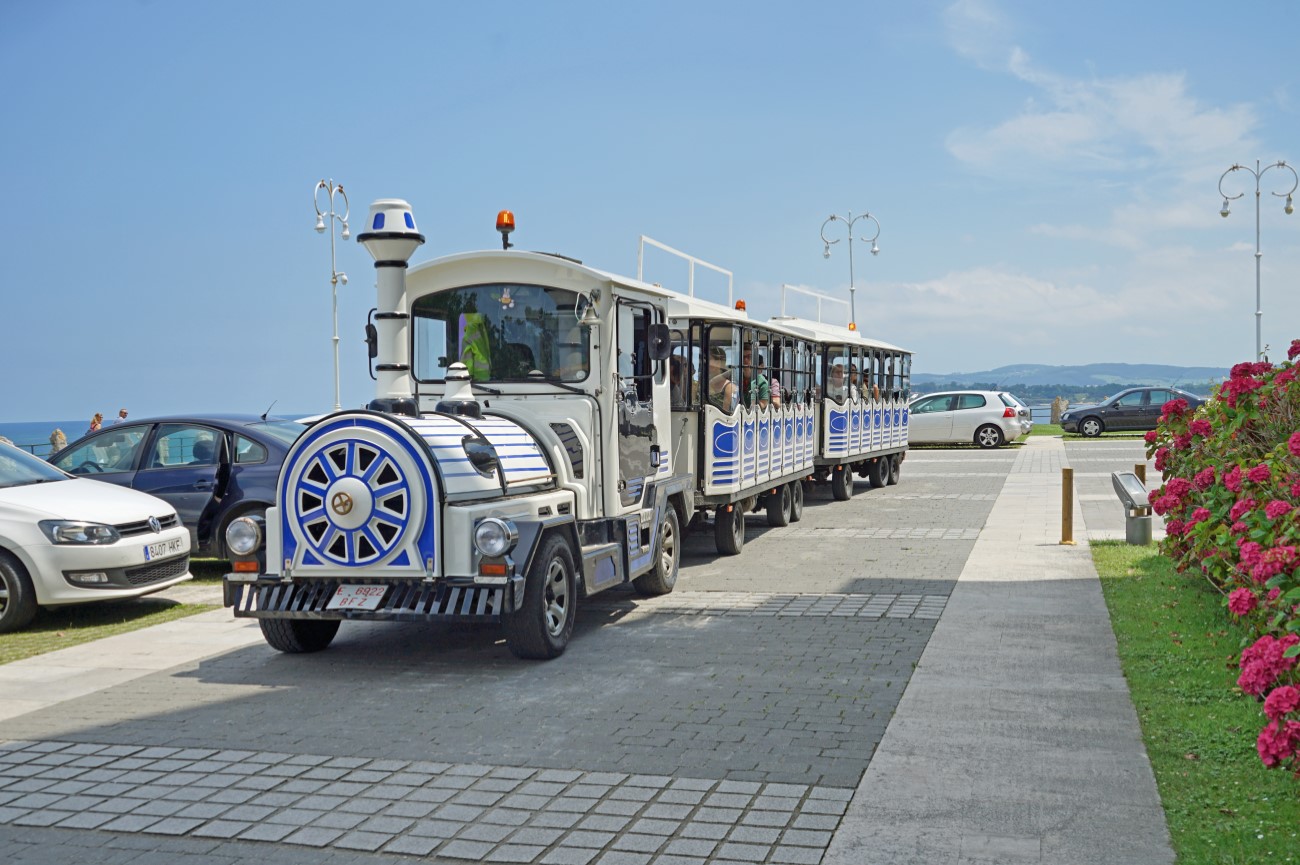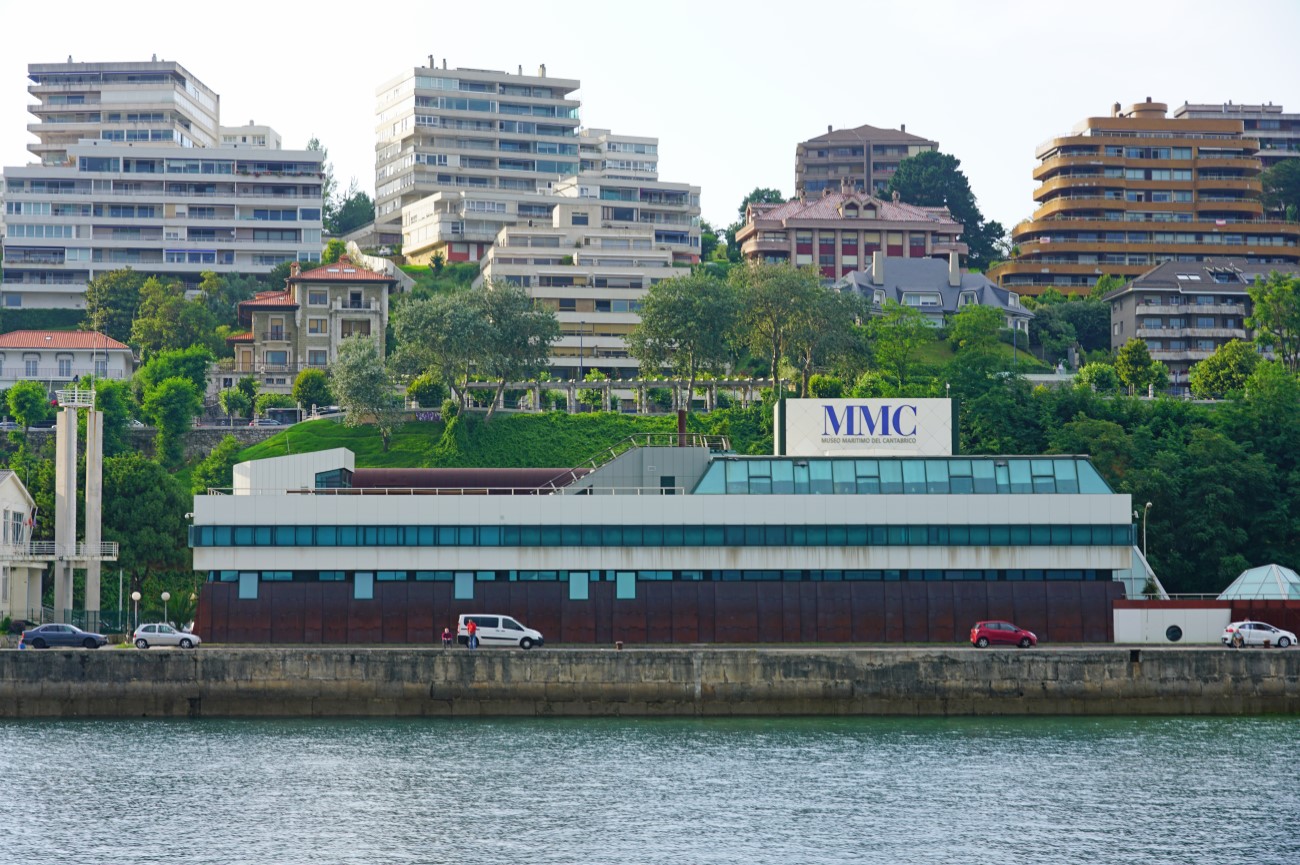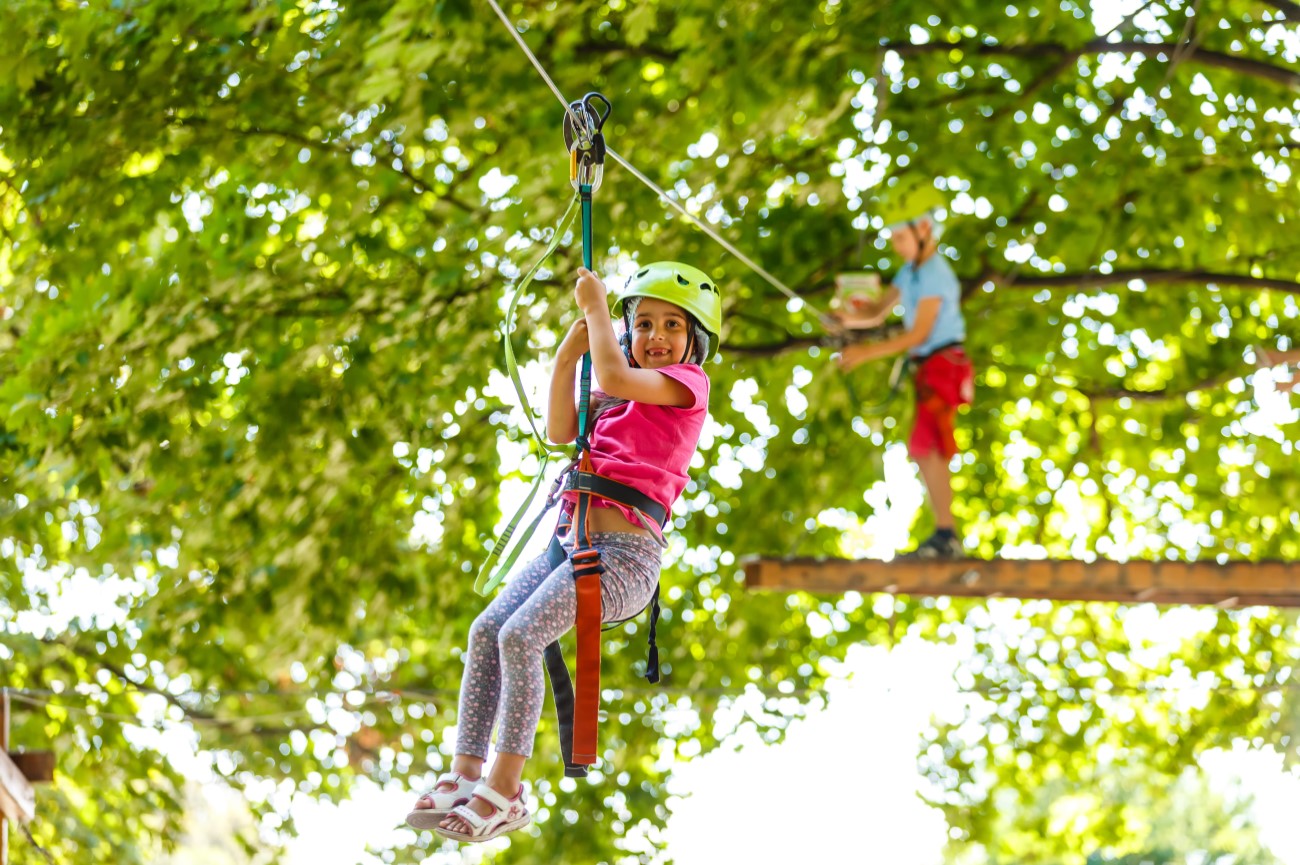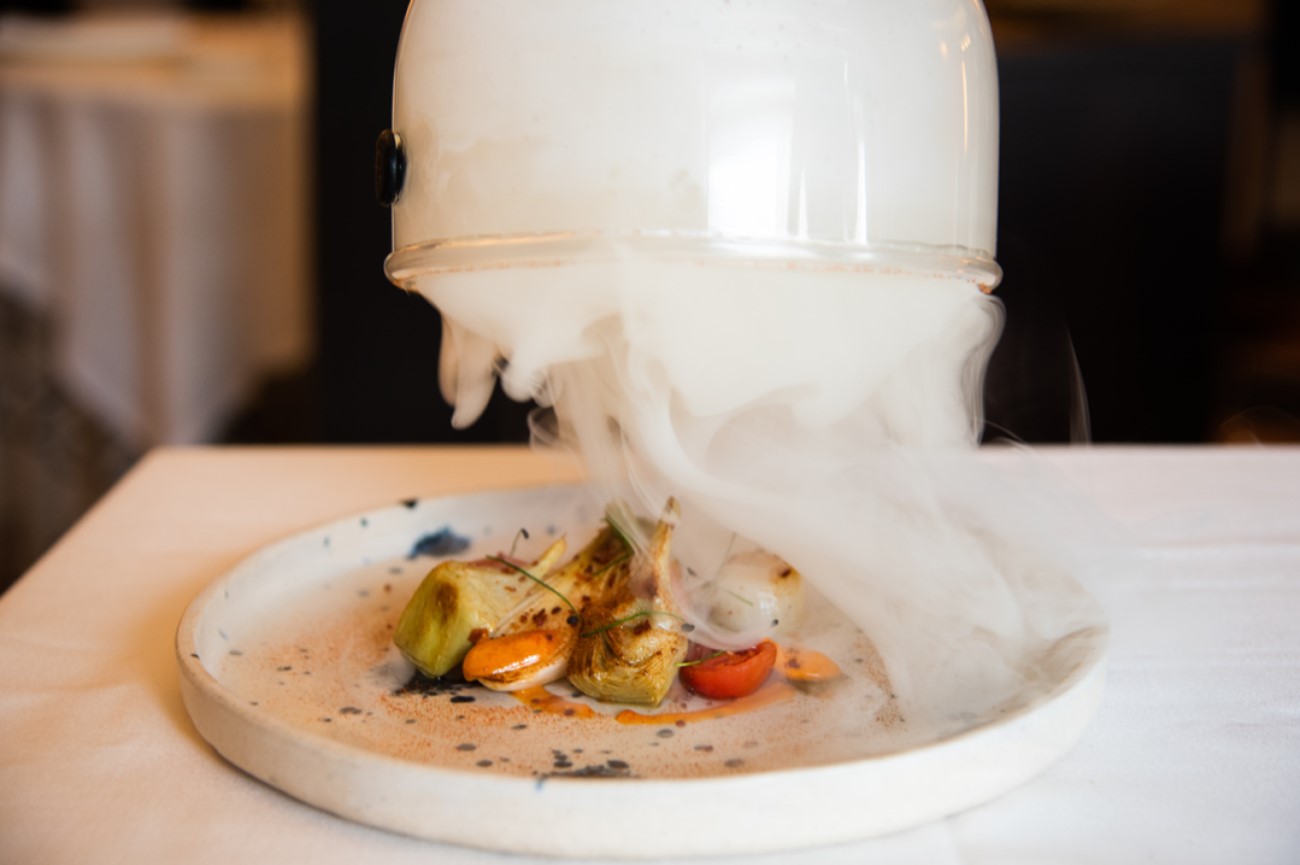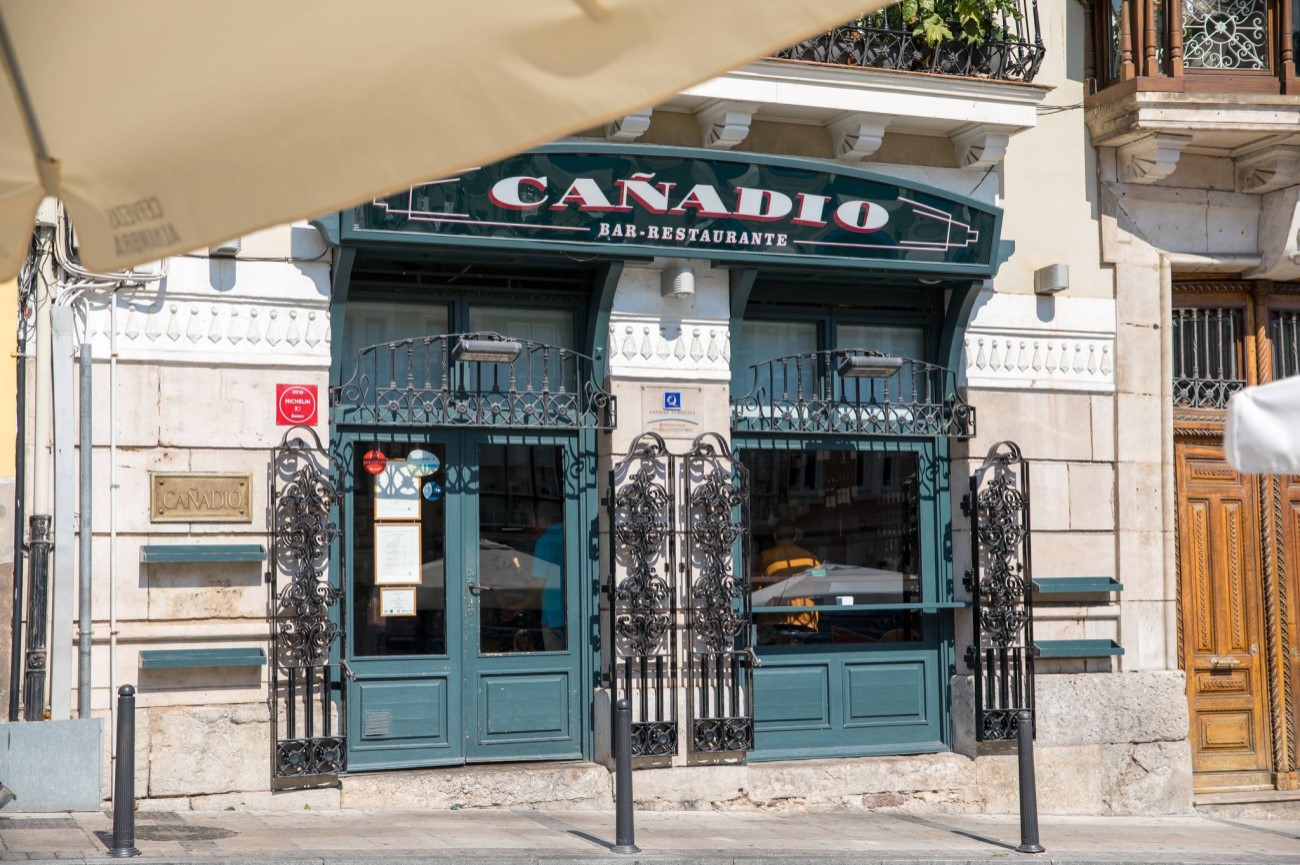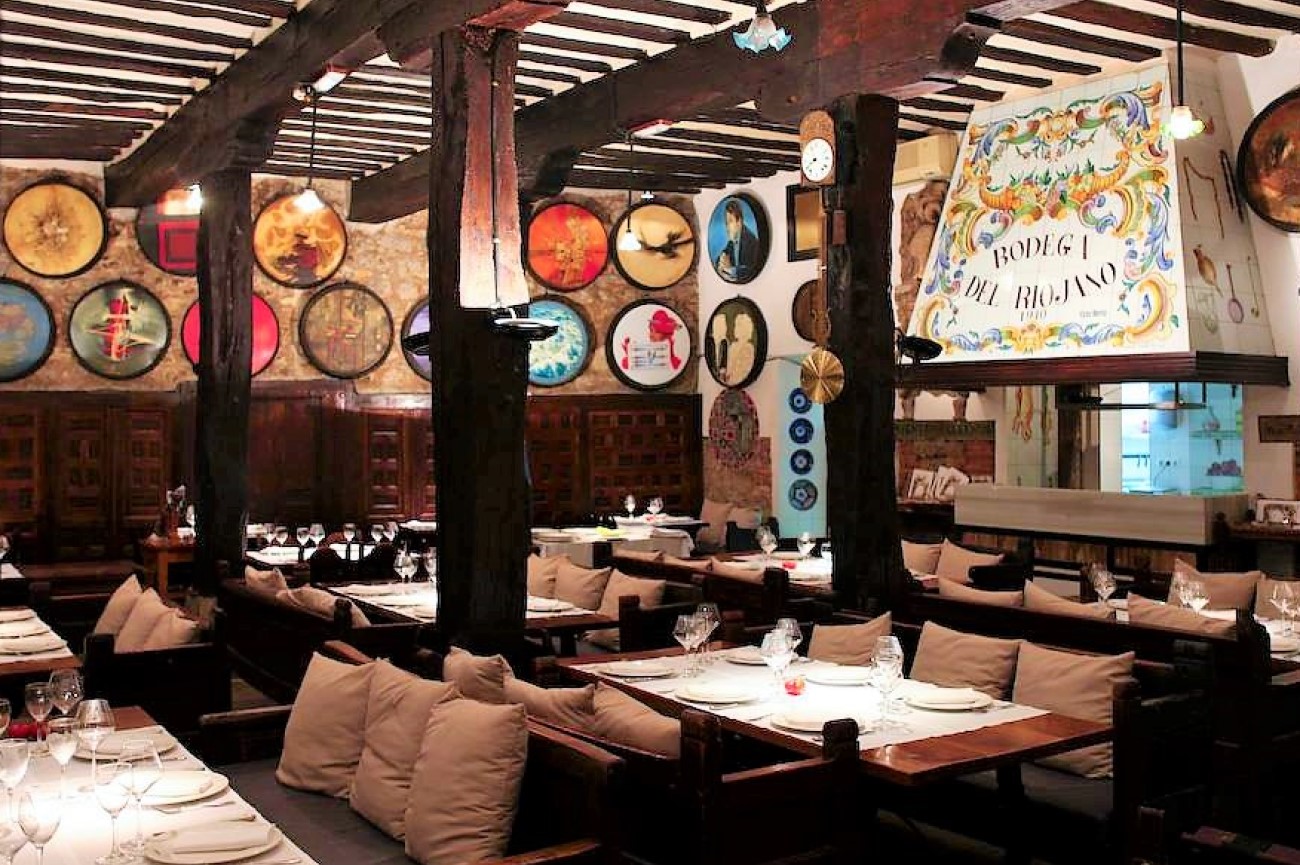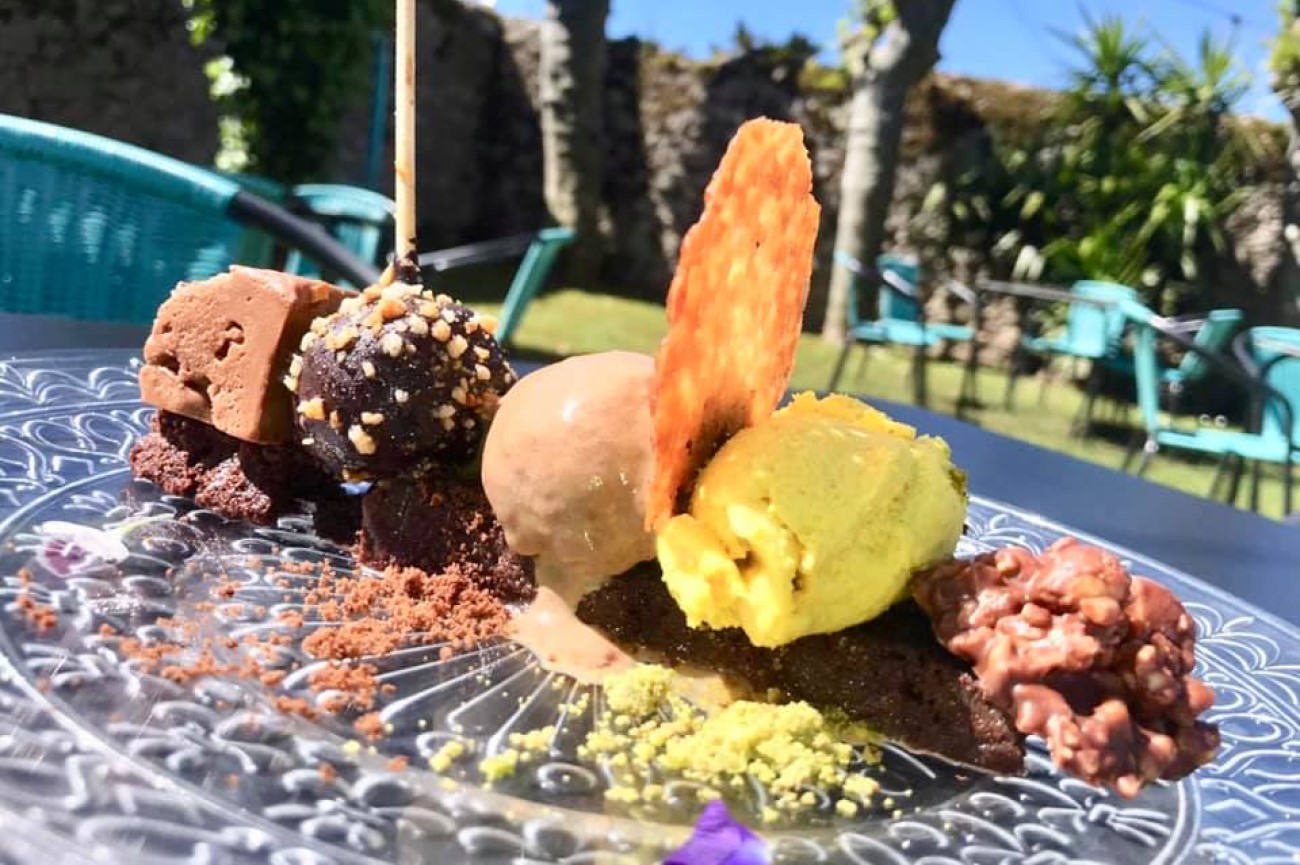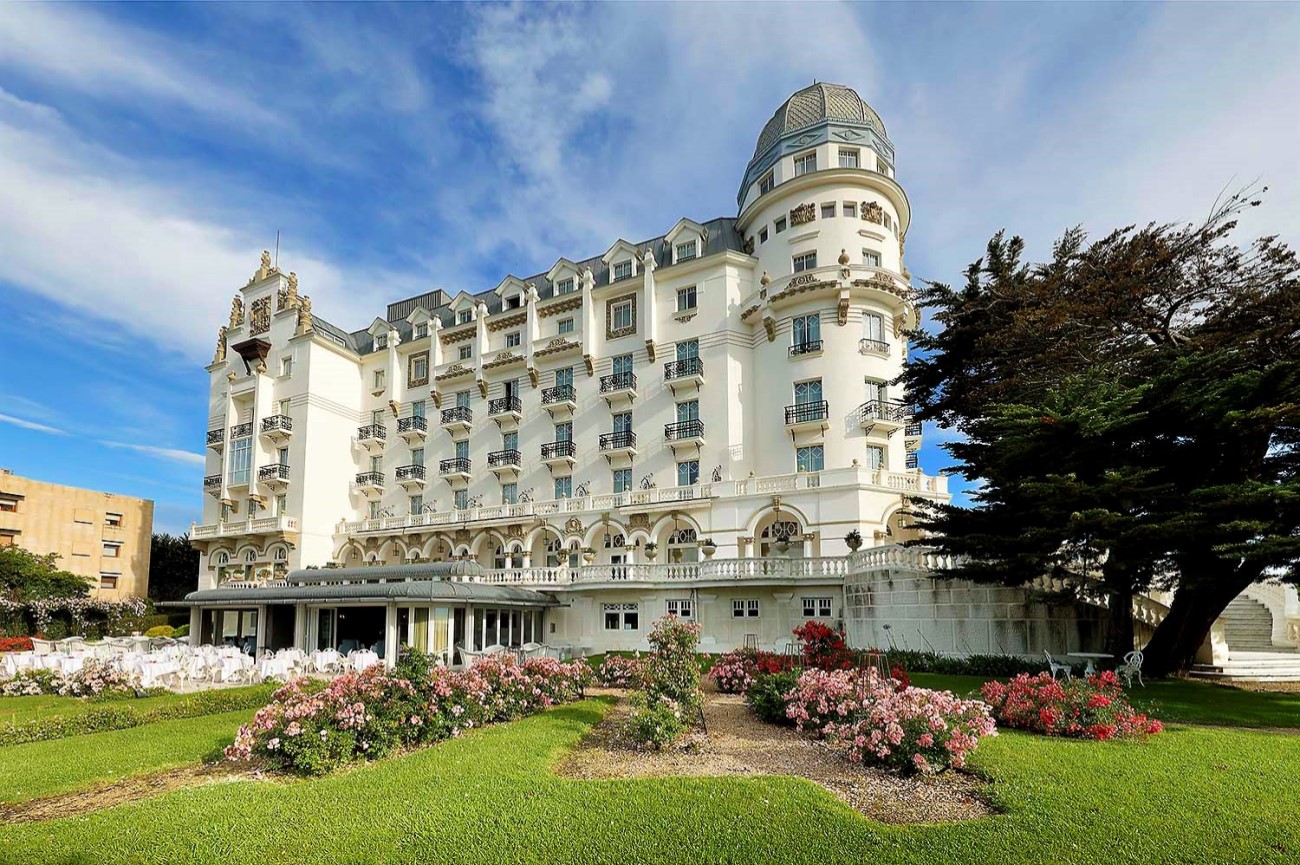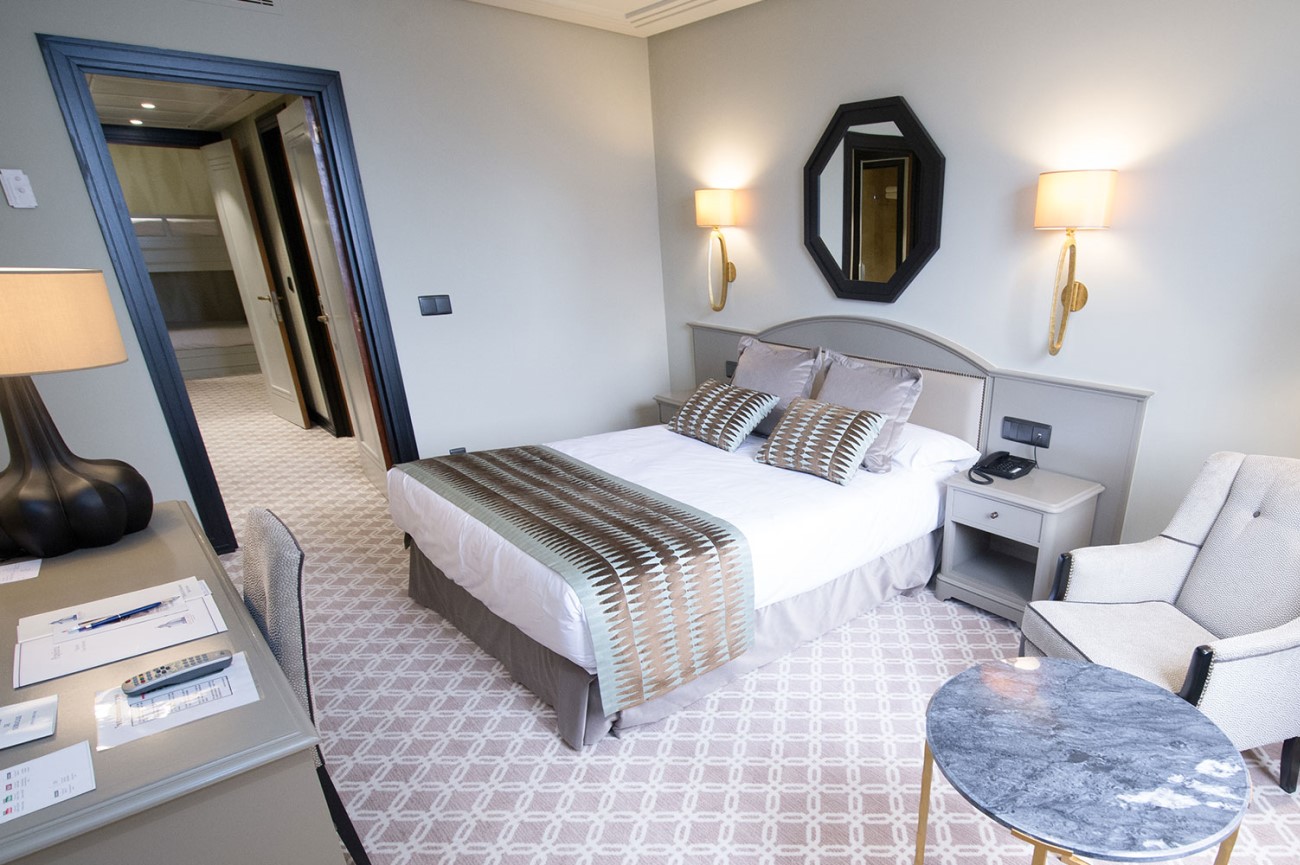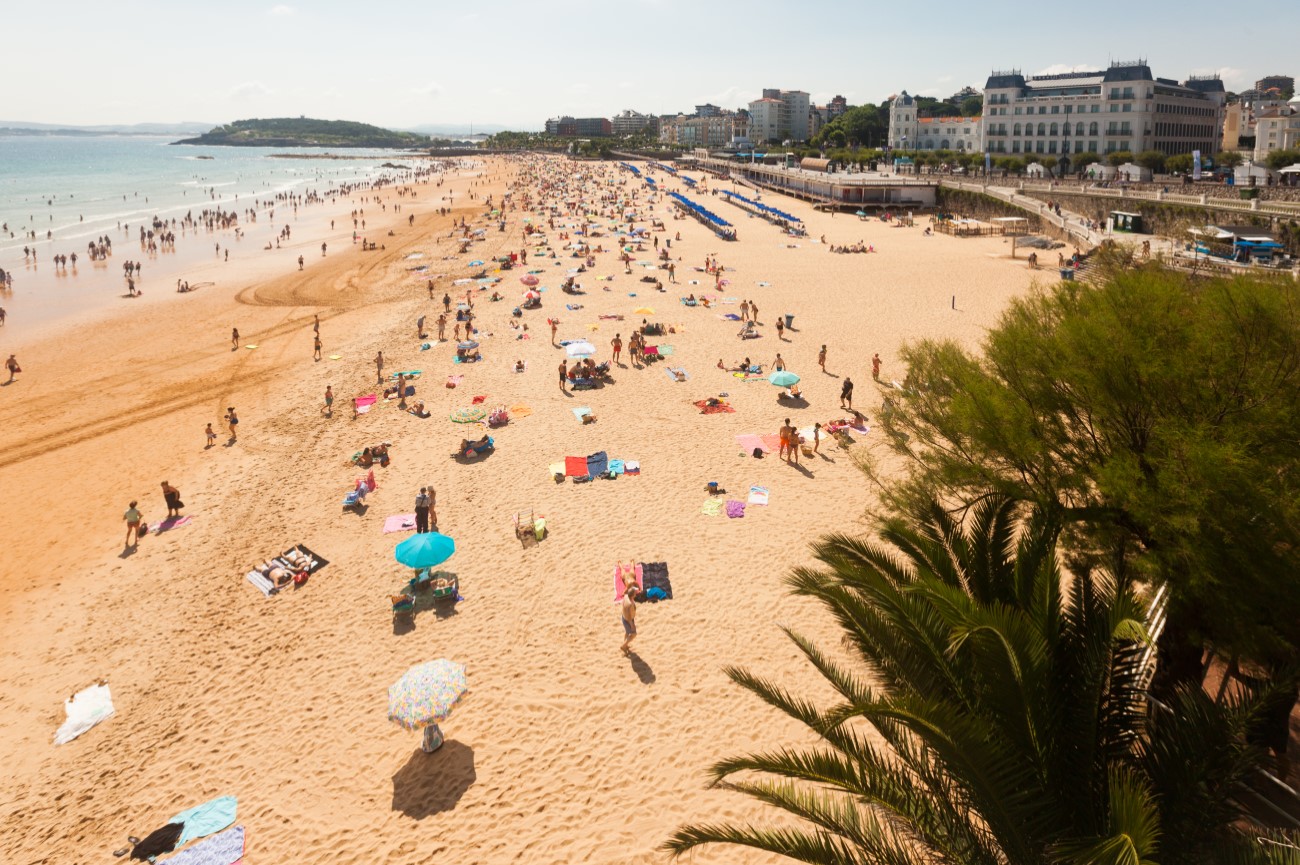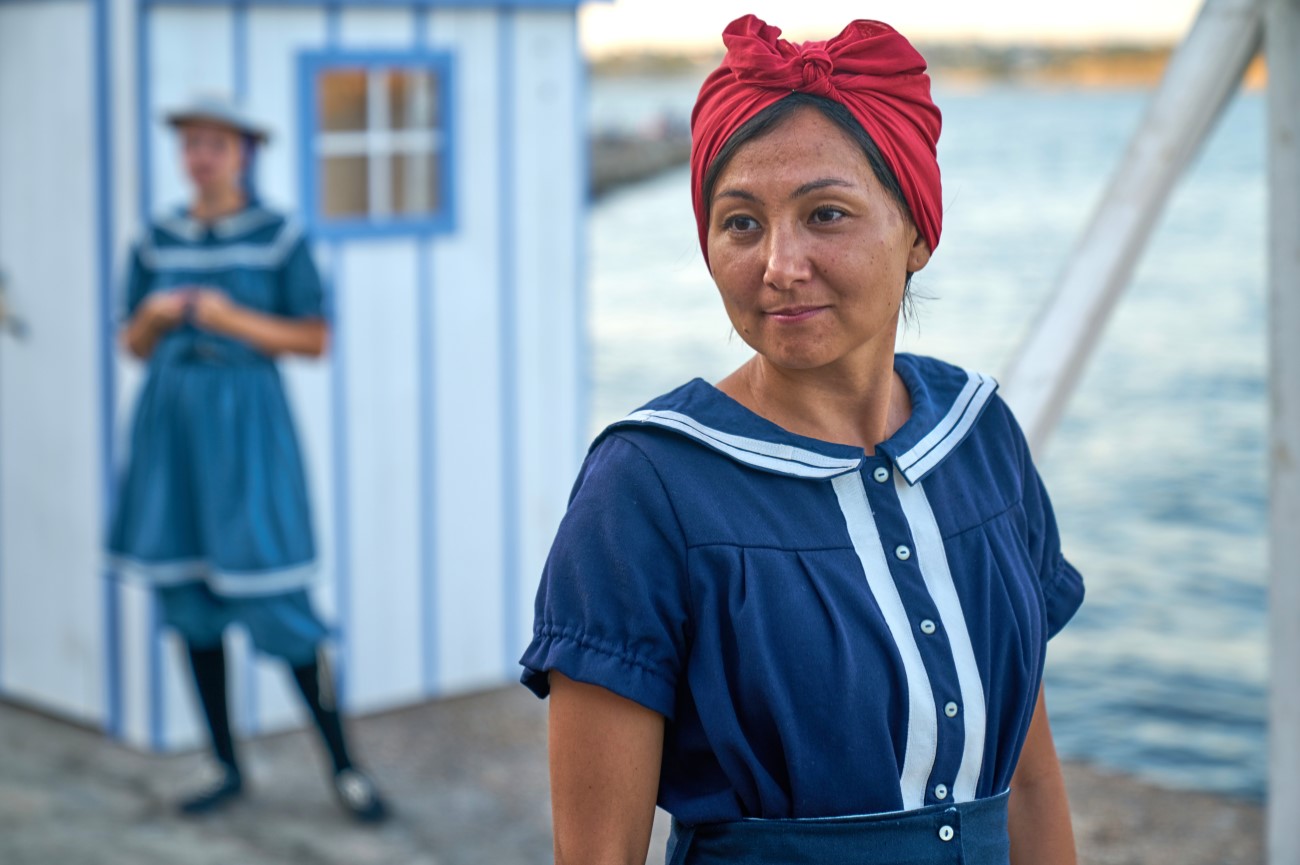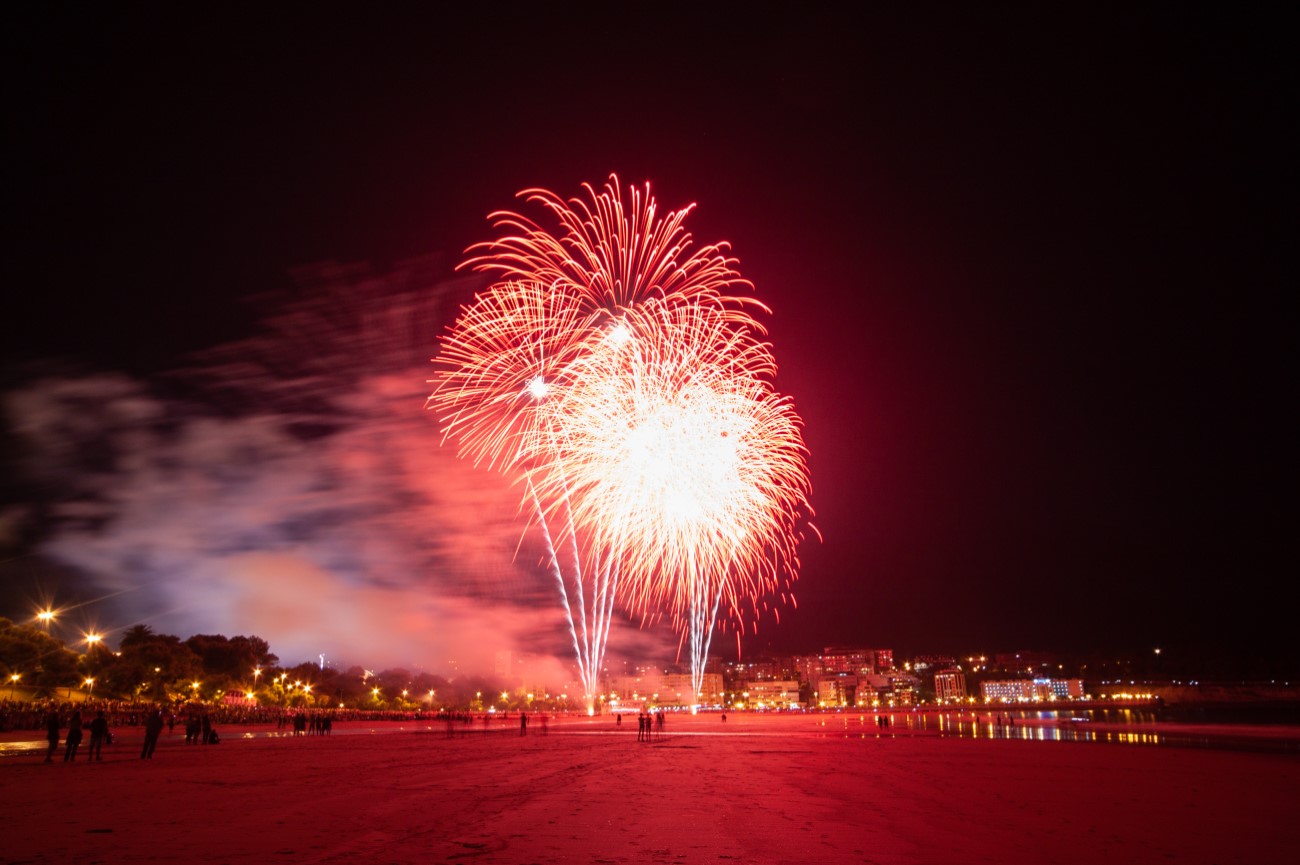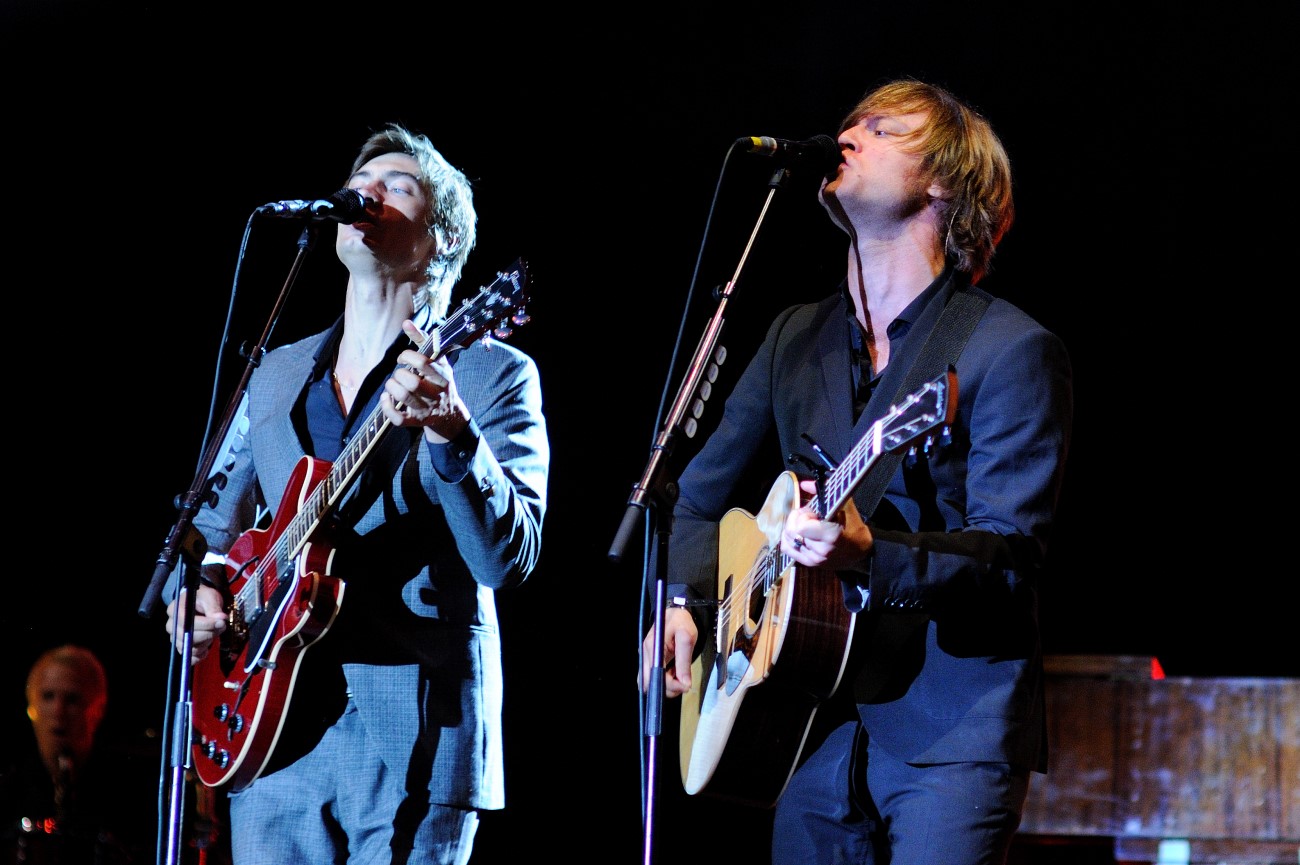Things to do in Santander, Spain
Facing the Cantabrian Sea, is Santander, the capital of Cantabria. This modern coastal city attracts many Spaniards in the summer, but it’s often missed by tourists. Amid the vast sandy beaches, are 19th-century buildings, art museums and lively food markets, where seafood takes centre stage.
El Sardinero is the city’s main beach, but there are more to be discovered on the outskirts, along with plenty of surfing spots.
You can explore Santander in one day and visit most of its attractions, including the cathedral, the Centro Botín and the Palacio de la Magdalena. Our itinerary below includes these sights and other things you shouldn’t miss during your visit, along with restaurant and hotel recommendations.
One Day in Santander

Morning: Santander Beaches
Playa Del Sardinero and Beyond
With a privileged location by the coast, Santander is renowned for its beaches. In the centre of the city, is Playa del Sardinero, the ideal place for a morning stroll. If the weather allows, stop here for a swim or book a surf lesson at the Escuela de Surf, which offers private and group classes. Lining the beach are a series of bars where you can grab a drink.
Continue walking south, and you’ll find the Playa Del Camello, famous for its camel-shaped rock.
There are more beaches worth exploring including the Playa de los Peligros, Playa de Mataleñas, Playa de la Magdalena and, further out, the Playa El Puntal and Playa de Somo.
Jardines de Piquío
Amidst the seaside promenade are the Jardines de Piquío, a green oasis stretching for 13,000m2. Take a walk under the tamarind trees and enjoy the views of the sea and the Magdalena peninsula. Nearby is the Gran Casino with its imposing white façade that lights up at night.
Magdalena Peninsula (Palacio de la Magdalena)
From the gardens, head over to the Magdalena Peninsula. Jutting out into the Bay of Biscay, this lush promontory is full of trees and meadows. There are many attractions here, including a mini zoo and a lighthouse, but the highlight is the Palacio de la Magdalena. Established between 1908 and 1912, this English-style palace was once the summer residence for the Spanish royals, King Alfonso XIII and Queen Victoria Eugenia. Today, visitors are welcome to explore its grounds. On the south of the peninsula are also two beaches worth visiting: Playa de los Bikinis and Playa de la Magdalena.
Paseo de Pereda
After wandering around the peninsula, follow the Avenida Reina Victoria
until you reach the gardens at Paseo de Pereda. Along the way, you’ll
stumble upon a series of attractions including the Museo Marítimo del
Cantábrico, the Gamazo Dock and the Palacio de Festivales. Look out for
Los Raqueros, a bronze sculpture of children jumping into the water.
Grab a seat along the promenade and enjoy the sea views, before continuing to Plaza Alfonso XIII to admire the historical buildings of the Bank of Spain and the Post Office.
Morning - Santander Tour Map
Afternoon: Mercado del Este
Take a short pintxo break at the Mercado del Este. Built in 1842, this local market features a series of shops and bars. Set between Plaza Pombo and Plaza Porticada, Mercado del Este gets its name from its location, east from the main city market, Mercado de la Esperanza (see below).
Museum of Prehistory and Archaeology of Cantabria
Next stop is the Museum of Prehistory and Archaeology of Cantabria. Step inside and you’ll discover historical items from the Palaeolithic to the Iron Age. Exhibits include interactive multimedia displays in English and Spanish. Look out for the bear skeletons and the giant stone discs. The museum also has a few Roman objects found in the nearby town of Castro Urdiales.
Plaza Porticada
This elegant neoclassical square was erected in 1950 after a fire devastated Santander in 1941. Its real name is Plaza Velarde, but most locals call it Plaza Porticada. At the entrance of the square is a statue of Pedro Velarde, an important figure of the Spanish War of Independence. In 2006, while remodelling the square, they discovered remains of the old medieval wall. You can find more about it at the Interpretation Center of the Wall.
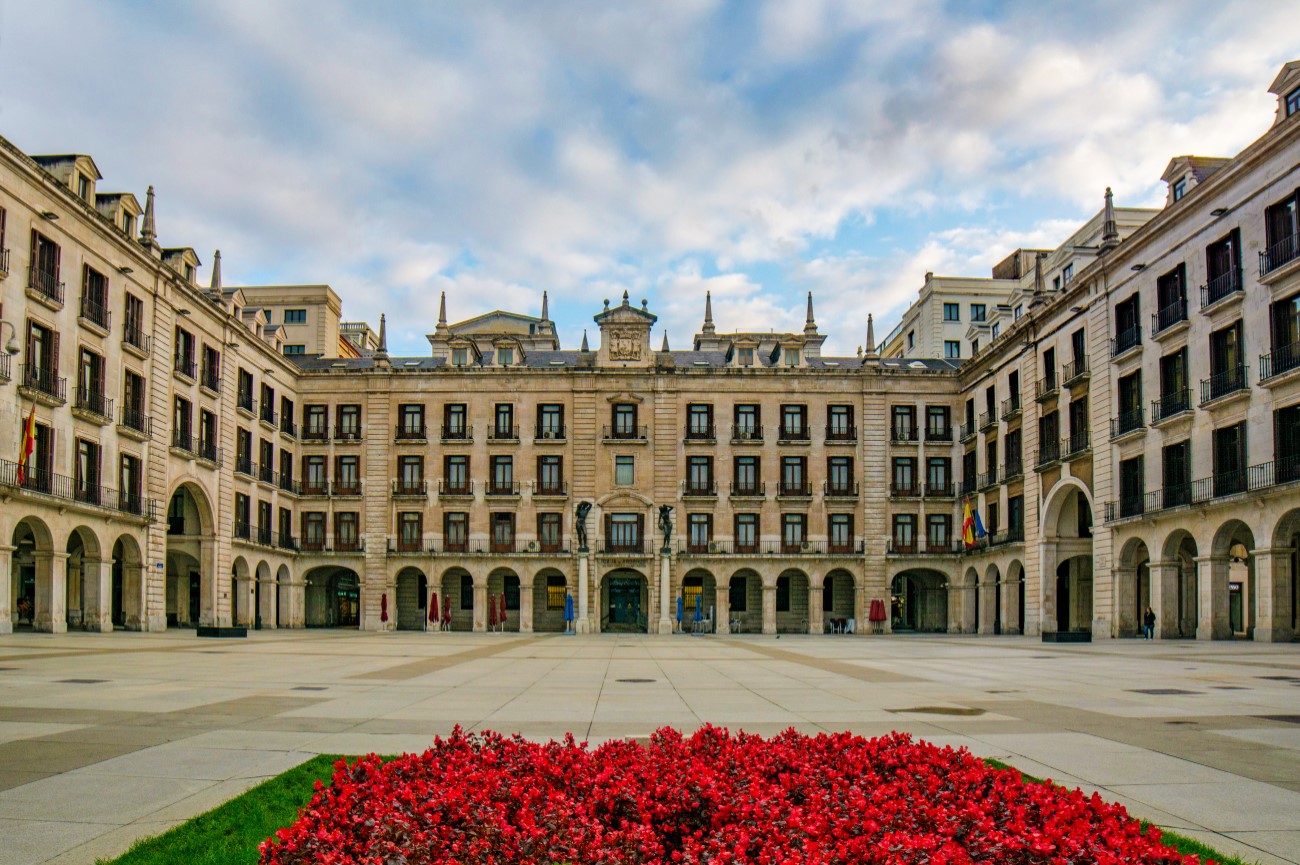 The Porticada square (Plaza Porticada) is officially called Plaza de Pedro Velarde, Santander, Spain
The Porticada square (Plaza Porticada) is officially called Plaza de Pedro Velarde, Santander, Spain
Centro Botín
Centro Botín is one of the city’s most recent landmarks. Set along the waterfront, this flashy cultural centre opened its doors in 2017. Italian architect Renzo Piano, who designed Centre Pompidou in Paris, created this futuristic building featuring 280,000 ceramic discs. It includes a gallery area for contemporary art, a cafe and a rooftop viewpoint. The permanent exhibit has a variety of works by international artists such as Joan Jonas, Carlos Garaicoa, Julie Mehretu, among others.
Santander Cathedral
Continue your tour of Santander with a visit to the city’s cathedral. The Catedral de la Asunción is made up of two Gothic churches, built on top of the other. The bottom part is the Iglesia del Santíssimo Cristo which dates from the 13th century. Here you can see two silver heads with the skulls of Santander’s patron saints. The upper church is originally from the 14th century but was rebuilt after the 1941 fire. Here is the tomb of Marcelino Menéndez Pelayo, a local writer and historian.
Santander Town Hall
Close to the cathedral in the Plaza del Ayuntamiento is the Santander town hall. Established in 1907, it occupies the site of a former Franciscan convent. The building was expanded in the 60s gaining the structure that you see today. Until 2008, there was a statue of the dictator Francisco Franco on the square. These days, the square is a popular meeting point and hosts many of the city’s events.
Mercado de la Esperanza
Behind the town hall is the Mercado de la Esperanza, the city’s bustling food market. Open since 1904, it has around 80 stalls selling seafood, meat, cheese, and delicious baked goods. This is the best place to learn more about Cantabrian cuisine and sample local treats such as the orujo firewater from Liébana. The building itself also stands out with its mix of materials, combining stone, iron and glass.
Mirador Río de la Pila
As the sun begins to set, head over to Calle Río de la Pila and hop on the funicular-style elevator. The journey is free and takes about three minutes. At the top, there’s a small lookout point where you can enjoy incredible views of Santander and the bay down below.
Plaza de Cañadío
End the night at Plaza de Cañadío, the city’s culinary hotspot and a popular meeting point for locals. The square and the surrounding streets are packed with bars and clubs that are open until late. Hop between pintxo bars and try local seafood dishes, paired with a glass of wine or beer. Start at Cañadío and then continue to El Sol for patatas bravas and croquetes at Bodega Fuente De. Oyster fans should also pay a visit to La Mar.
Afternoon - Santander Tour Map
Other Things to Do In Santander:
- Churches: Beyond the Catedral de la Asunción, Santander has many churches that deserve a visit, including the Parroquia Santísimo Cristo, the Iglesia Parroquial de Santa Lucía and the Parroquia San Francisco de Asís.
- Museo de Arte Moderno y Contemporáneo: Established in 1909, this modern-art museum houses paintings and sculptures from the 15th to the 20th centuries. There are works by Spanish artists, as well as Italian and Flemish. Highlights include the portrait of King Fernando VII painted by Francisco de Goya around 1814.
- Casa-Museo de Menéndez Pelayo: The former home of local scholar Marcelino Menéndez Pelayo is now open to visitors. You can see his office, the kitchen and the bedroom where he died. Attached to the house is a library with books donated by Pelayo.
- Faro de Cabo Mayor: Head north of Santander and you’ll reach the Faro de Cabo Mayor. Standing at 91 metres above sea level, this lighthouse was completed in 1839. Visitors can climb to the top for panoramic views of the bay. Nearby is the Parque de Mataleñas, with its tree-lined promenade.
Day Trips From Santander
- Prehistoric Caves: On the outskirts of Santander you’ll find many prehistoric caves with paintings from our ancestors. The closest ones to the city are the Cave of El Castillo and the Cave of Altamira.
- Castro Urdiales: Close to the Basque border is Castro Urdiales. This lively seaside town is famous for its picturesque harbour and medieval streets. The main landmarks are the Santa Ana Castle and the Gothic Church of Santa María de la Asunción.
- Santillana del Mar:
Despite its name, Santillana is not located by the sea but it’s not far
from it either. Geography aside, this Cantabrian town is renowned for
its medieval towers and Renaissance palaces.
Other attractions include the Romanesque Santa Juliana Collegiate Church and the Cave of Altamira.
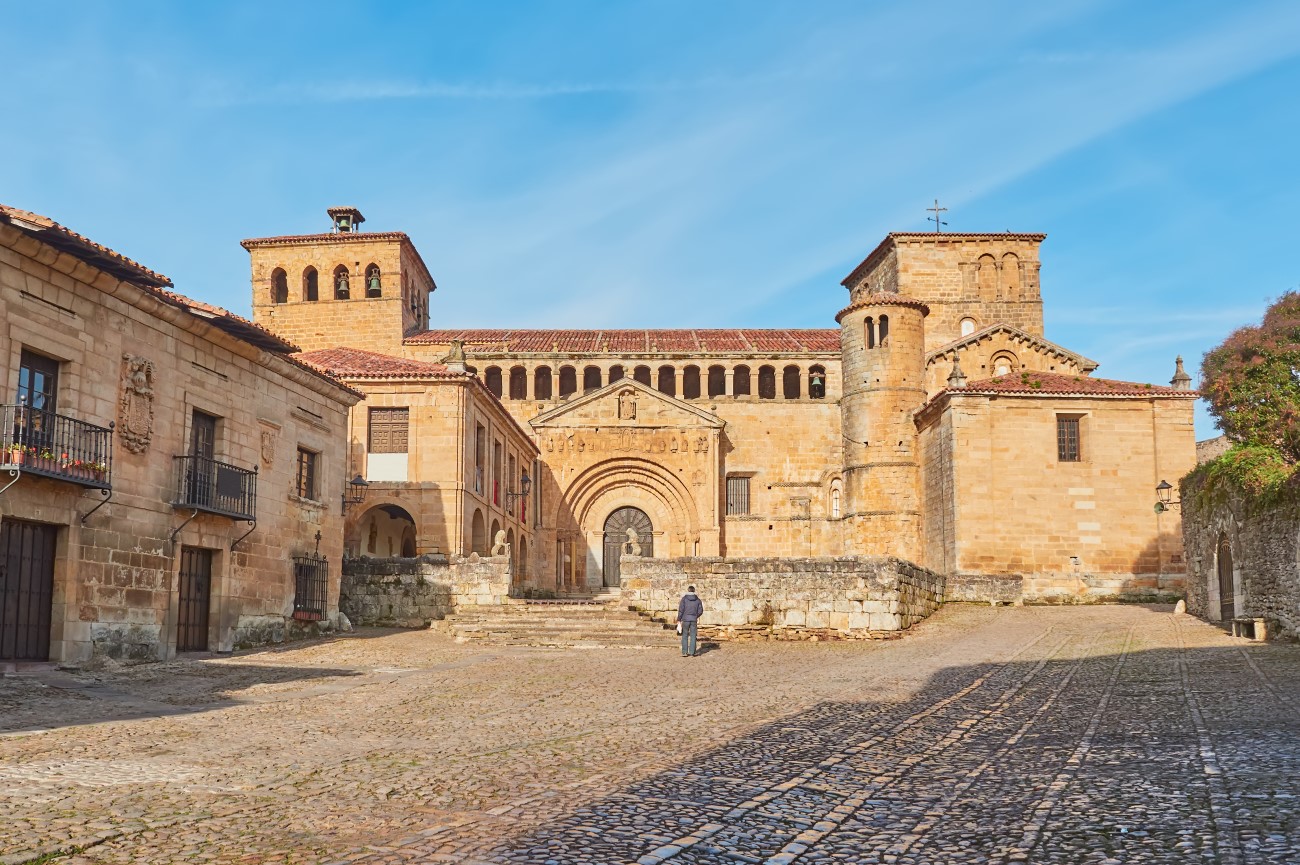 The church of Santa Juliana - the UNESCO World Heritage Site in Santillana del Mar, Cantabria, Spain
The church of Santa Juliana - the UNESCO World Heritage Site in Santillana del Mar, Cantabria, Spain- Comillas: About 16km away from Santillana, you’ll find Comillas. This charming town is home to some of the most beautiful buildings in Cantabria. Among them is the Comillas University El Capricho, a colourful 19th-century villa designed by Gaudí and the Neo-Gothic Sobrellano Palace. Beyond this, Comillas also offers a beach and a small fishing port.
- Costa
Cantabria: Santander is the perfect base to explore the Costa Cantabria.
Along this coastal stretch, you’ll find many beach towns worth visiting
including Noja, Laredo and Santoña.

Enjoy sweets and hearty stews in Noja, relax by the beach in Laredo and then go for a hike along the Ruta del Monte Buciero (hiking circuit with forests, sea views and an abandoned lighthouse, that you can be reached by cliffside steps) in Santoña.
- Bilbao: Cross over to the Basque region and have a day trip in Bilbao. This lively city is only one hour away by train from Santander. You can capture the iconic Guggenheim and visit other sights like the Cathedral or Mount Artxanda.
- Santa Justa Beach: This small beach is located in the village of Ubiarco, hence why it’s also known as the Playa de Ubiarco. Attached to the cliffs hides a small hermitage overlooking the ocean. You can walk along the rocks to see it up close.
- Urros de Liencres: Near the coast of Liencres, at Playa de la Arnia, are these striking islets known as urros. Through the years, sea erosion has created this chain of rocks forming picturesque water channels around them.
- Suances: This coastal town has a privileged location between the Cantabrian sea and the river Saja. Initially used as a port for the Romans, it’s now a popular beach destination. Los Locos attracts the surfing crowd, while sunbathers gather around the beach of La Concha, La Tablía and Tagle, which is the perfect sunset spot.
- San Vicente de la Barquera: Sitting on the edge of the Cantabria and Asturias region is the charming village of San Vicente de la Barquera. Visitors are drawn to its dramatic scenery, framed by the sea and the snow-covered hills of Picos de Europa. Beyond the beaches, San Vicente is home to many historical monuments such as the church of Santa María de los Ángeles, the castle and the Maza bridge. While you’re here, make sure to try the sorropotún, a hearty stew made with tuna and potatoes.
- Oyambre Natural Park: Stretching for 57 square kilometres, this natural reserve features a remarkable landscape, combining dunes, rivers and salt marshes. Don’t miss the Monte Corona, a vast woodland set along the coast and the wild sandy stretches of the Oyambre beach and the Meron beach. The diverse ecosystem also attracts a variety of birds that nest between the cliffs.
- Mirador Tina Minor: To the west of San Vicente de la Barquera is the small municipality of Val de San Vicente. It’s worth stopping around here to visit the Mirador Tina Minor, an incredible viewpoint overlooking the crystal clear waters of the Cantabrian sea.
- Picos de Europa: About two hours away from Santander is Picos de Europa. This large mountain range stretches from Cantabria to the region of Castilla y León. It’s worth touring the small hilltop villages around here, such as Potes and Mogrovejo and hopping on the Fuente Dé cable car for panoramic mountain views. If you decide to head here, make sure to read our Picos da Europa guide and discover all the sites you can’t miss.
How to Get to Santander
There are several ways to get to Santander. Depending on where you’re flying from, you might have to change in Madrid. If you’re coming from the UK there are direct ferries to Santander. The journey takes about 24 hours with departures from Plymouth and Portsmouth.
Top Things to Do With Kids in Santander
Santander is the perfect family destination. Kids will love playing by the sea on one of the city’s beaches. There are also many parks with playgrounds such as the Parque Atlántico de Las Llamas, the Jardines de Pereda with its carousel or the one at the Magdalena Peninsula.
There’s even a tourist train here that takes you around the headland for a small fee.
The city is not too big, making it easy to explore on foot. It’s worth visiting the Museo Maritimo del Cantabrico, where kids can marvel at whale skeletons and the aquarium.
Further out there are more attractions including the Tirolinas Go with its fun zip lines and the Cabarceno Natural Park, a large nature reserve home to more than a hundred animal species.
Where to Eat in Santander
Being close to the sea, Santander is the ideal place to try seafood. Goose barnacles, clams, anchovies and squid are a few things you’ll find on the Cantabrian coast. Traditional meals include the sorropotún, a tuna casserole and hake in green sauce. There are also meat dishes such as the cocido montañes, a hearty stew made with pork, beans and black pudding. For desserts, the quesada pasiega (traditional cheesecake) is the local favourite. Below are some of the best places to eat in Santander where you can sample some of these dishes and more:
- Cadelo: This small restaurant serves a delicious mix of Spanish and Asian dishes. Highlights include the steak tartar and the crispy octopus, but you can order several dishes to share. For dessert, try the house cheesecake.
- El Serbal: You’ll find this Michelin-starred restaurant in the district of Puertochico. El Serbal serves traditional dishes with a modern twist. You can order à la carte or choose one of the tasting menus.
- Cañadío: If you’re heading to Plaza Cañadío, this lively tapas bar should be your first stop. Cañadío serves a variety of pintxos, as well as excellent seafood dishes, all based on Cantabrian cuisine but with a contemporary touch.
- Bodega del Riojano: Exposed beams and wine barrels decorate the walls of this traditional bar at Calle Río de Pila. Specialities include the stuffed peppers and the snails “a la riojana” style. There’s also a good selection of meat dishes.
- La Ventana: Organic ingredients take centre stage in this contemporary-style restaurant. From the meat to the fish, everything here is cooked in a wood-fired oven. They’re also famous for their breakfast buffet and brunches.
- Food Markets: If you want to try local cuisine straight from the source, head to one of the city’s food markets. You can explore the small Mercado del Este or for more variety visit the main market, Mercado de la Esperanza, where you’ll find plenty of food stalls alongside the fresh produce.
Where to Stay In Santander
- Eurostars Hotel Real (5 stars): Standing on a hill, this five-star hotel overlooks the city and the Playa de los Peligros. The rooms feature marble bathrooms and wooden furnishings, and some offer sea views. Guests also have access to a gym, a restaurant and a spa with a sauna and a pool.
- Bahia Hotel (4 stars): This four-star hotel sits right between the Santander Cathedral and the Centro Botín, making it an ideal base to explore the city. Most rooms have large windows facing the cathedral or the sea. There’s also a restaurant on-site serving traditional Cantabrian cuisine.
- Le Petit Boutique Hotel (1 star): A few steps away from El Sardinero Beach, you'll find this charming boutique hotel. It only has seven rooms, so you can enjoy the quiet atmosphere, while still staying close to the city. Breakfast is included in the stay.
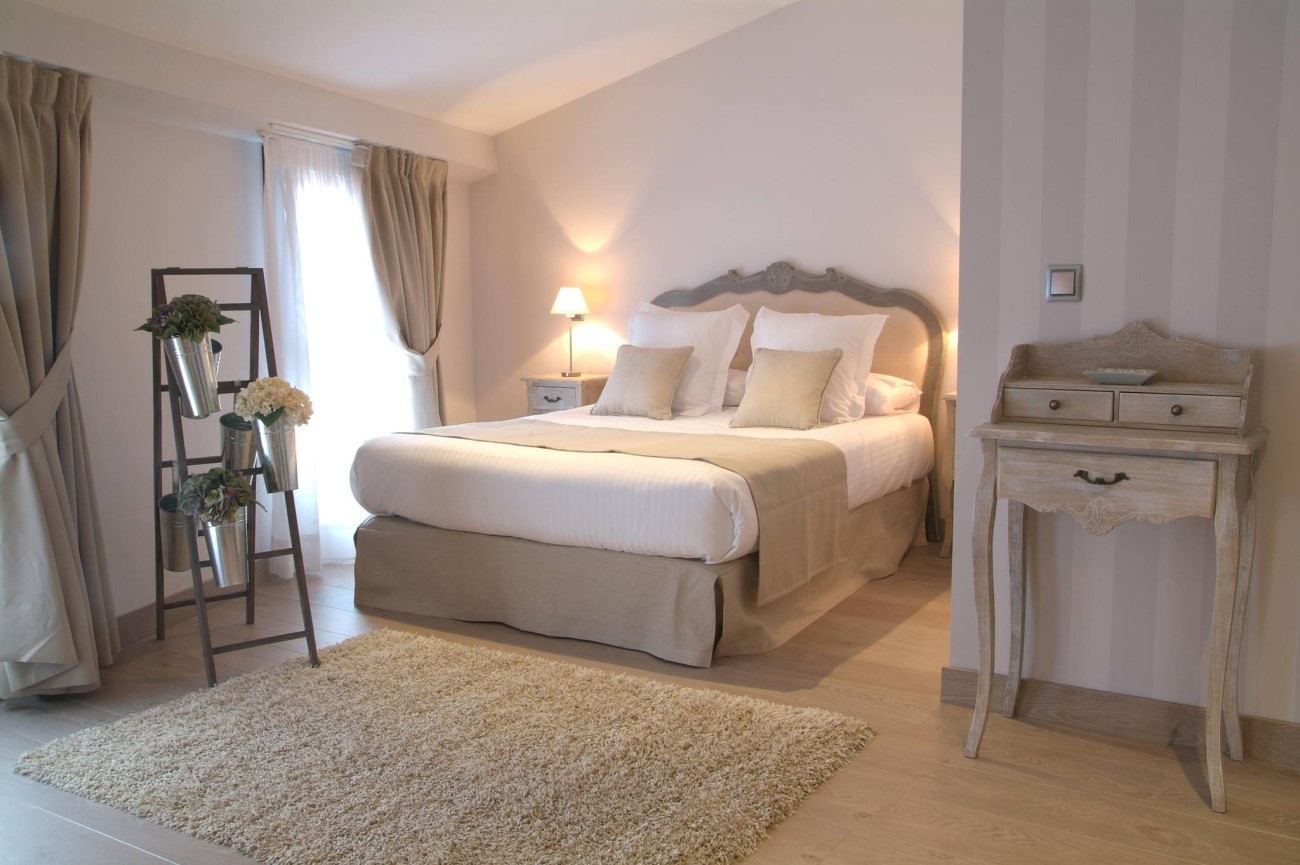
Best Time to Visit Santander
The best time to visit Santander is between June and September. During these months, the average temperature is around 25 degrees, making it ideal for a beach holiday. It's also a great opportunity to catch one of the city's annual festivals held in July and August, with plenty of music and after-dark entertainment. If you prefer a calmer season, visit in autumn or winter when the accommodation prices are lower and there are fewer tourists around. If you go to the mountains around Liébana in December you might catch some snow.
Santander Festivals
- Baños de Ola: Every year in early July, locals gather at Playa del Sardinero in Santander to celebrate and recreate the arrival of the first sea-bathing tourists in the 19th century.
- Semana Grande: Also in July, Santander hosts the Semana Grande, the city’s biggest festival. The party starts around the 25th of July and stretches for a whole week. Celebrations take over the Plaza del Ayuntamiento and include parades, concerts and fireworks.
- Festival Internacional de Santander: August is synonymous with the Festival Internacional de Santander, one of the oldest music festivals in Spain. For a whole month, the city hosts a variety of events including operas, chamber music concerts and ballet performances.


